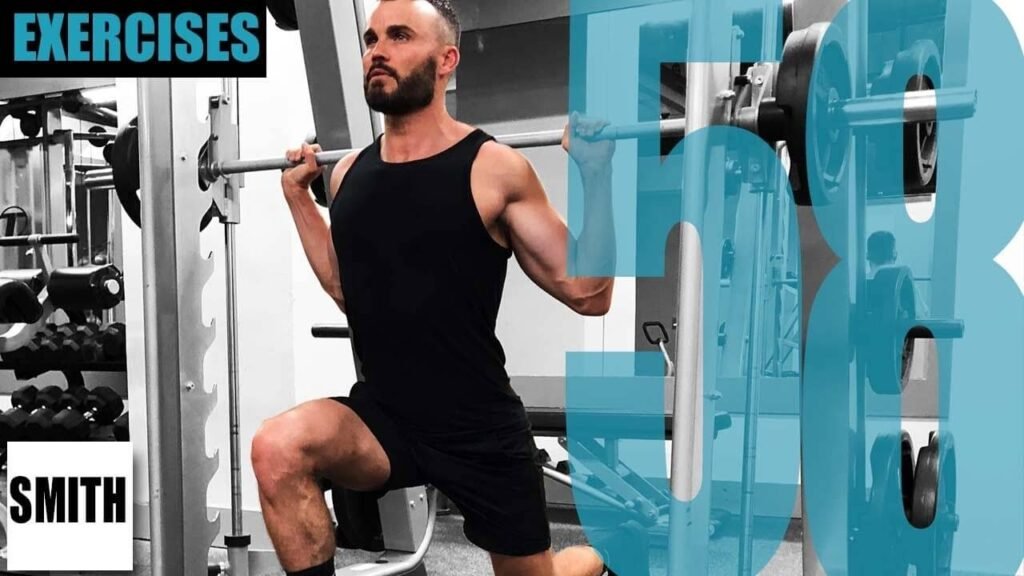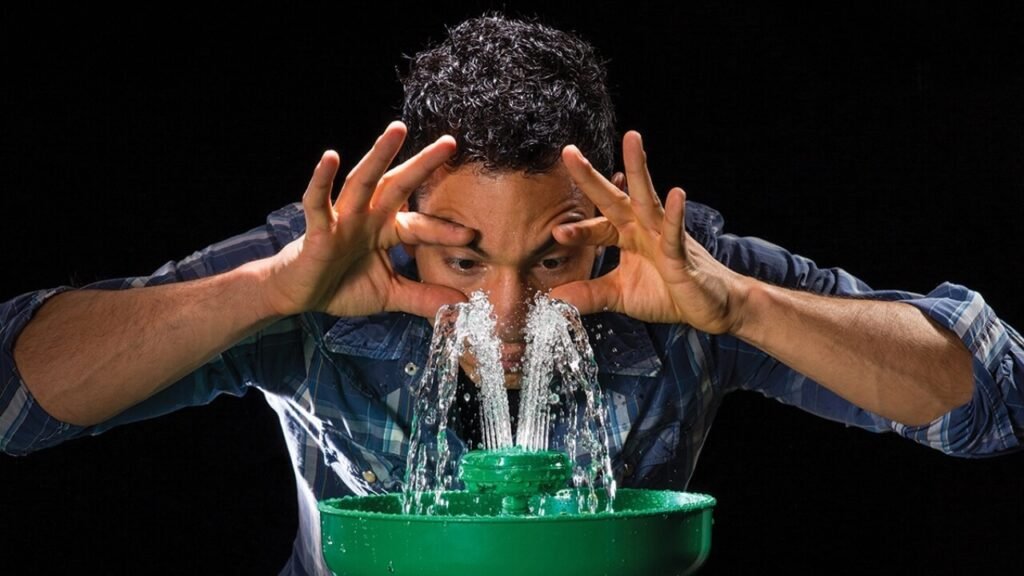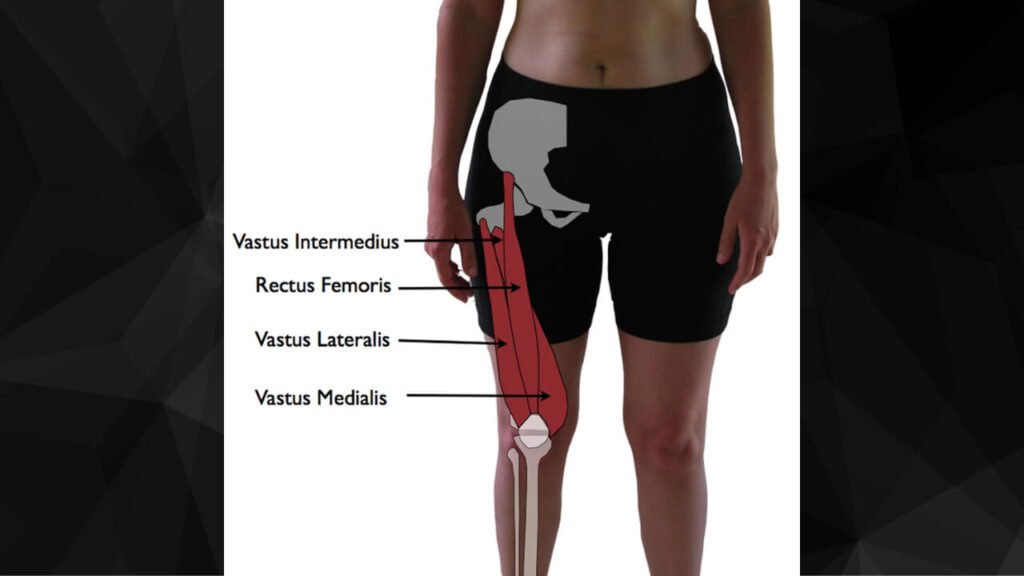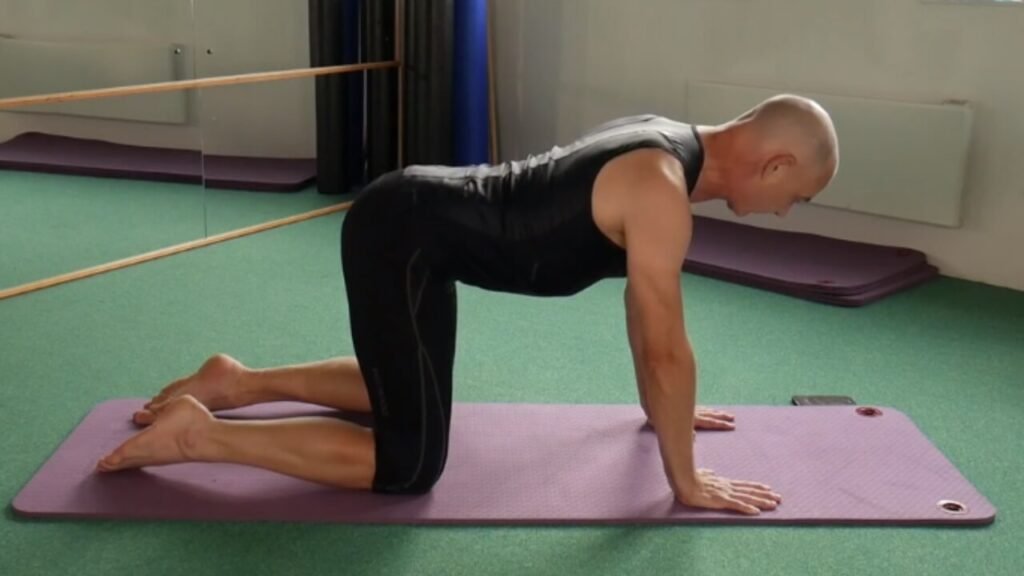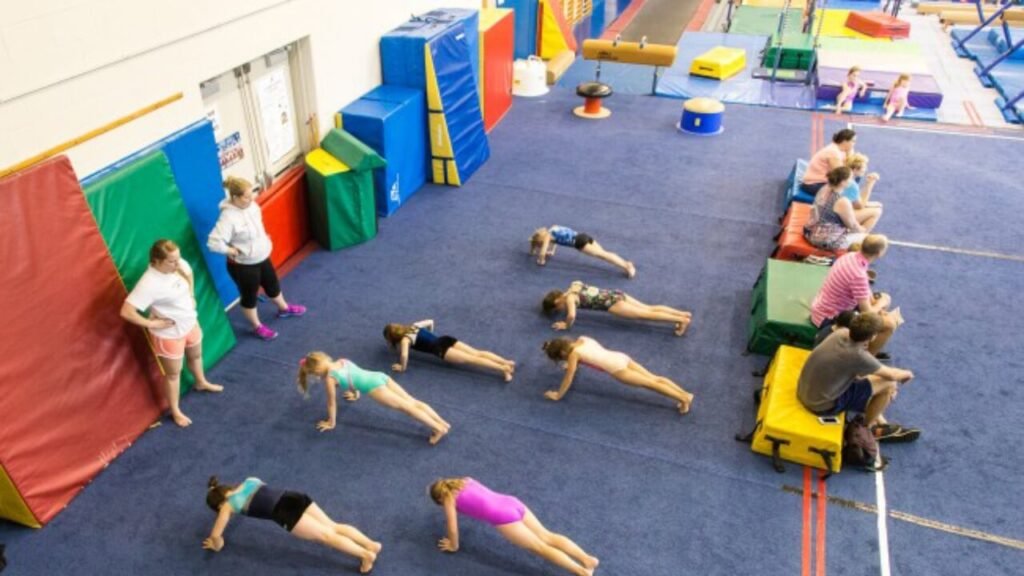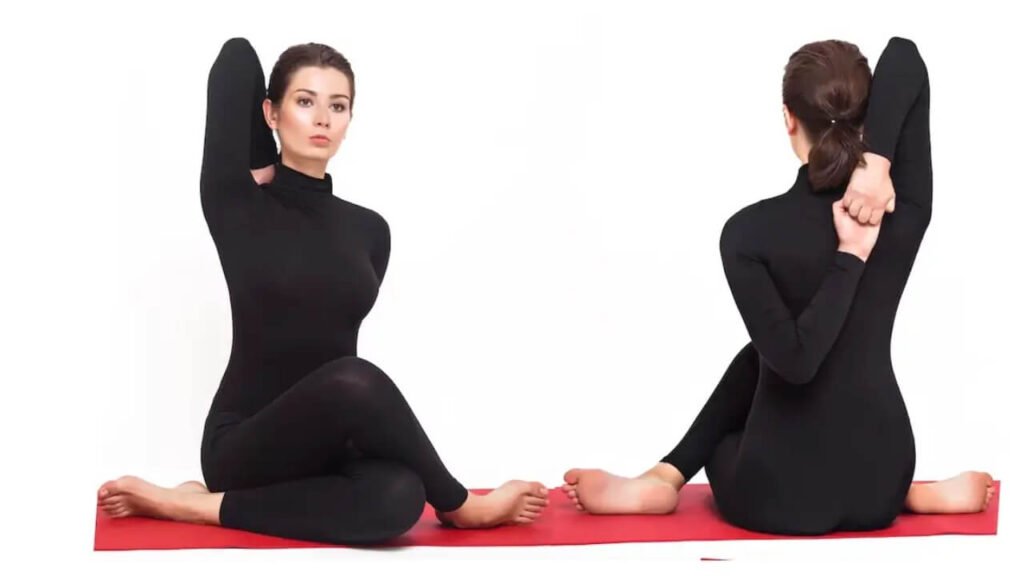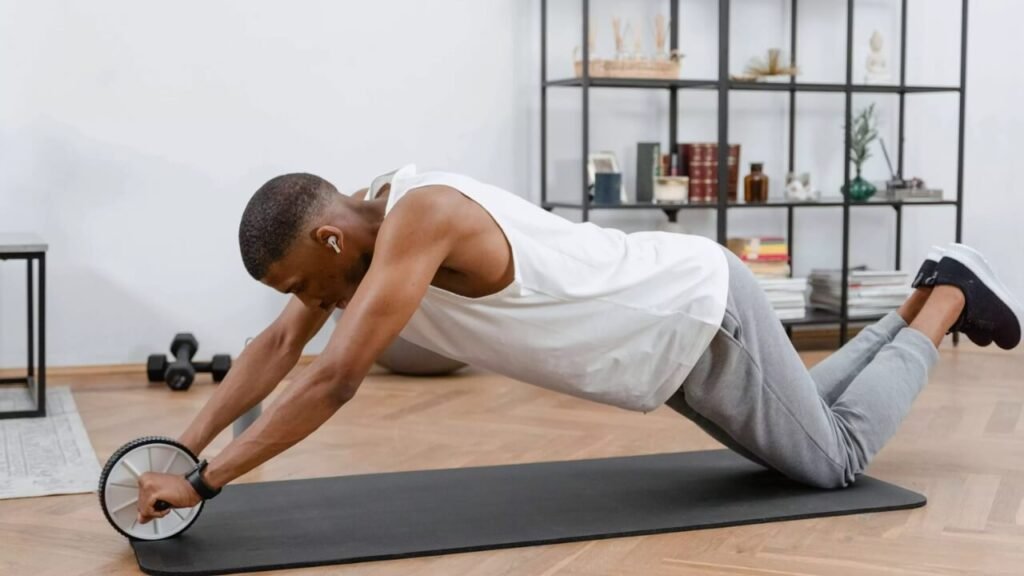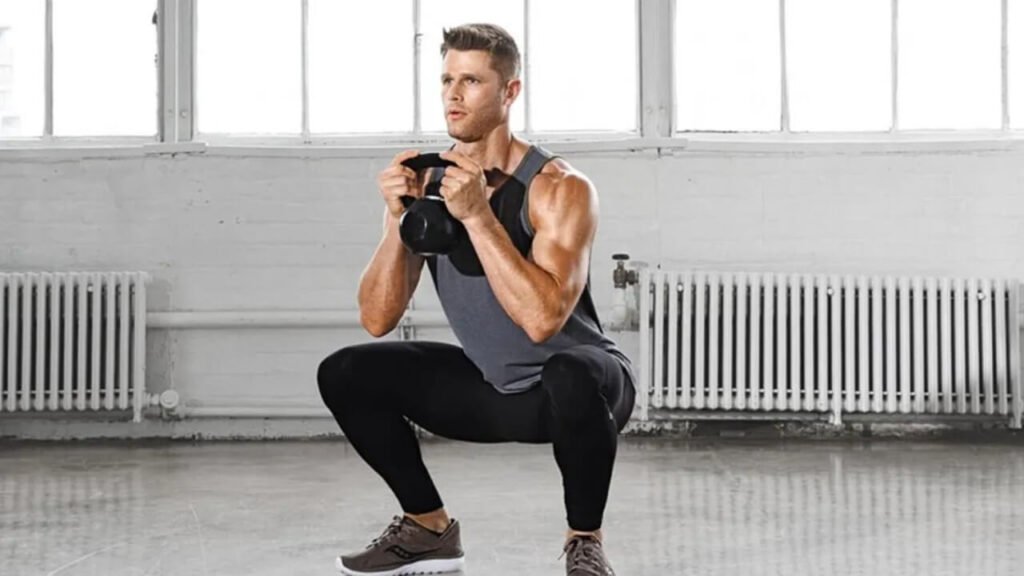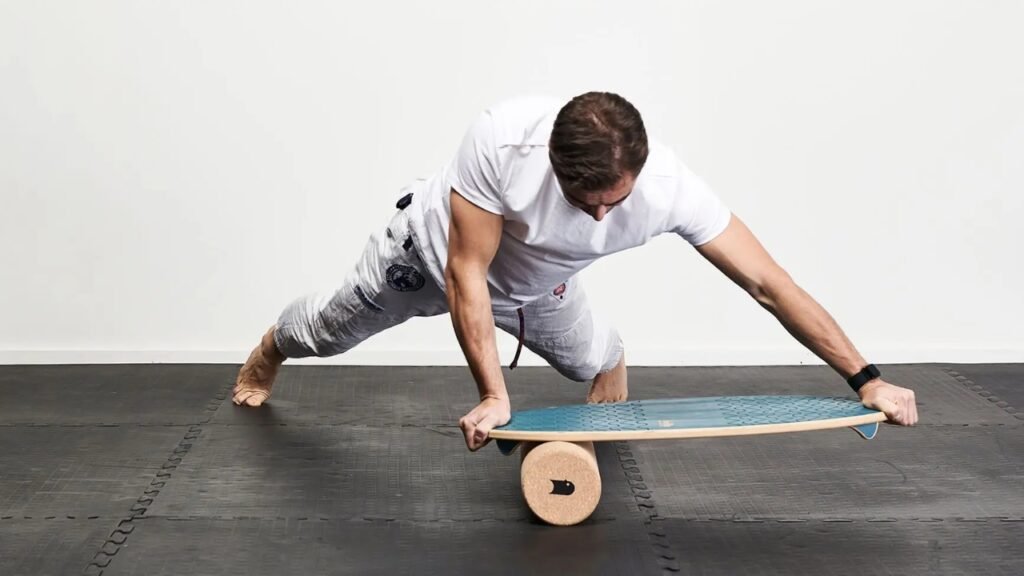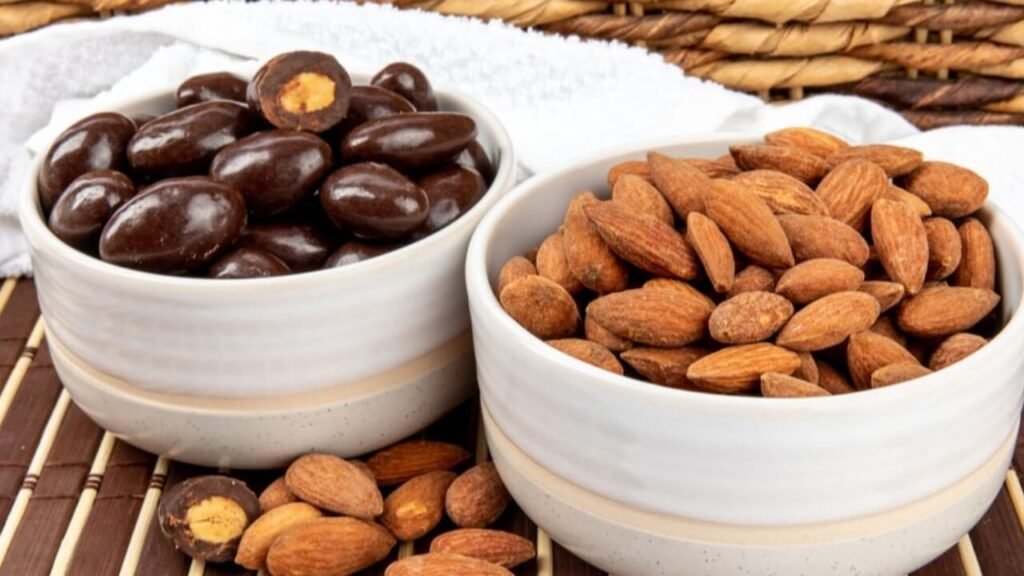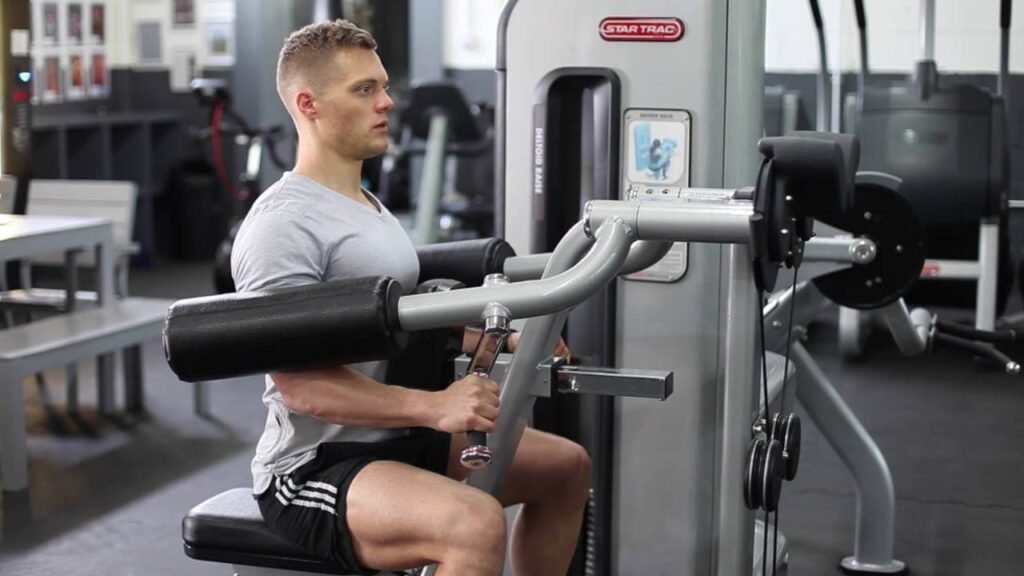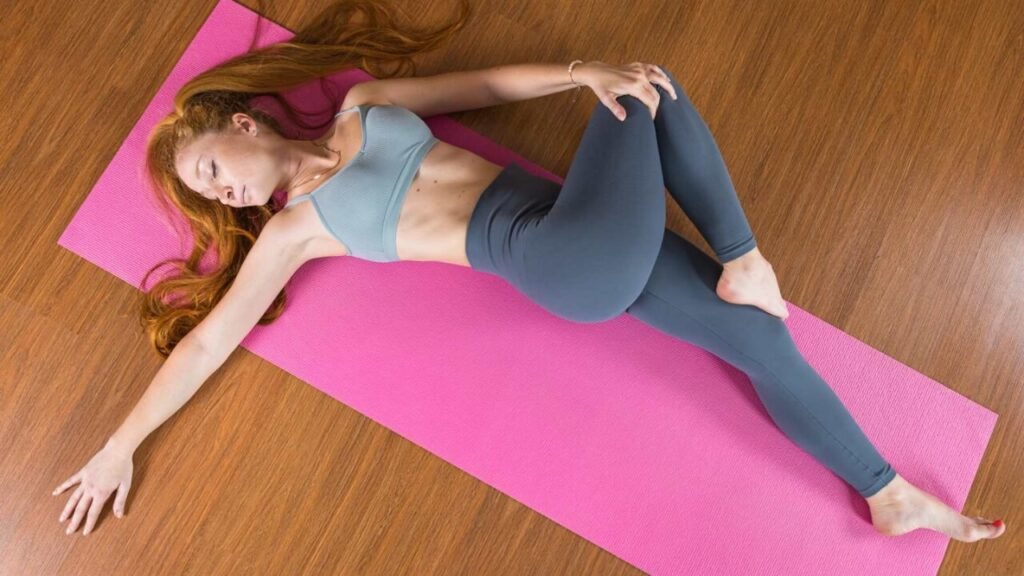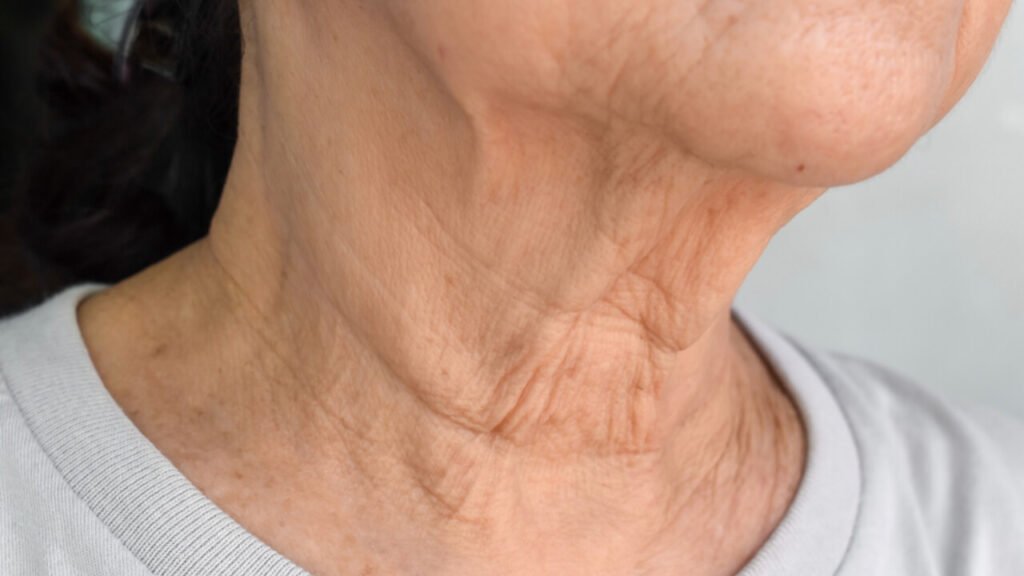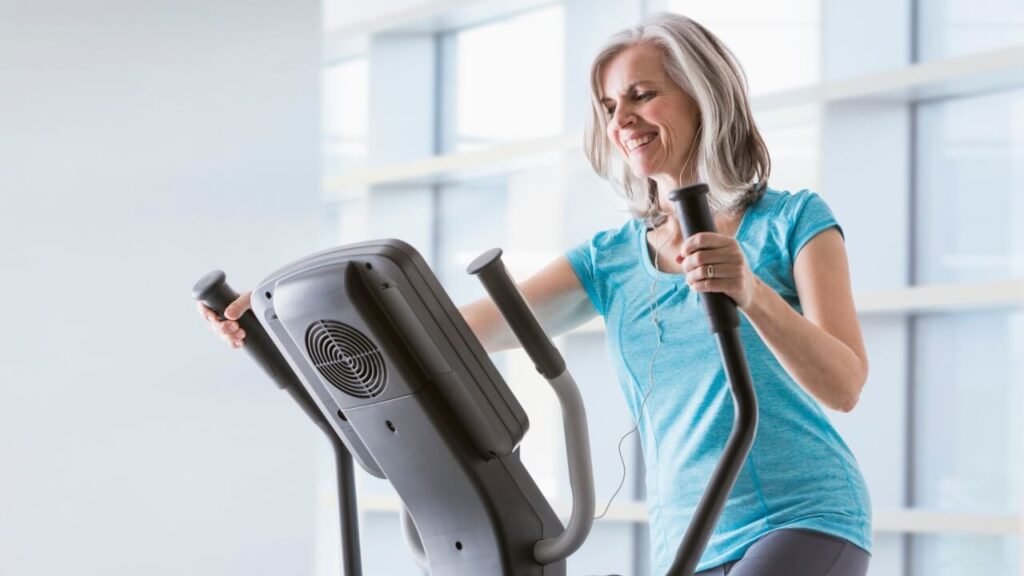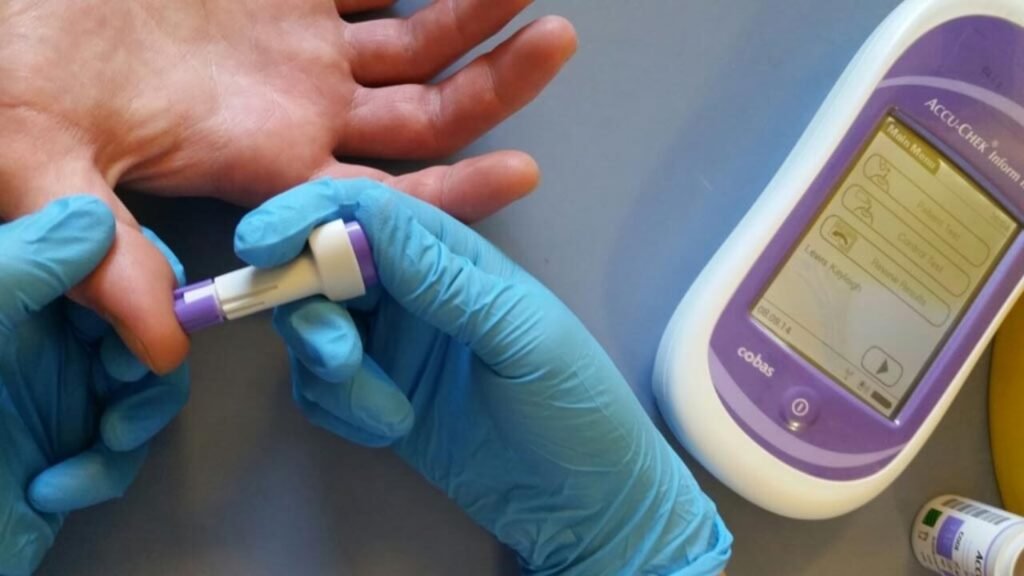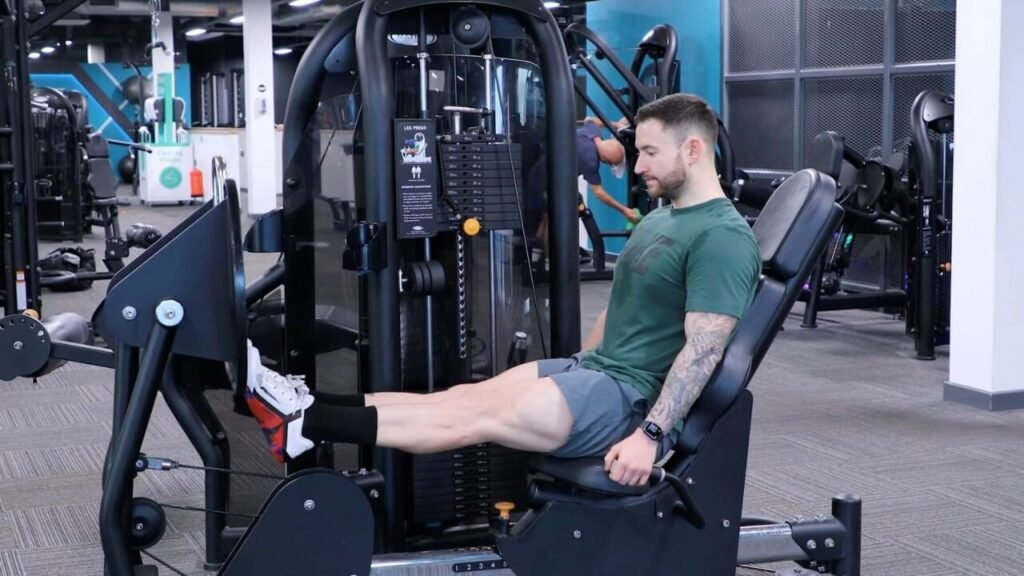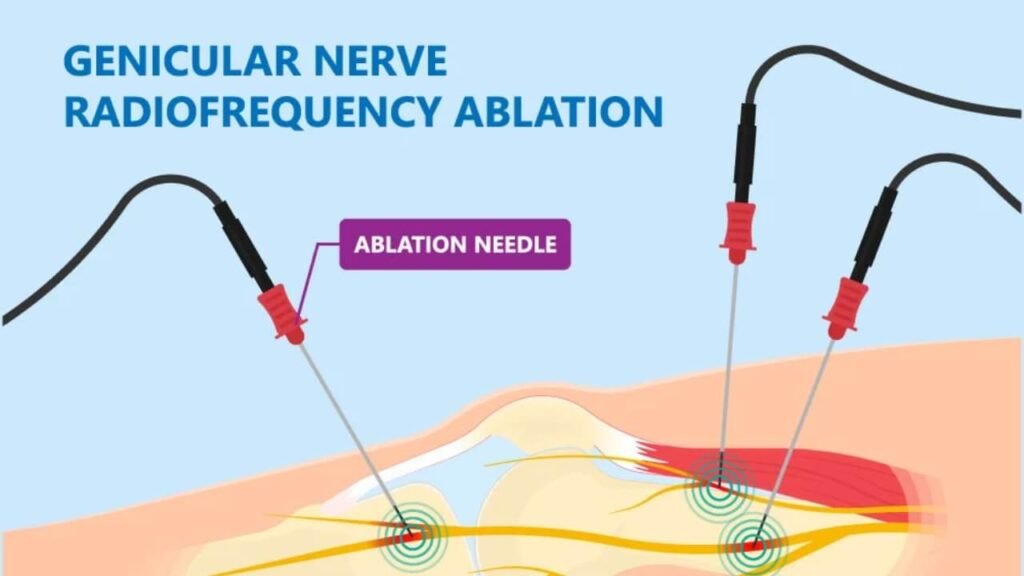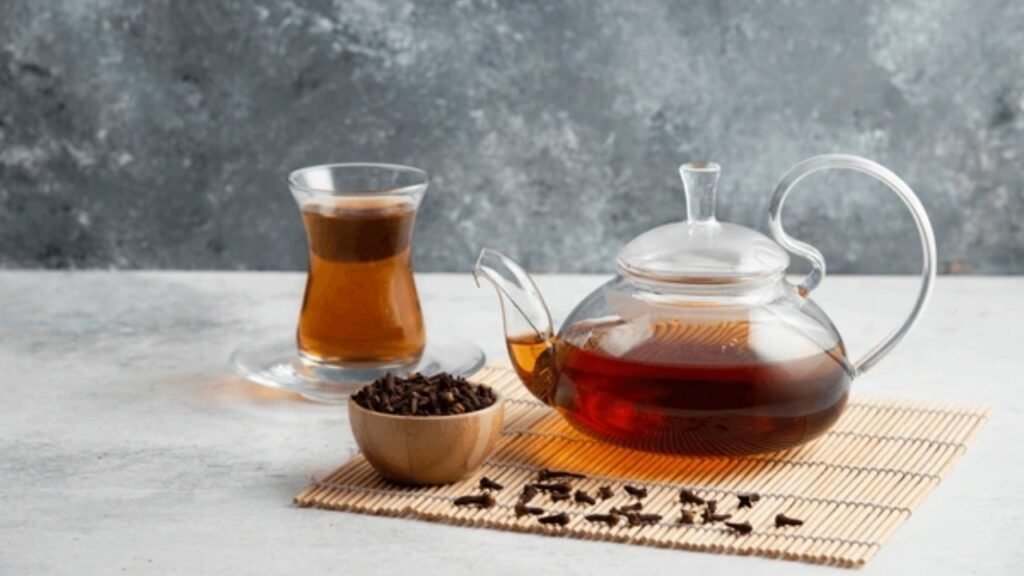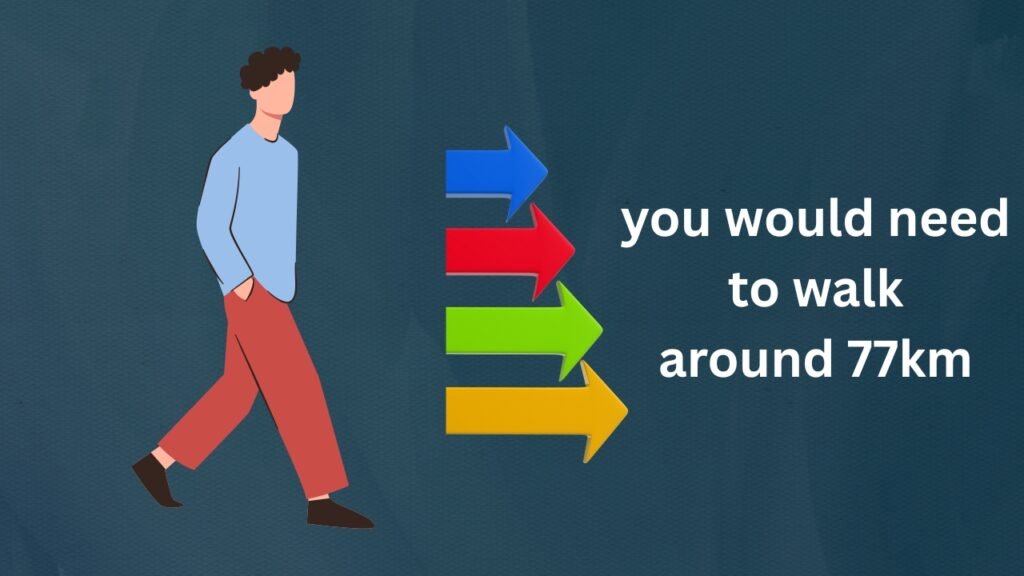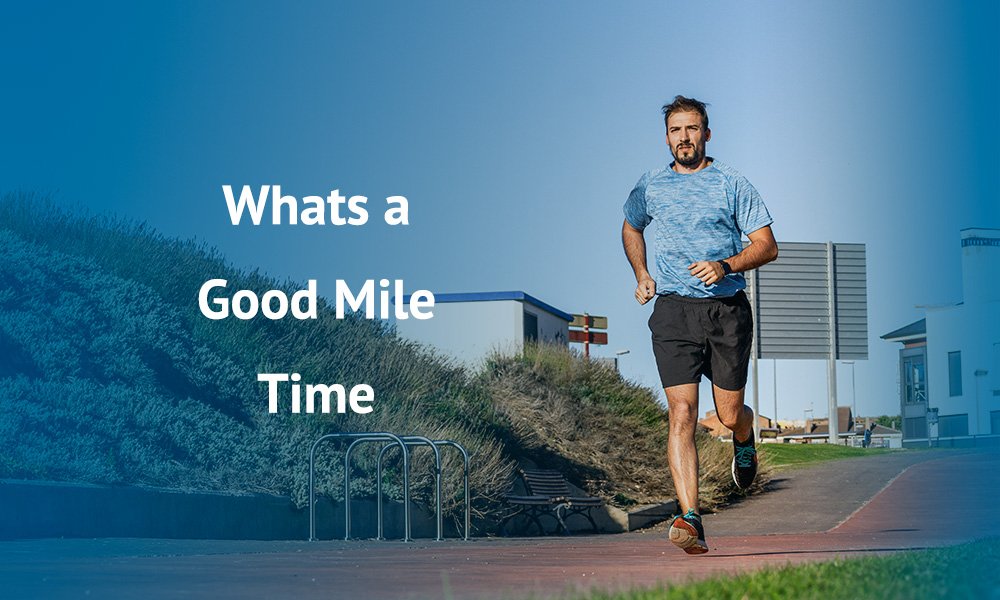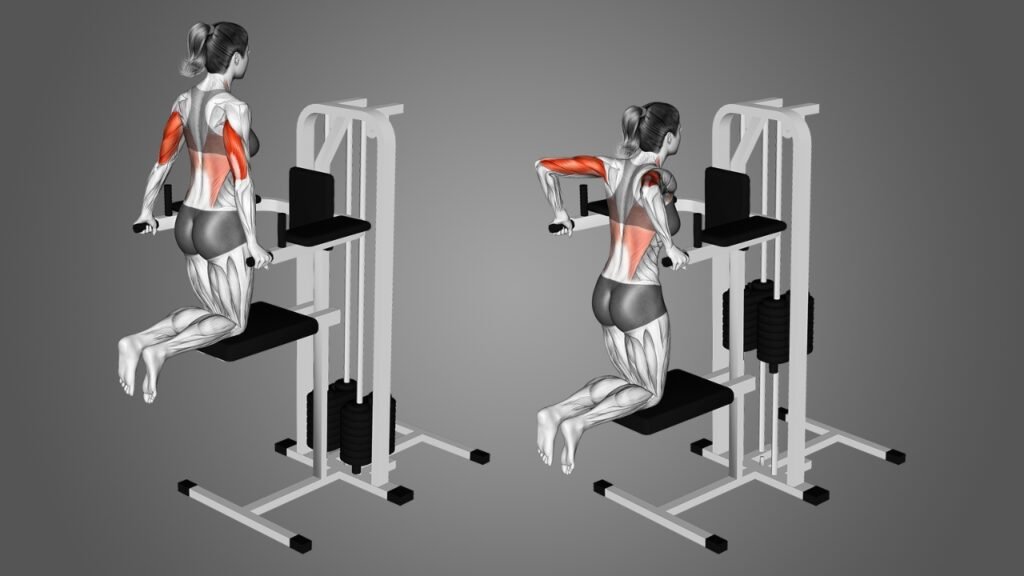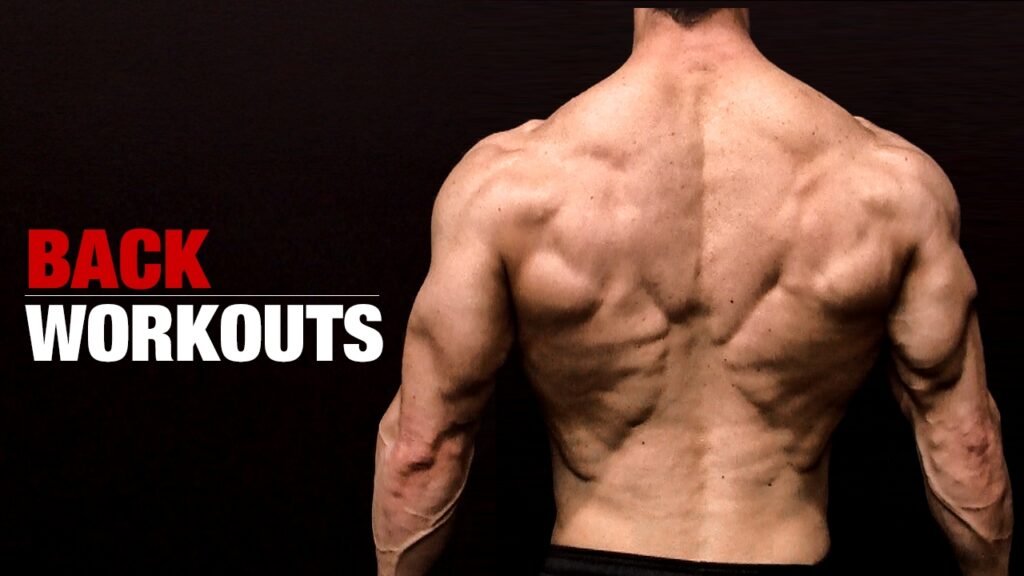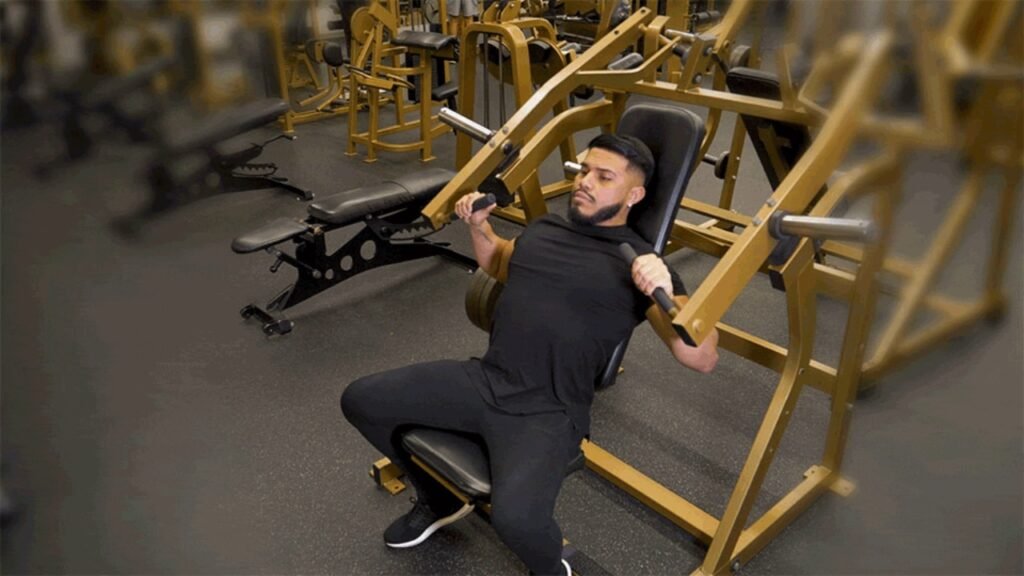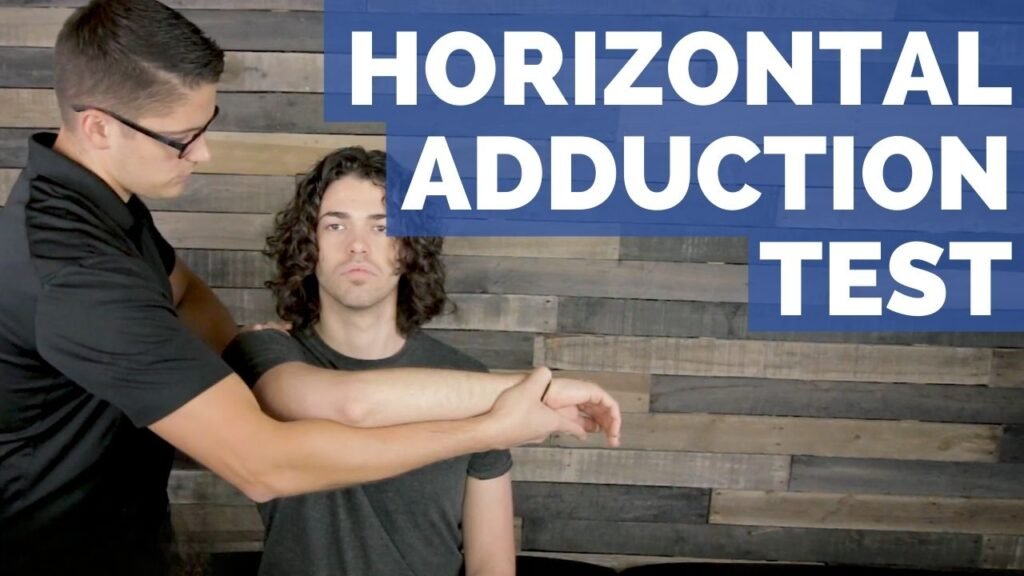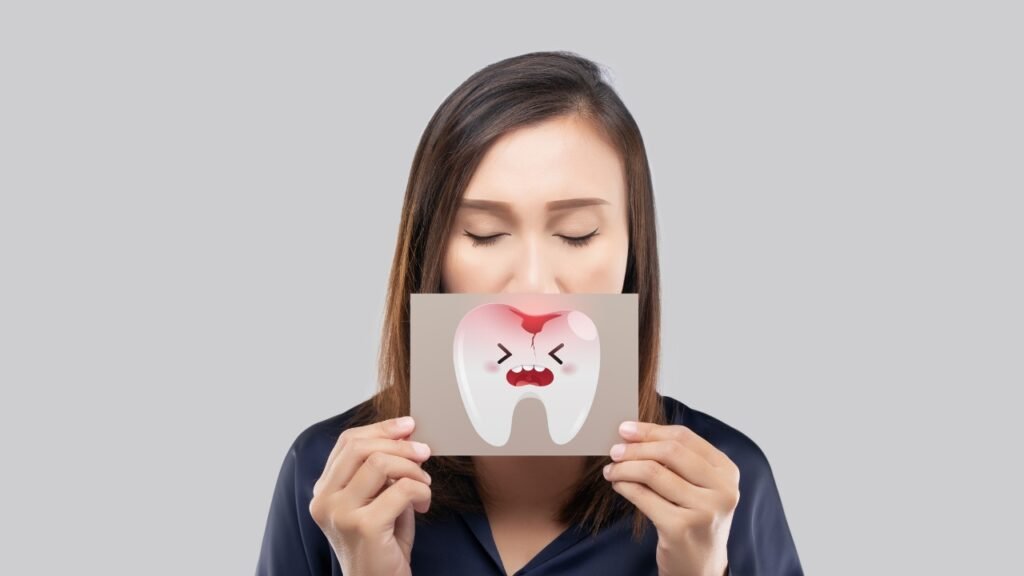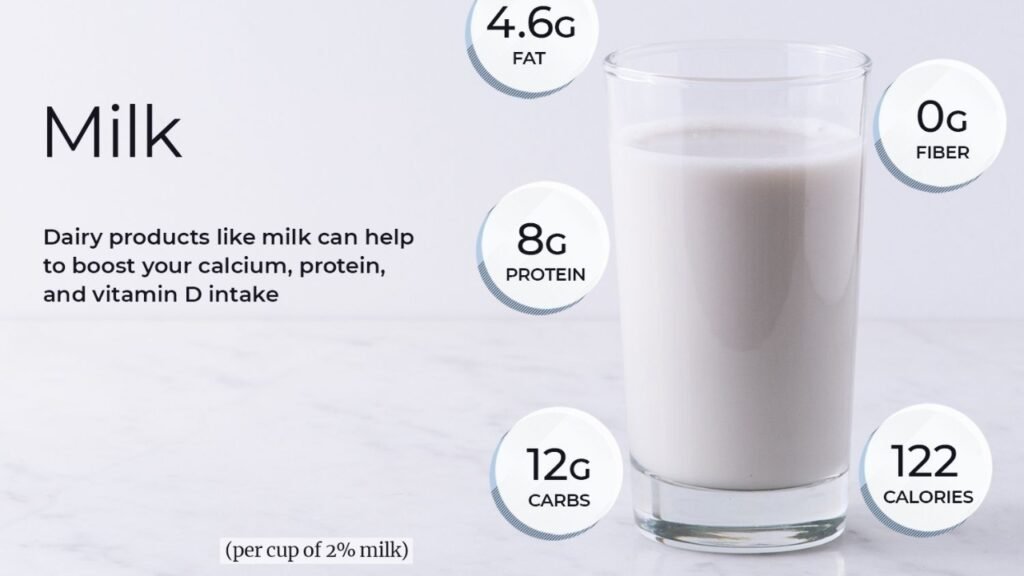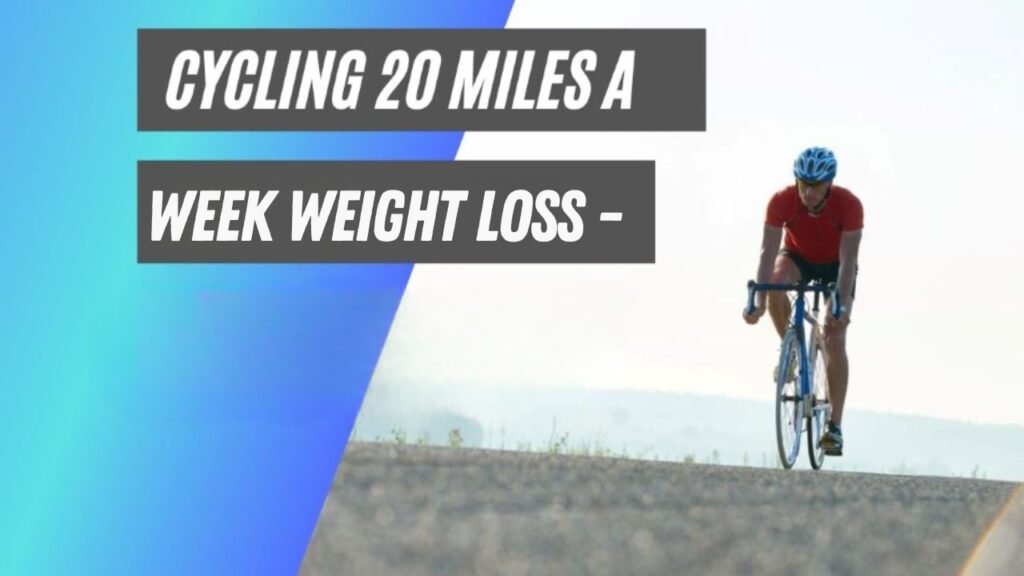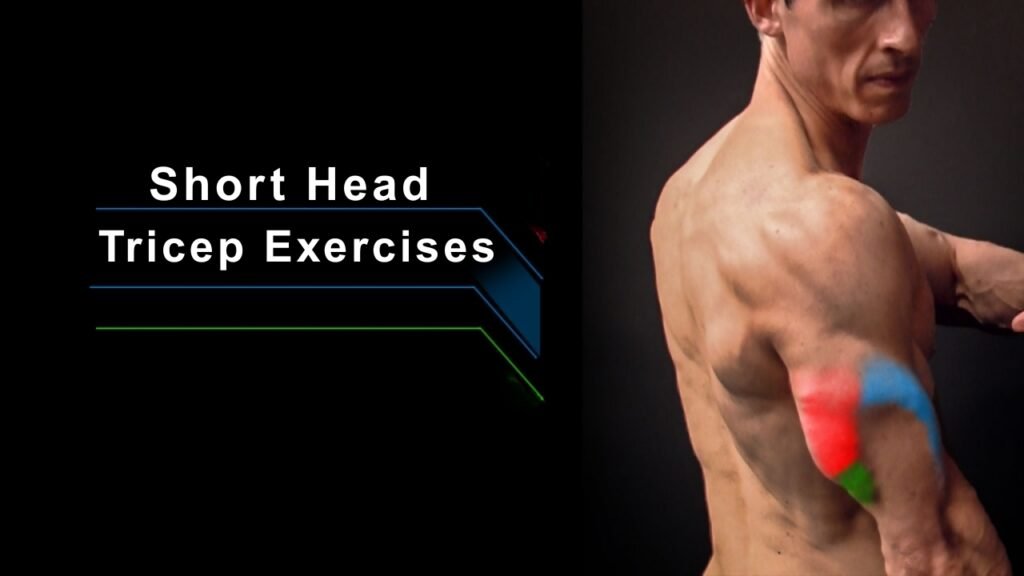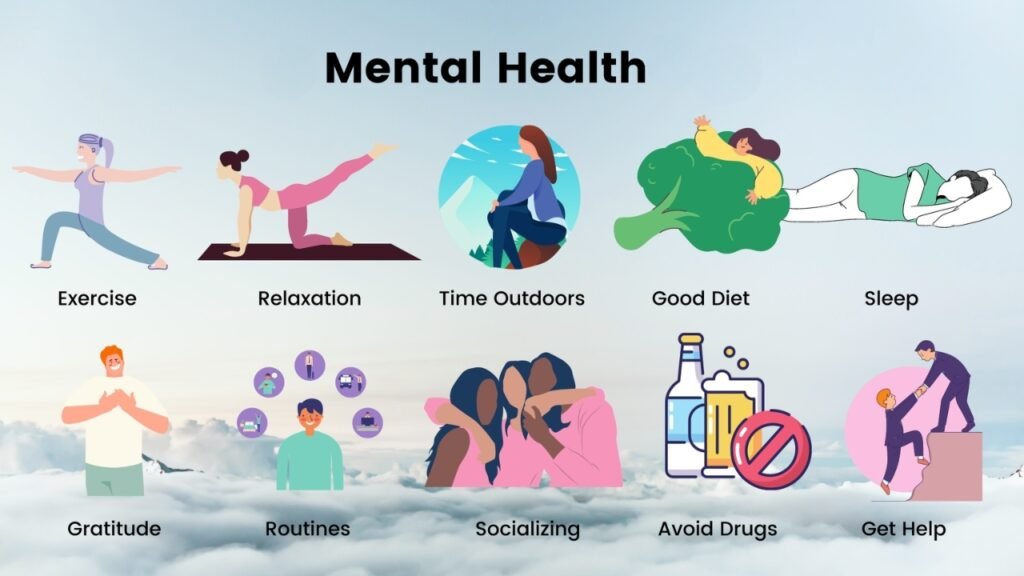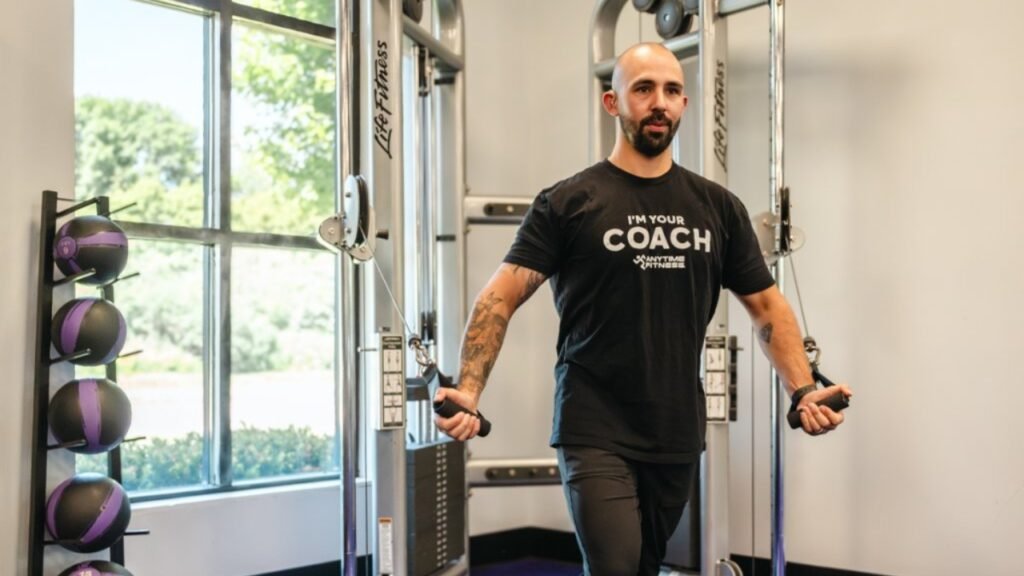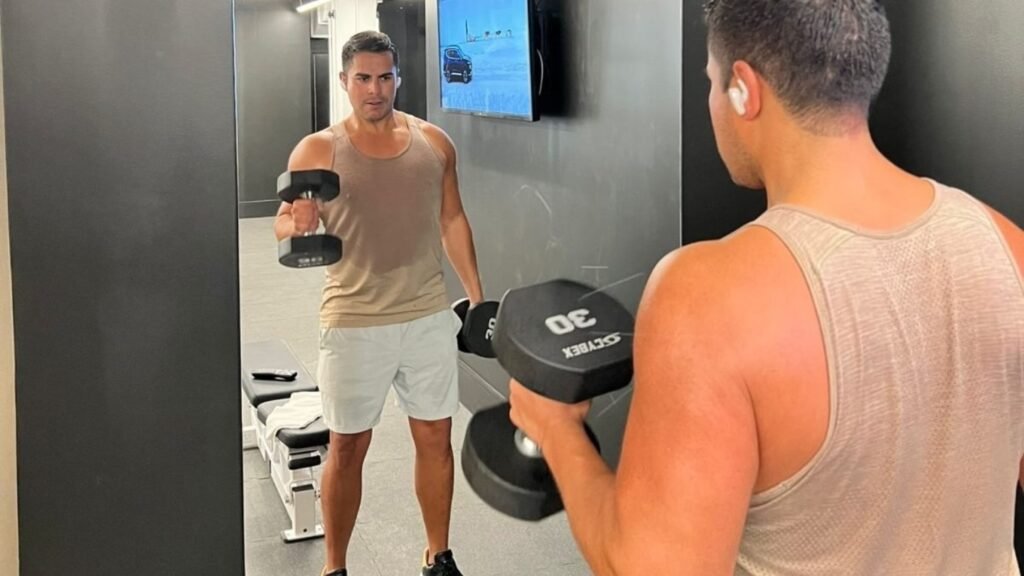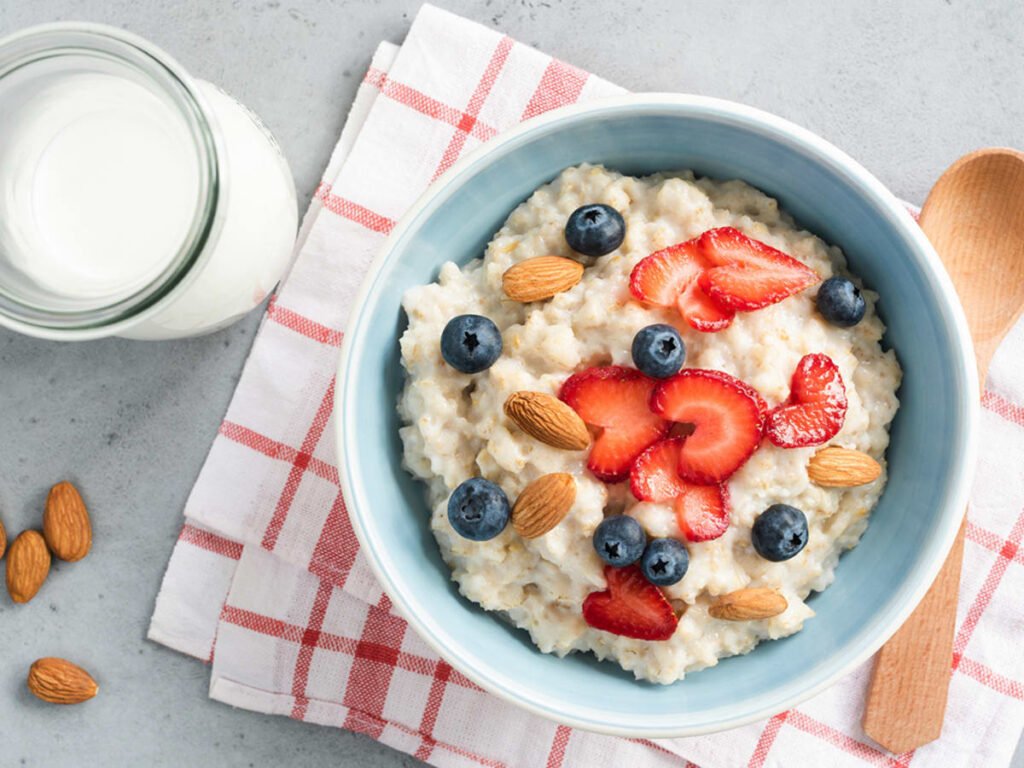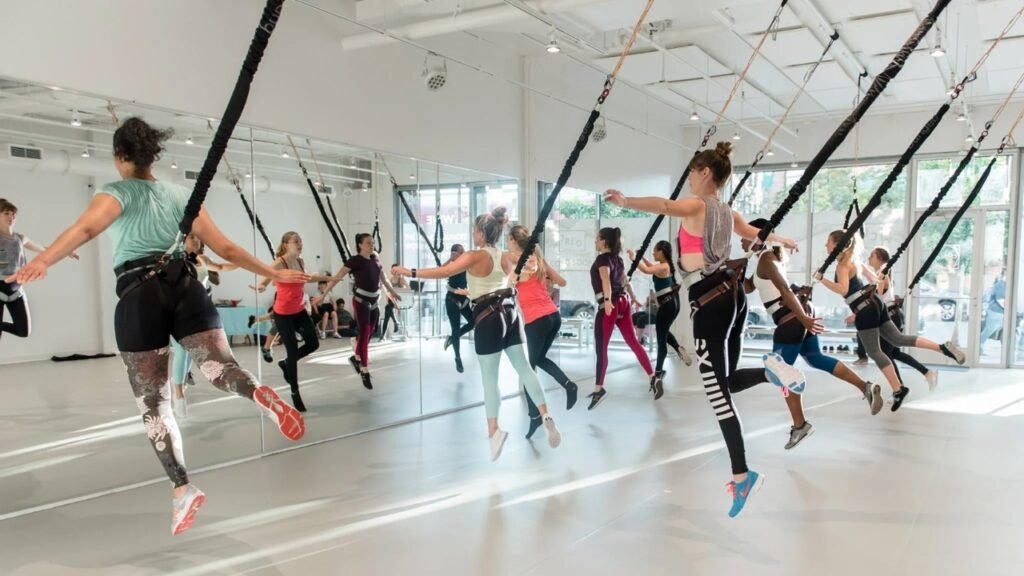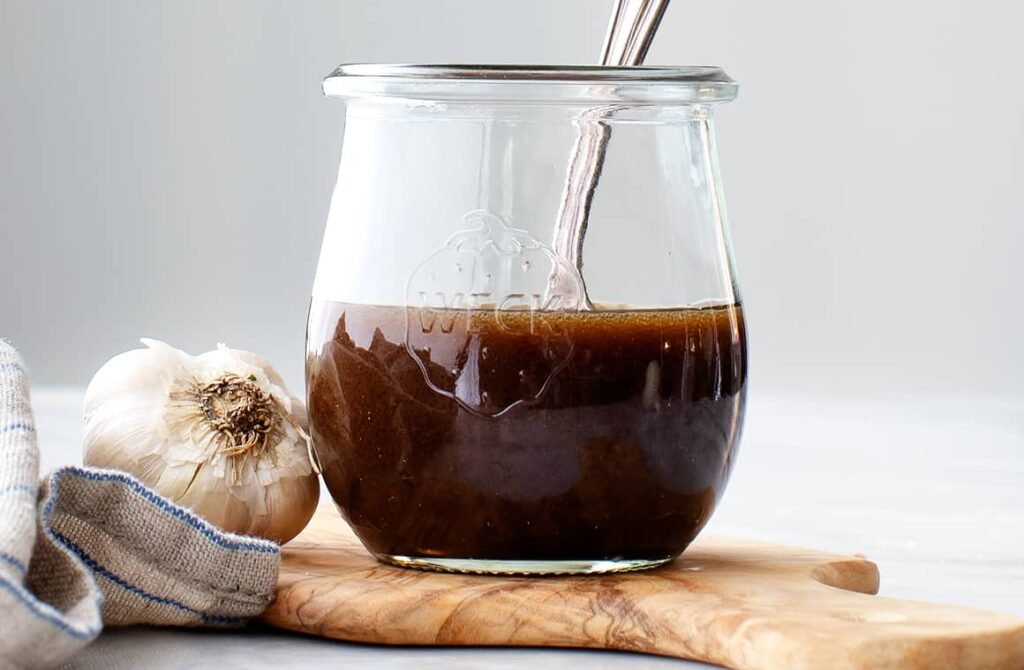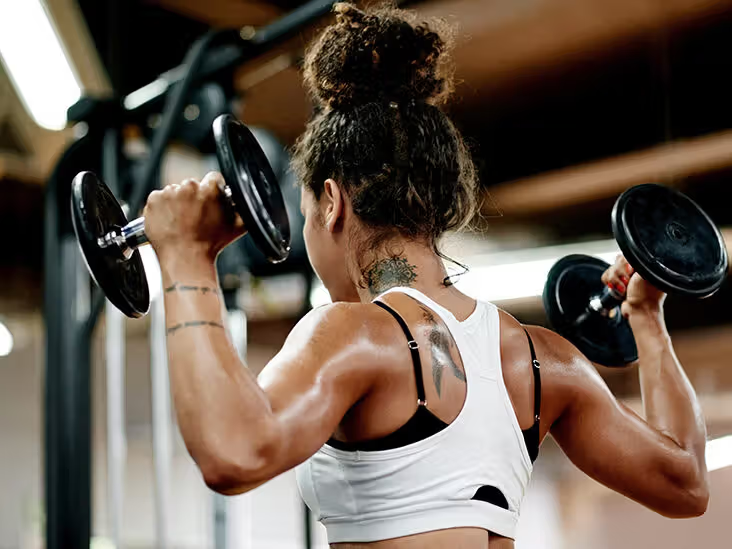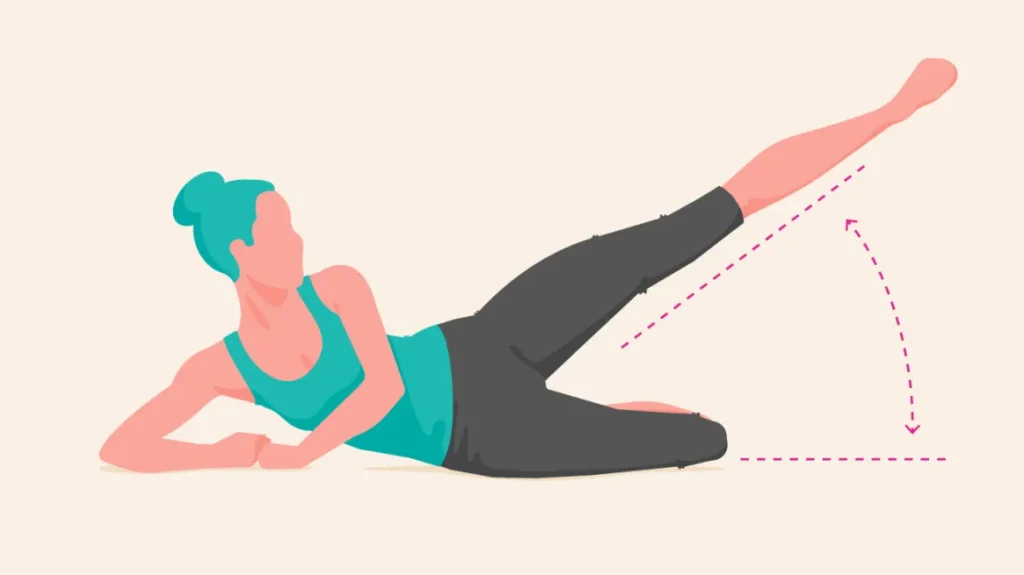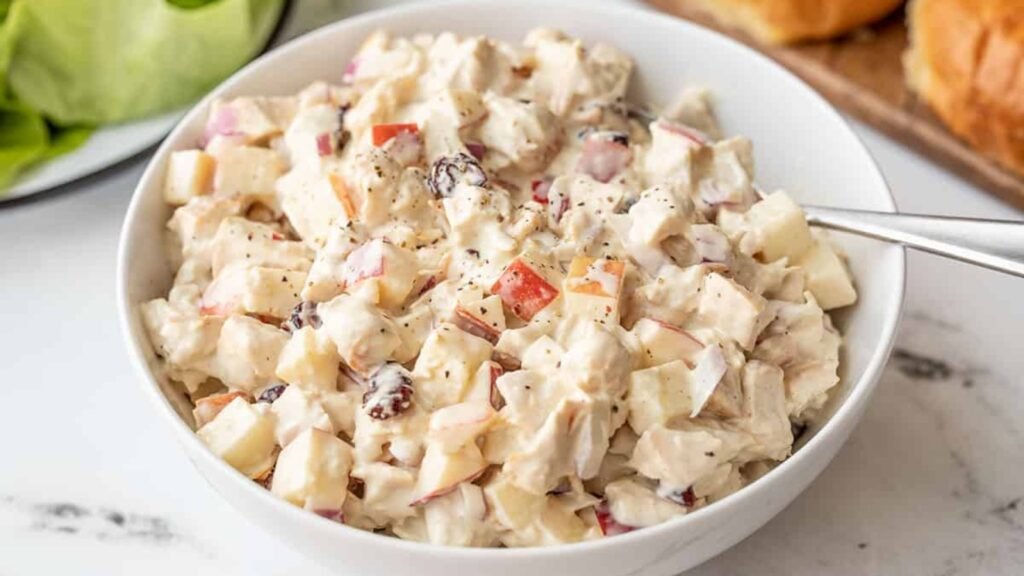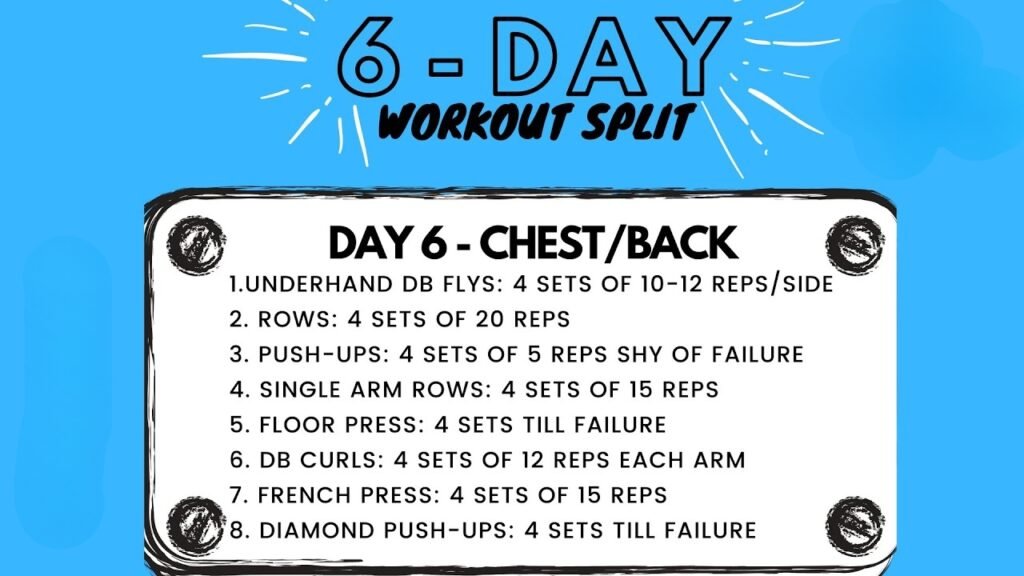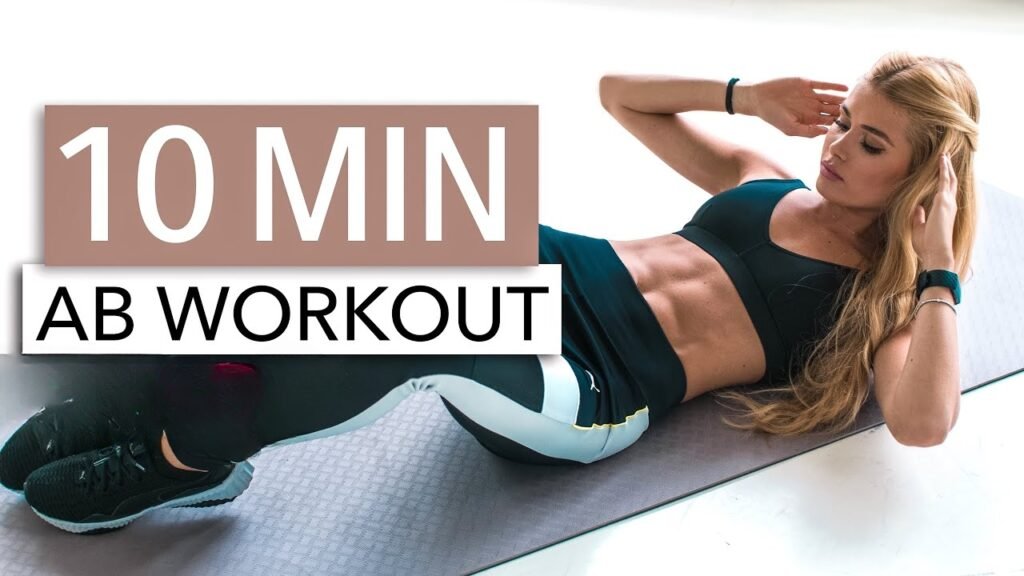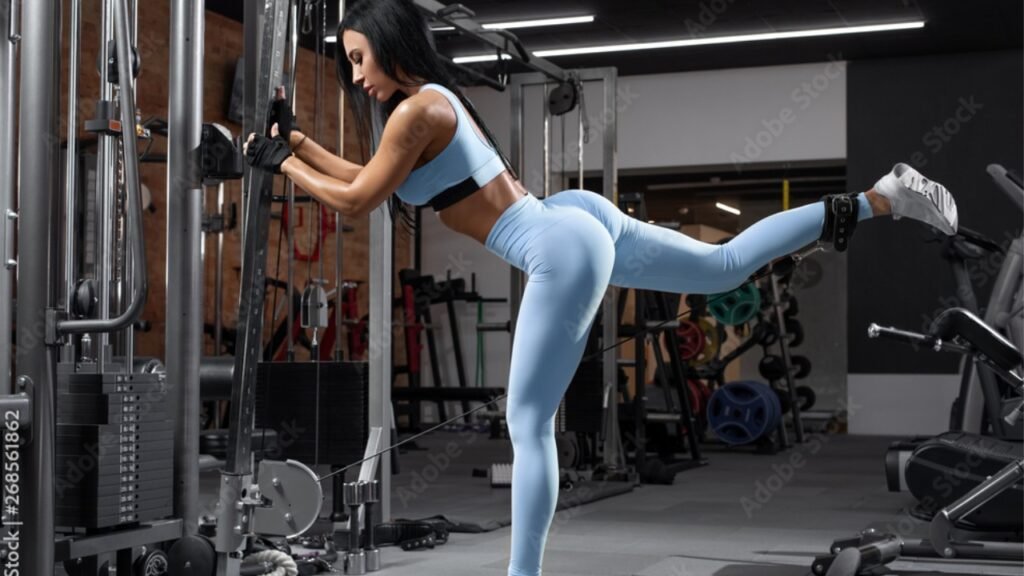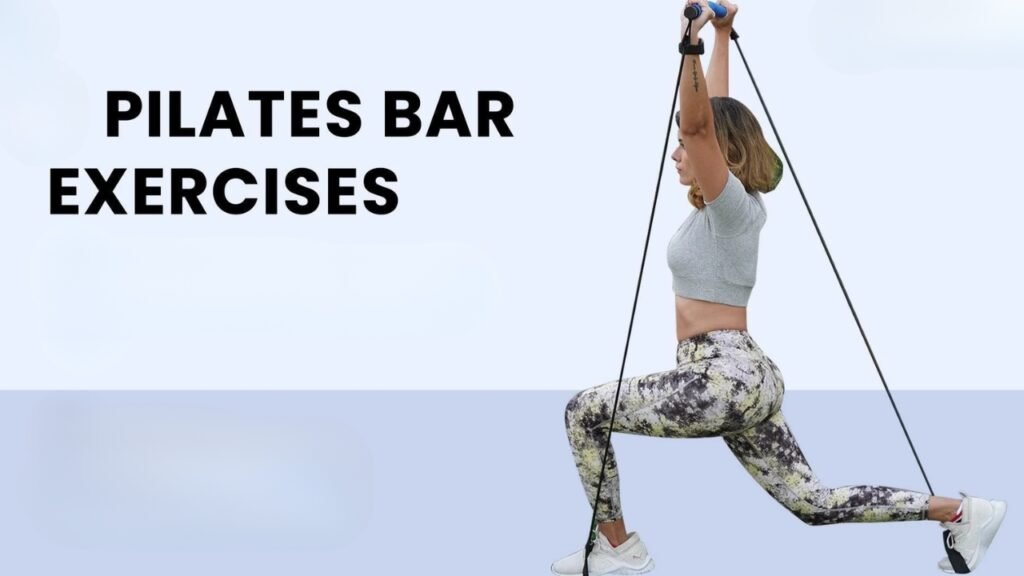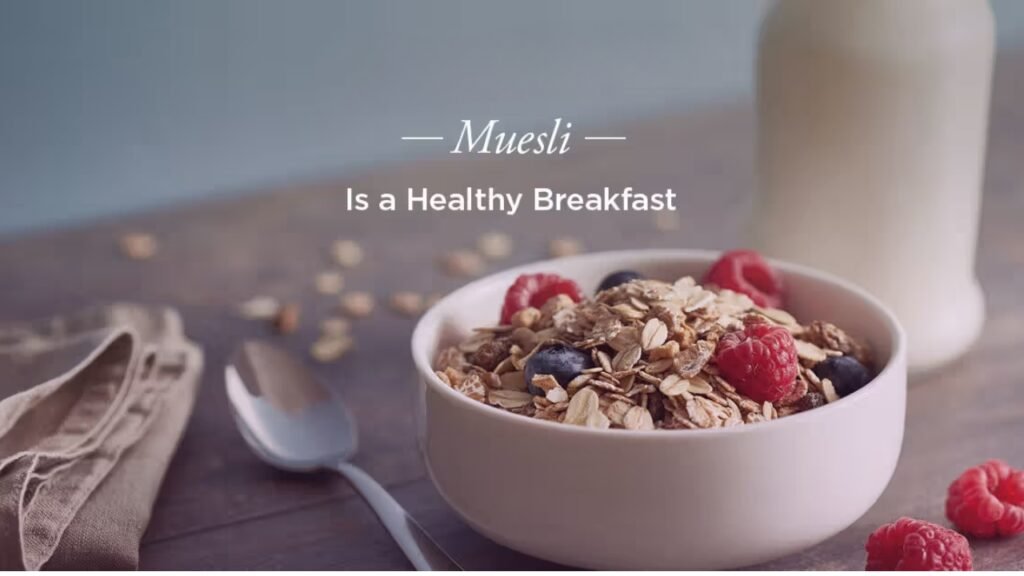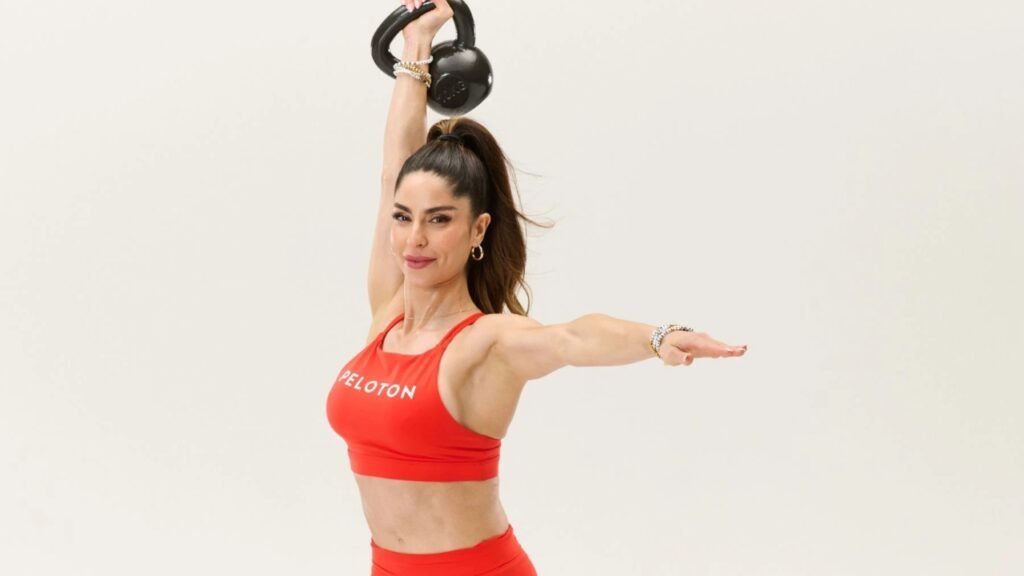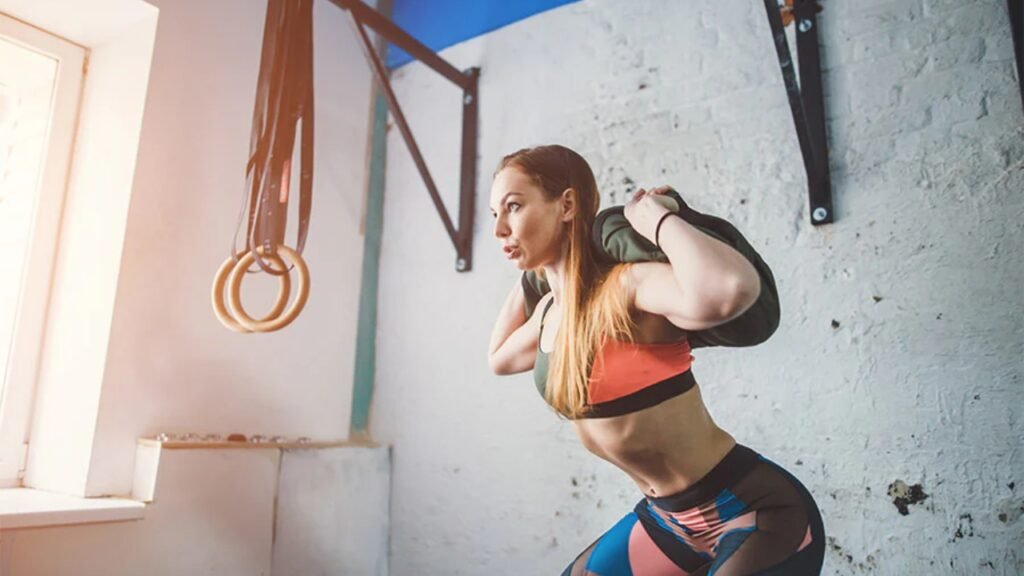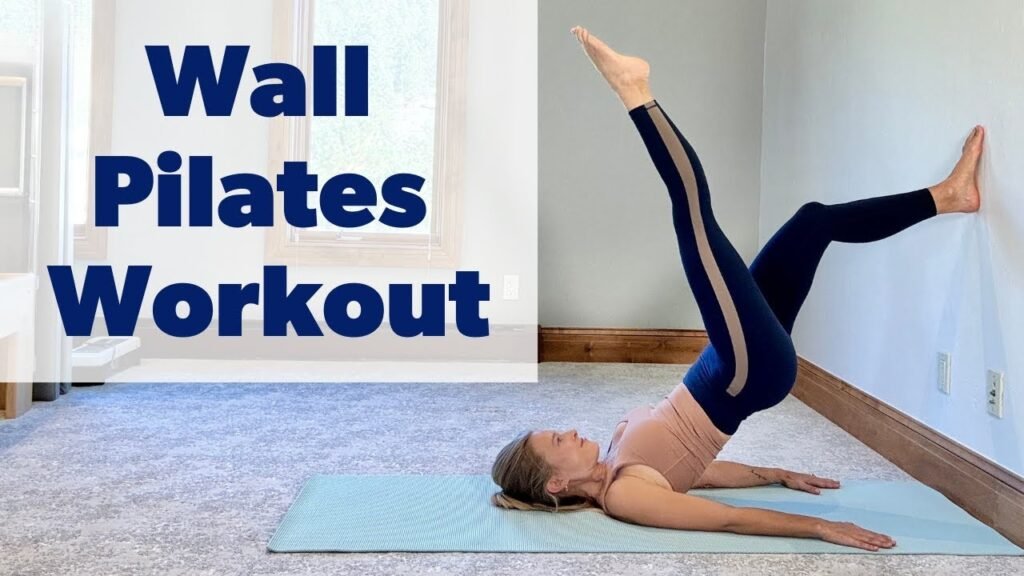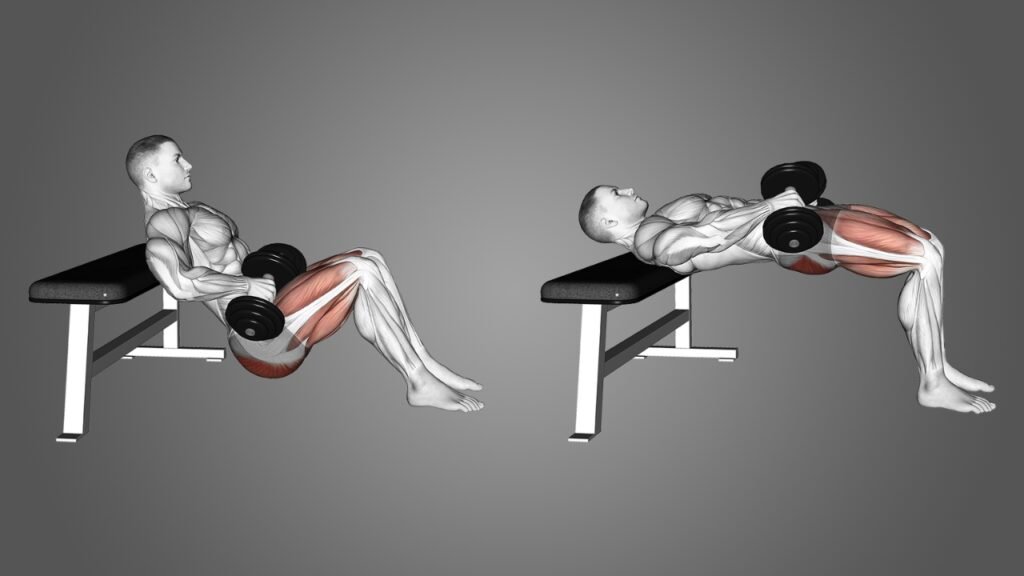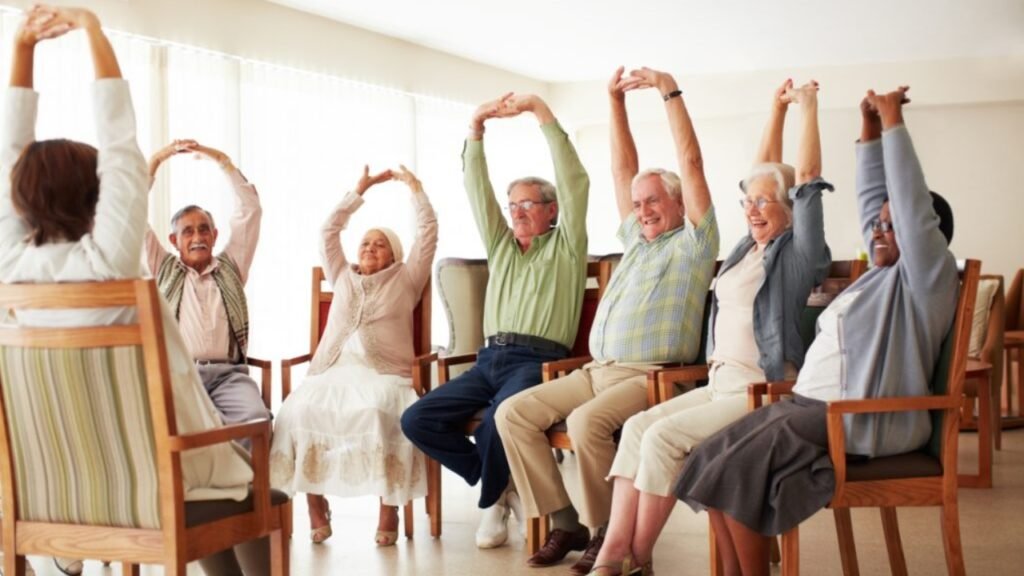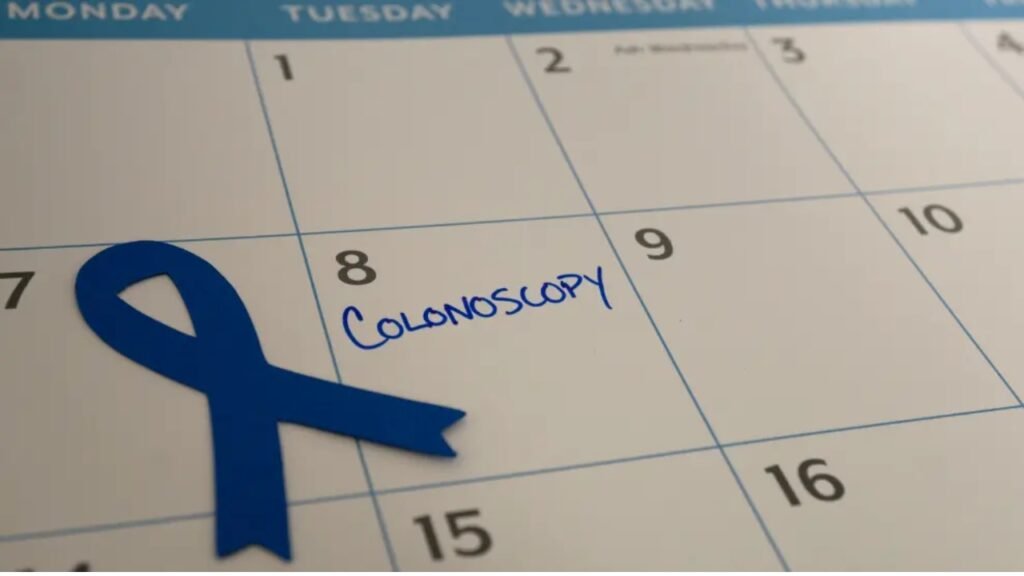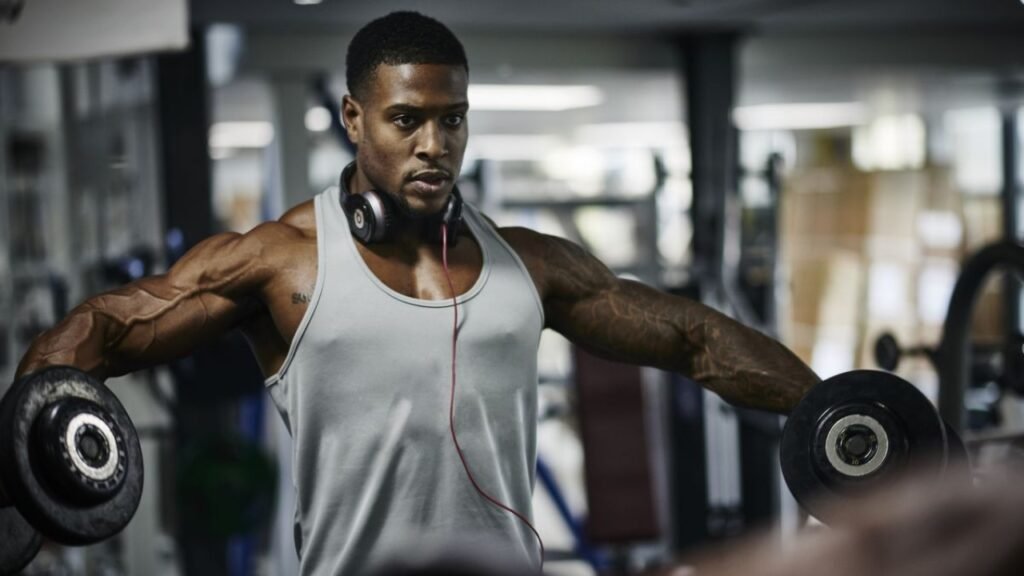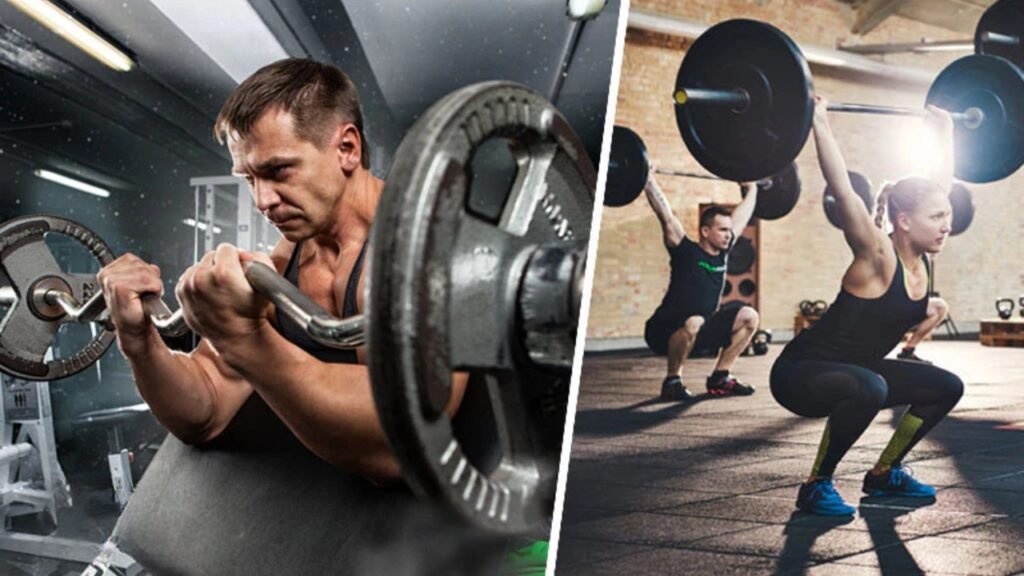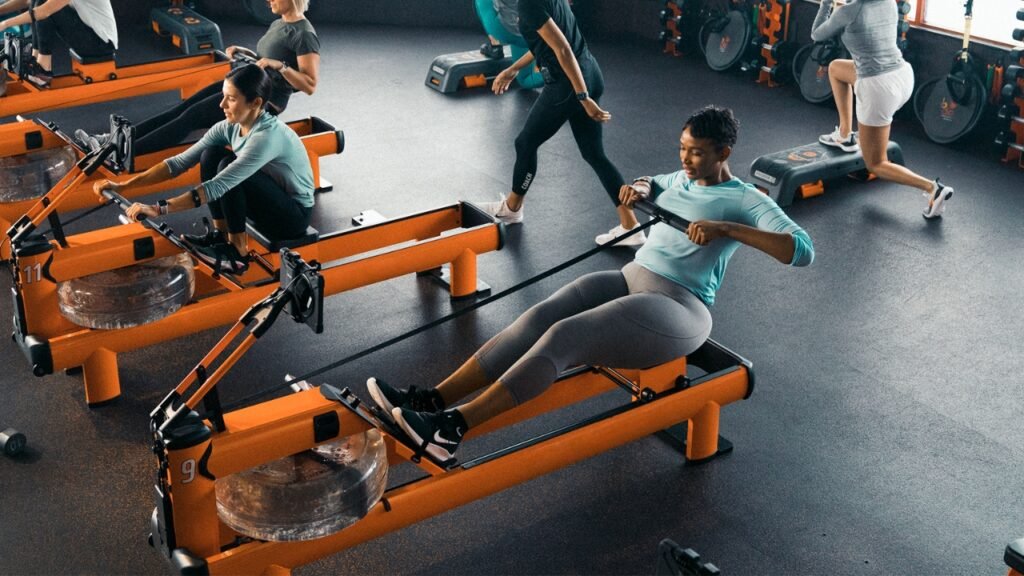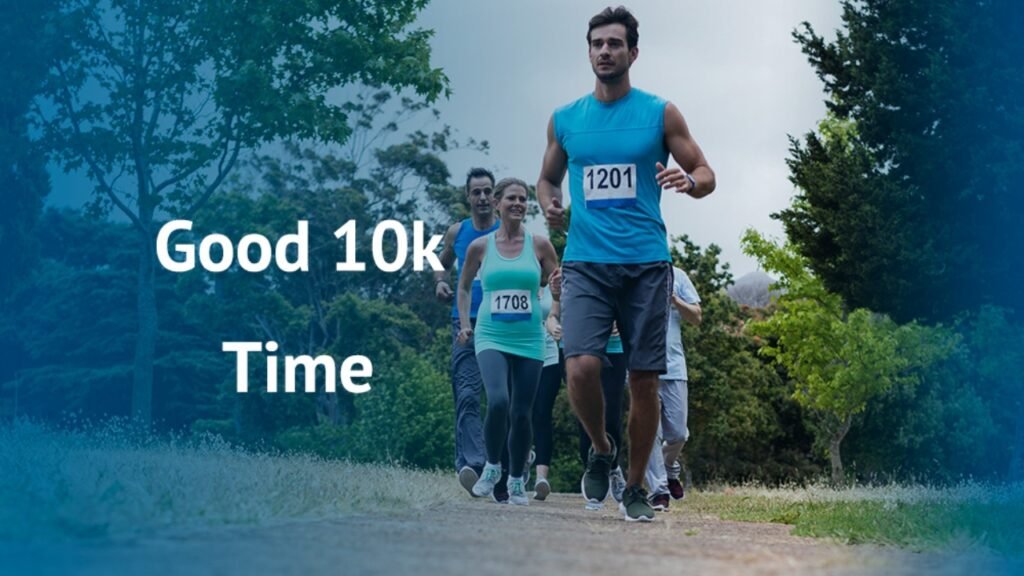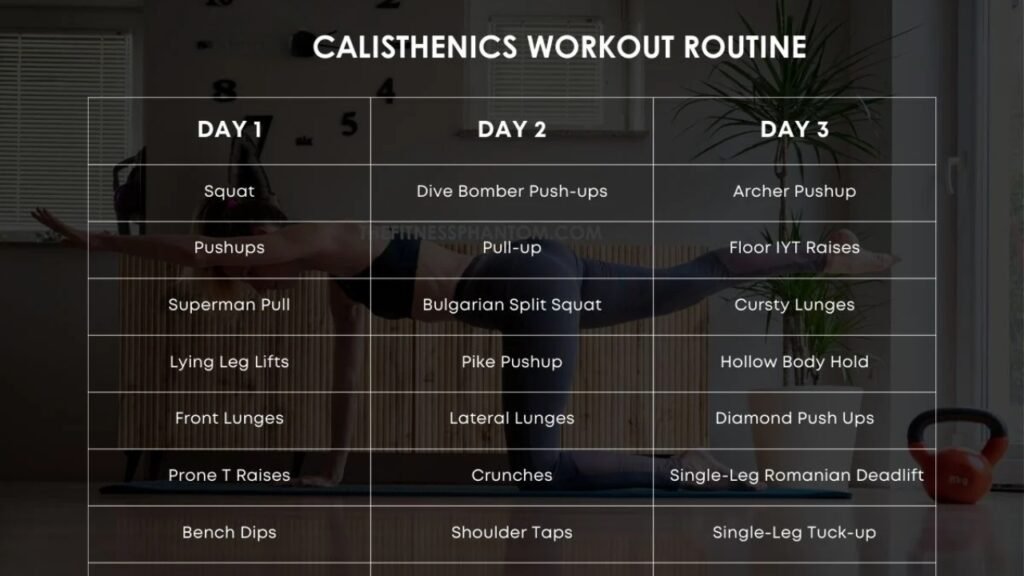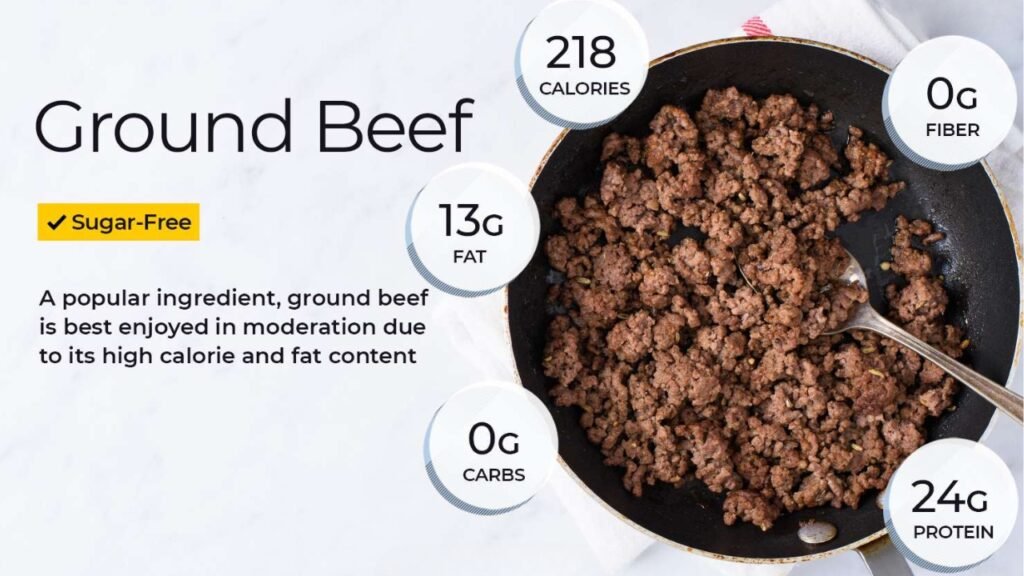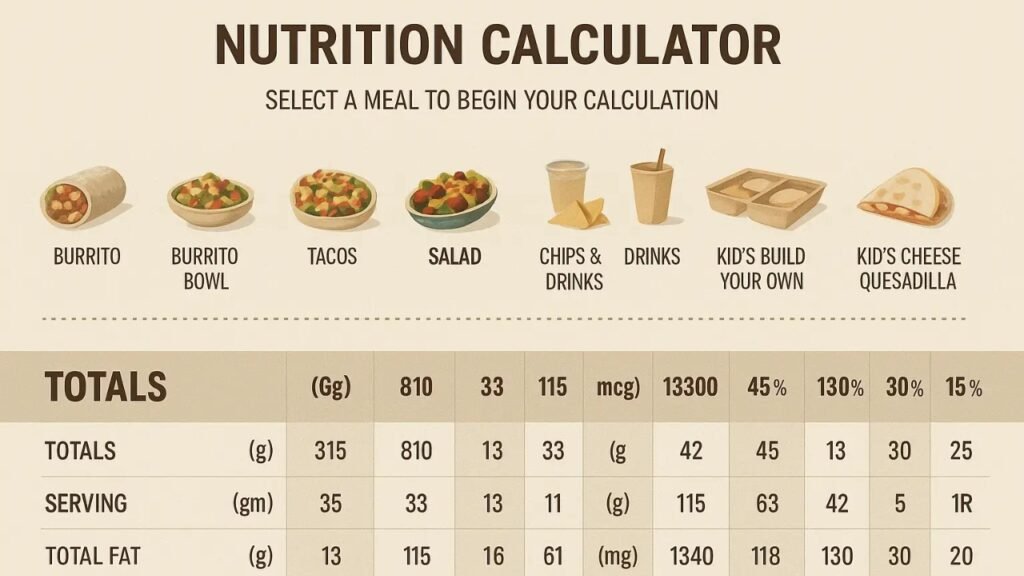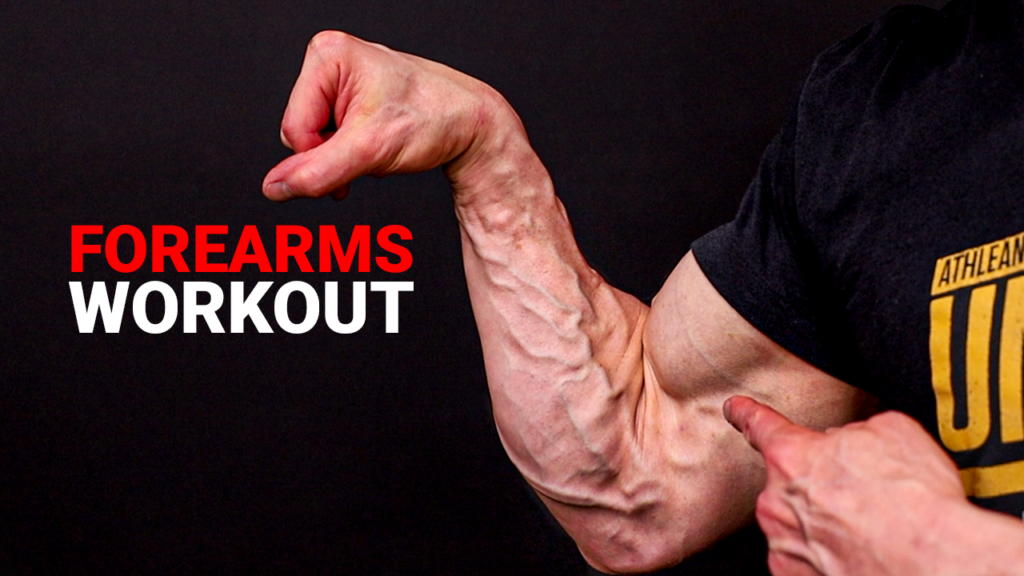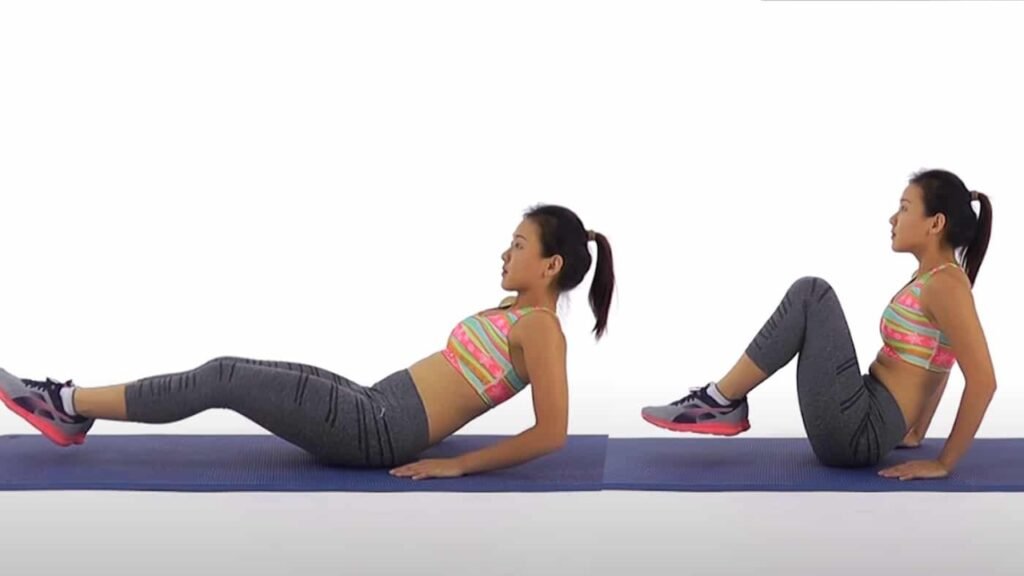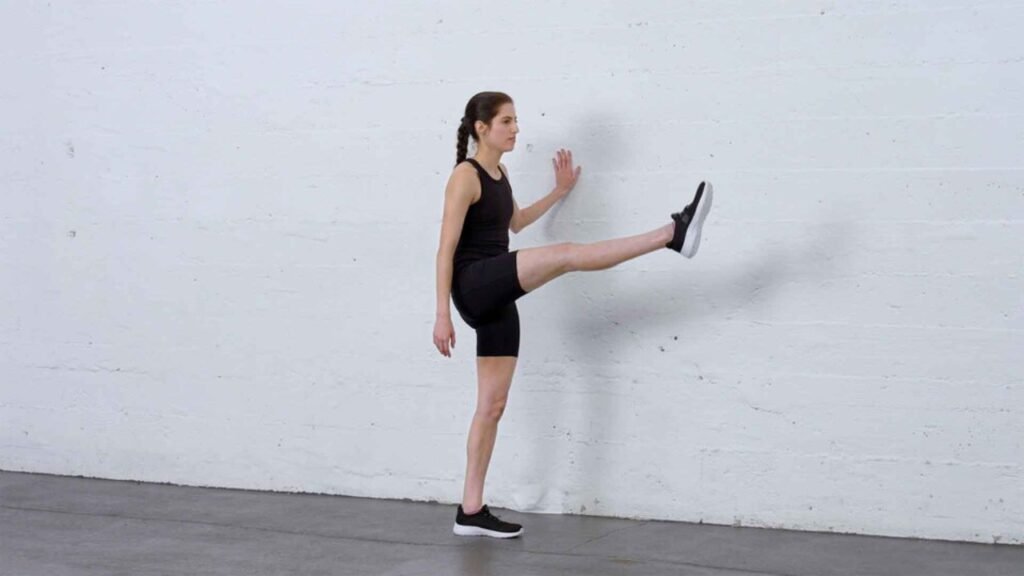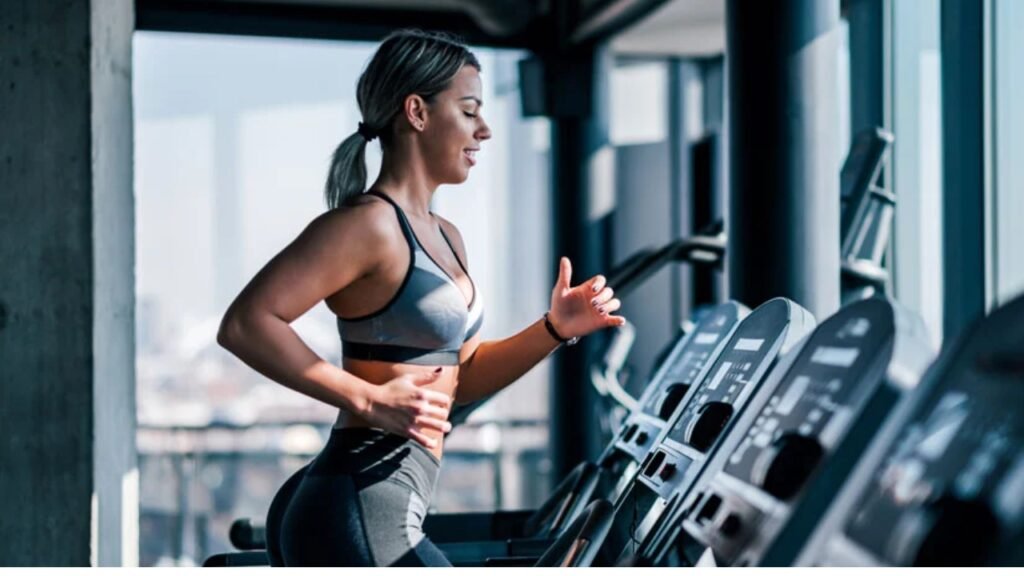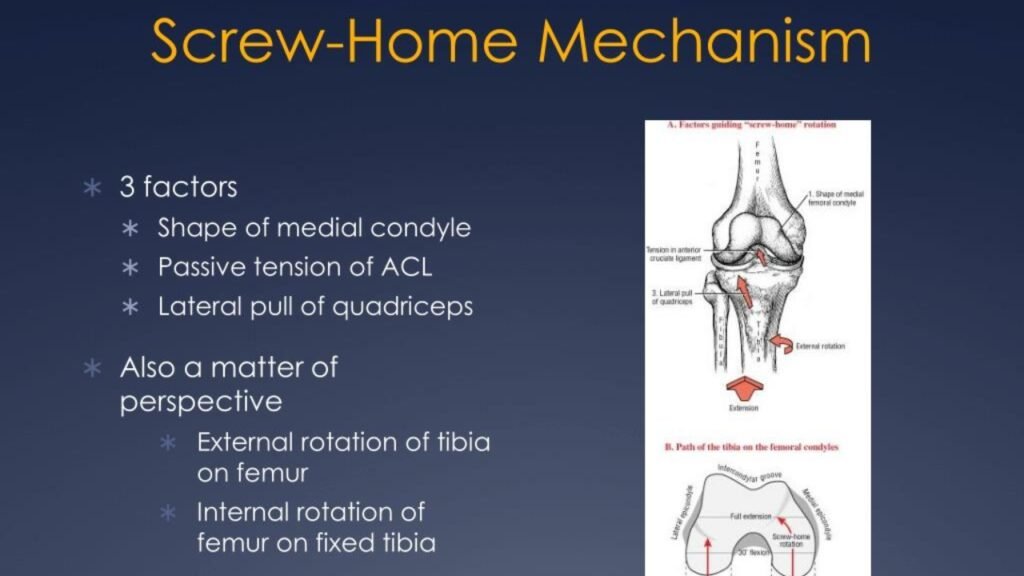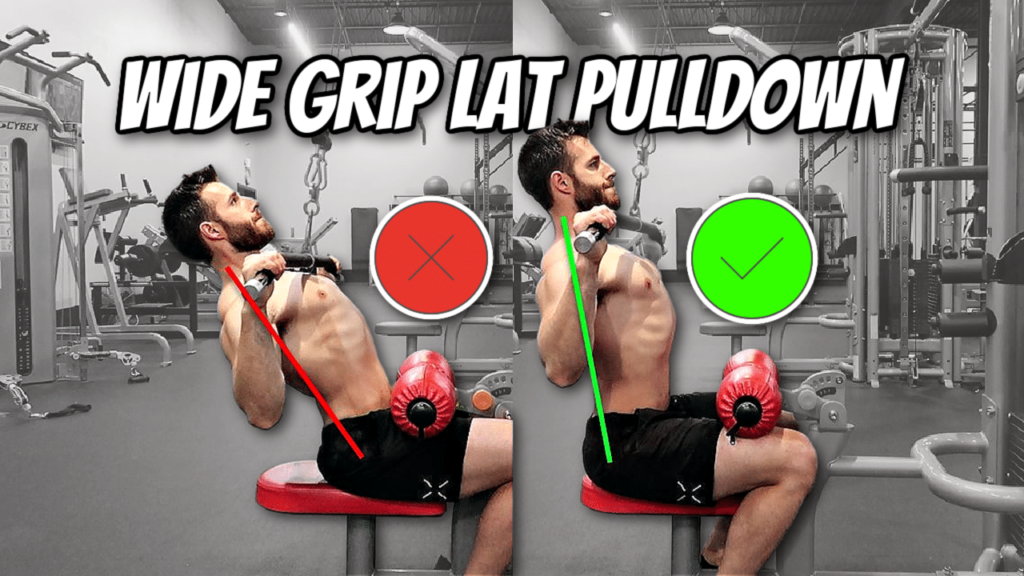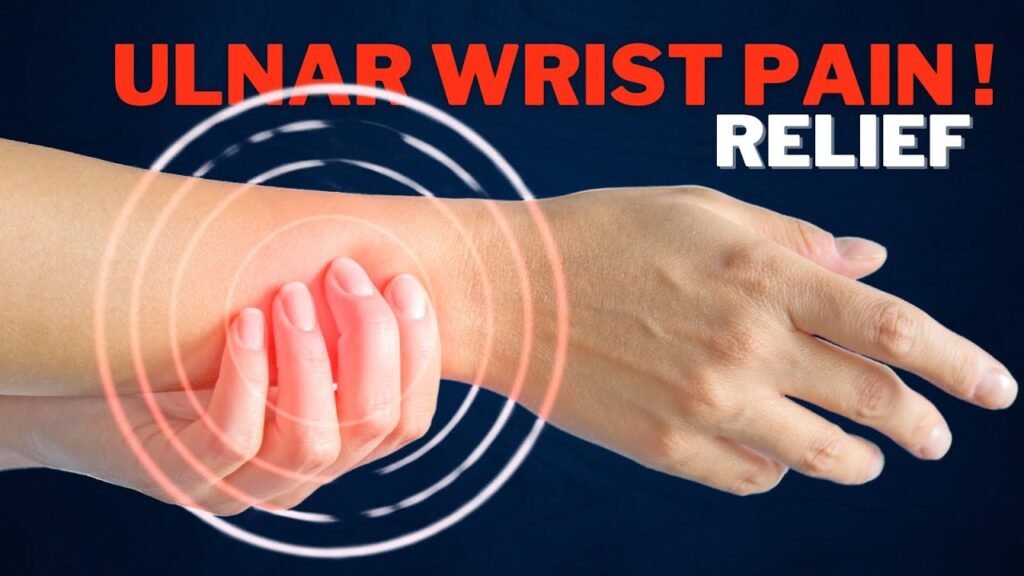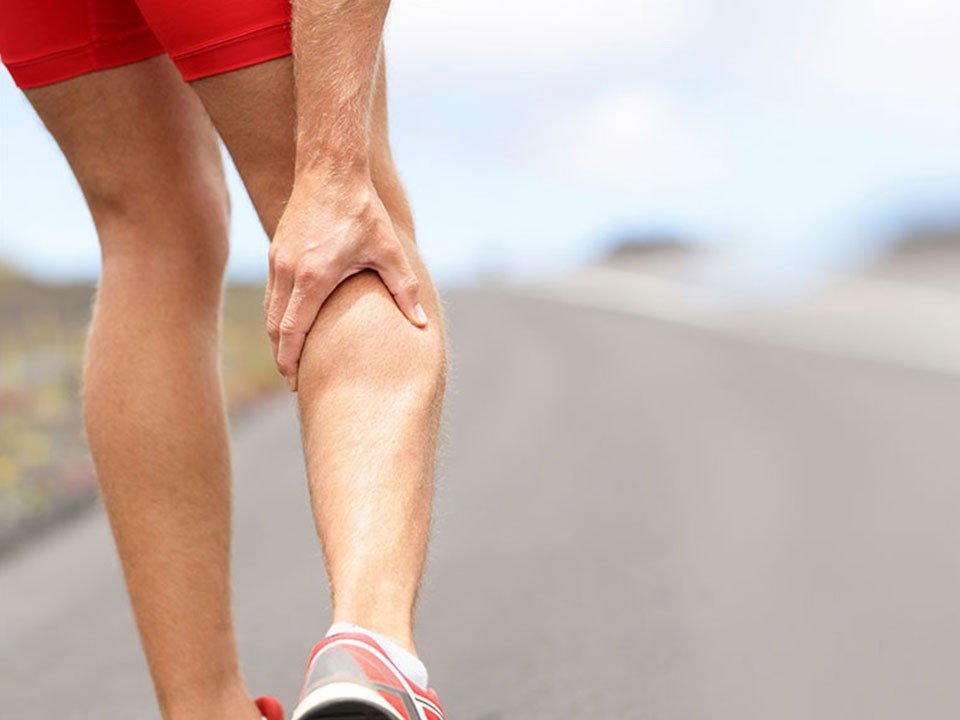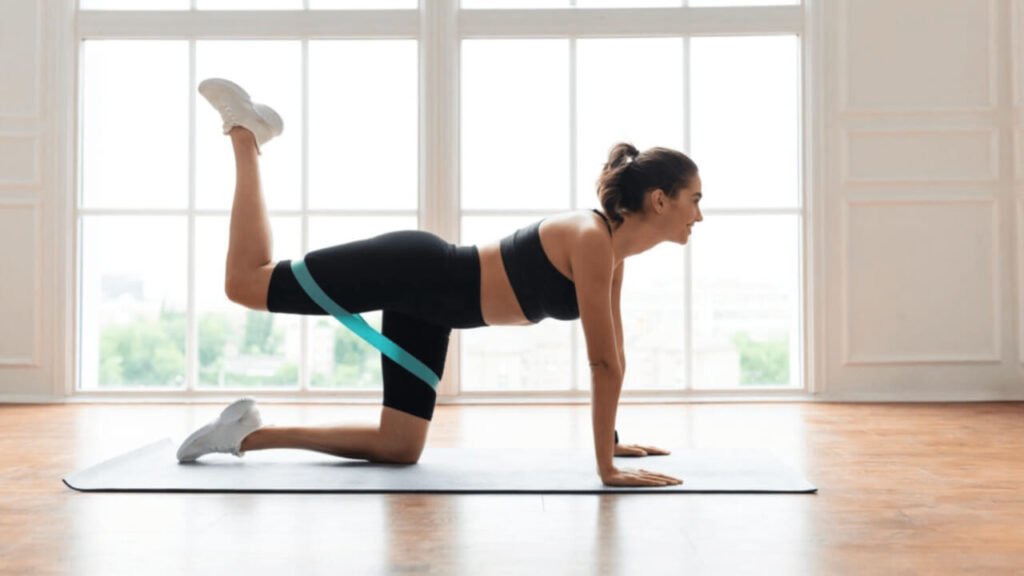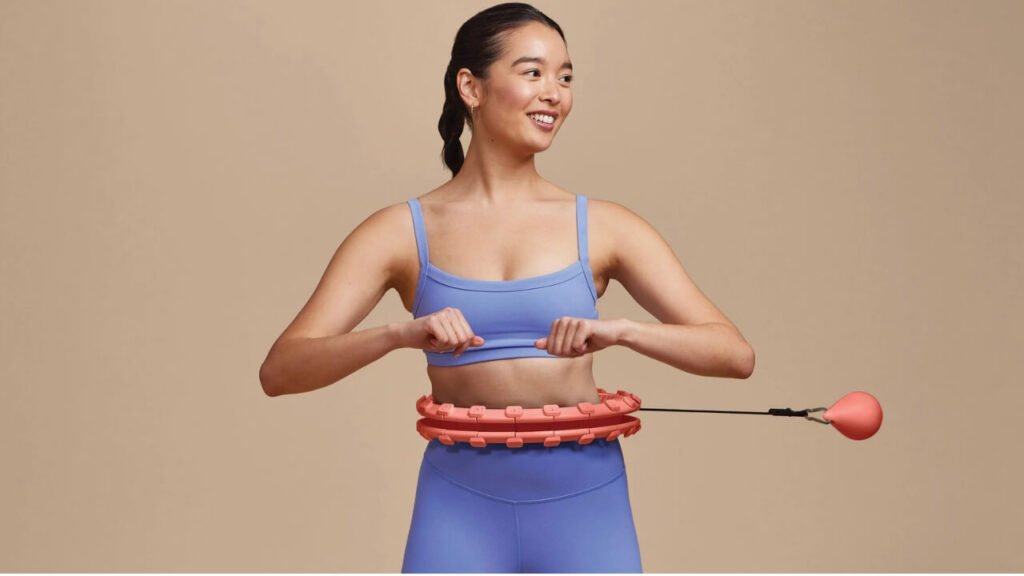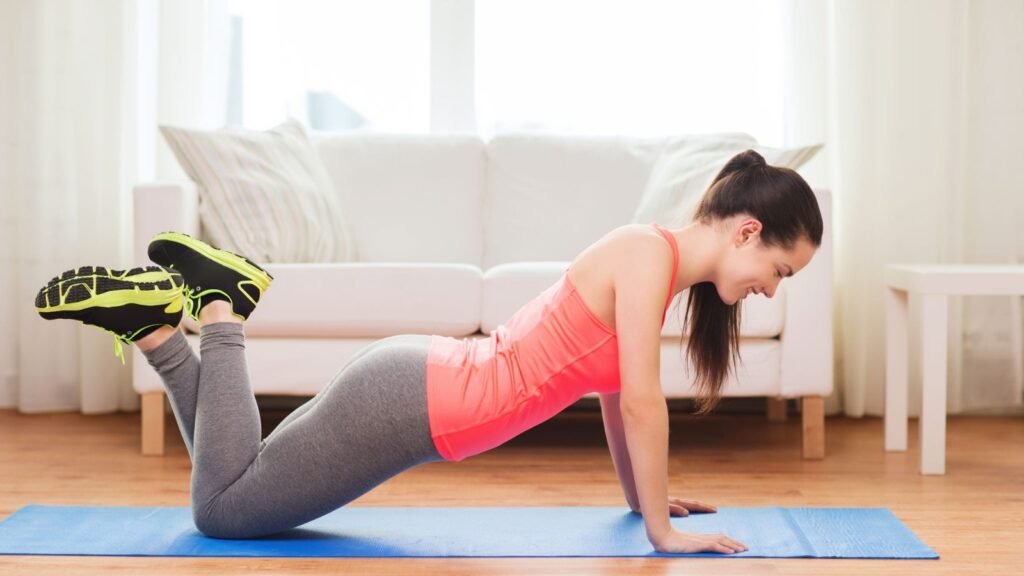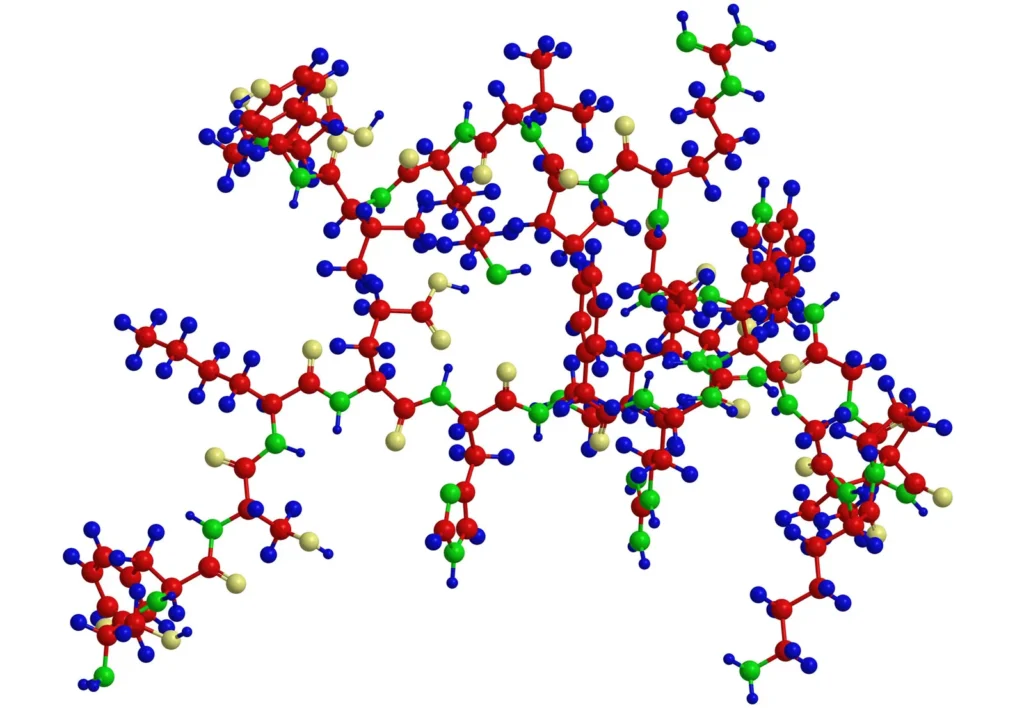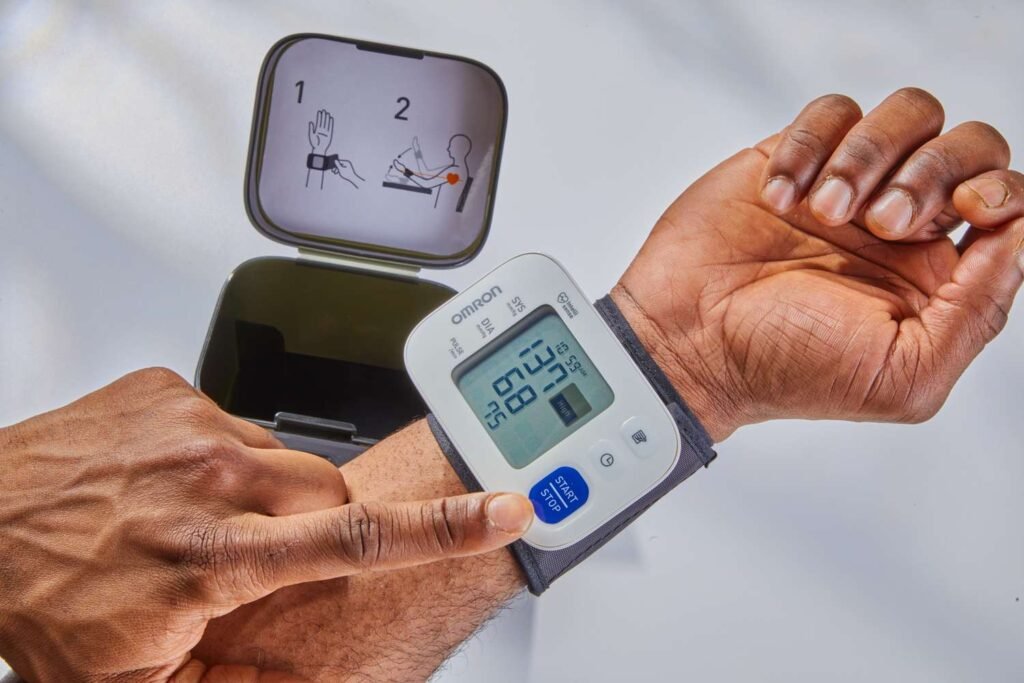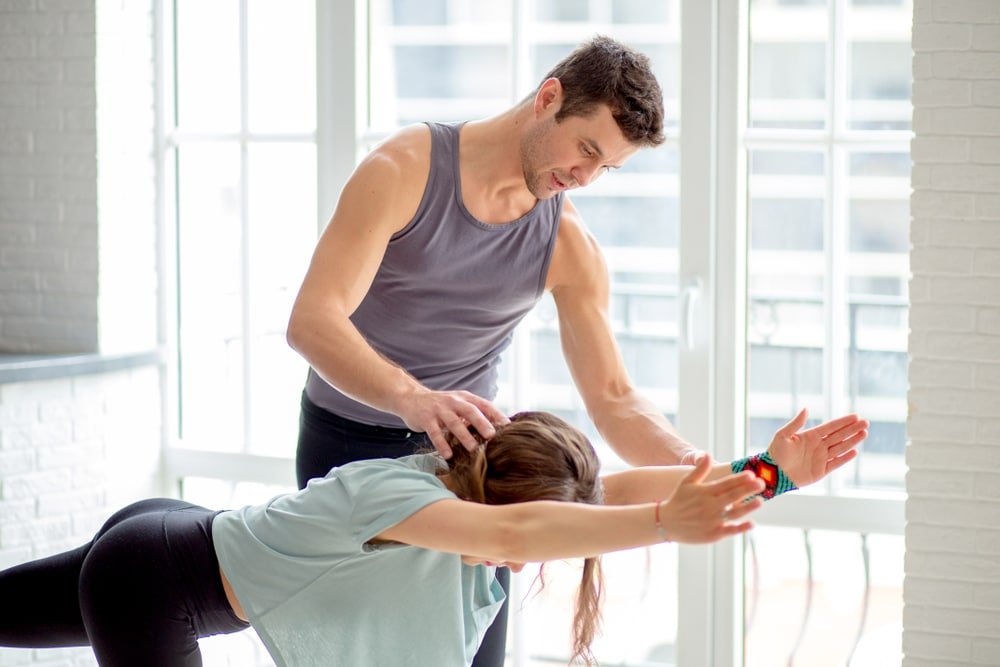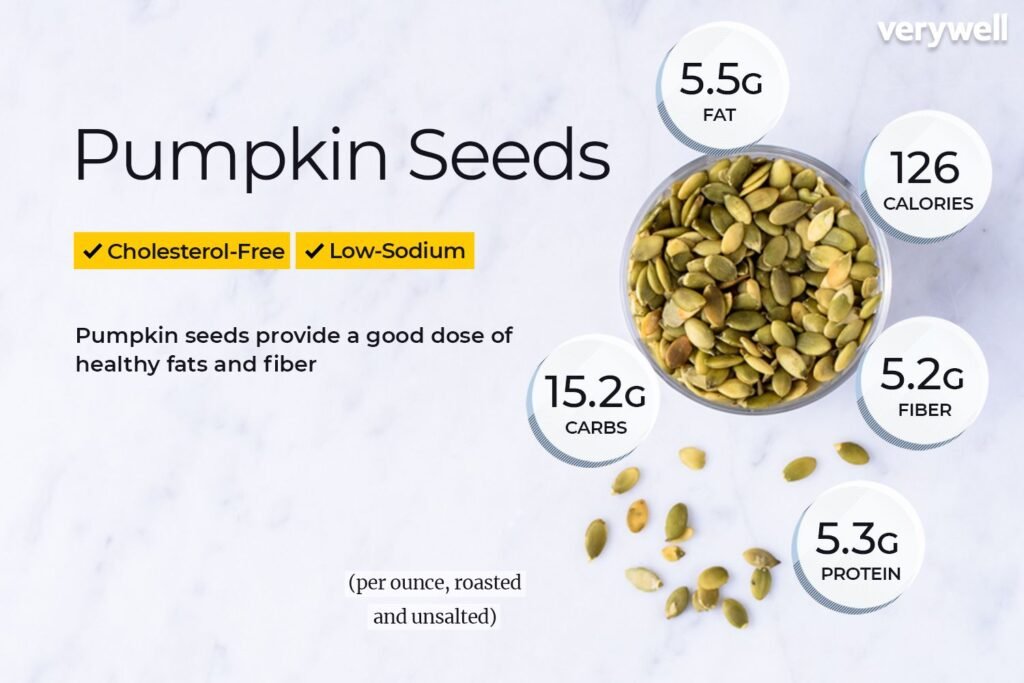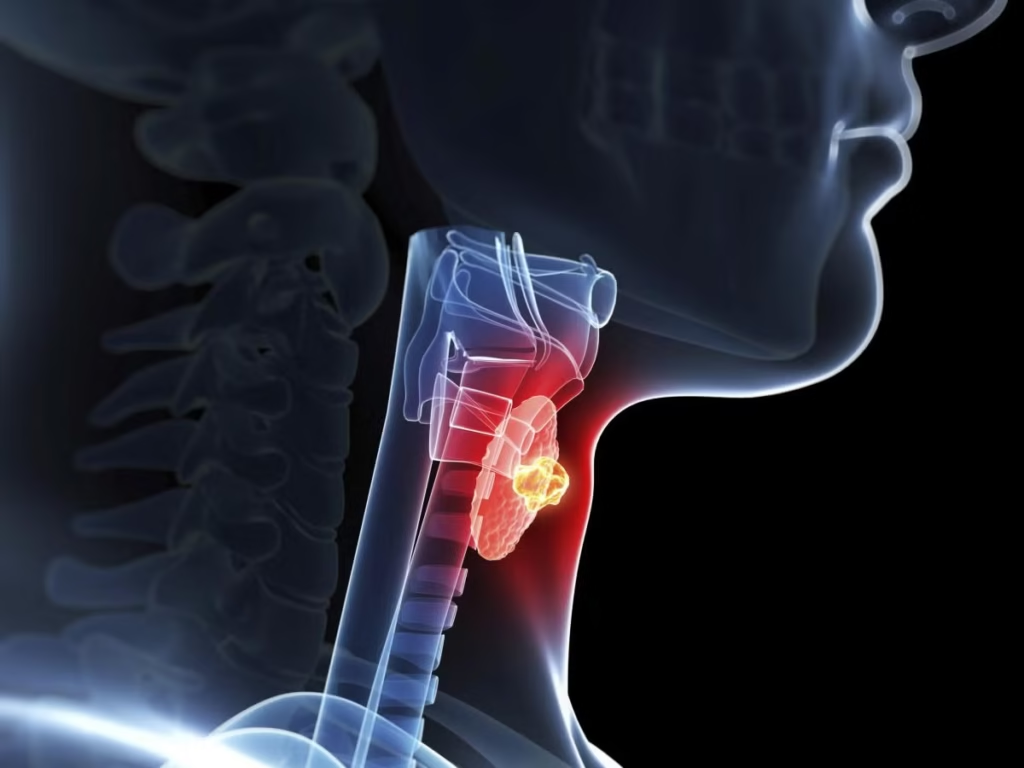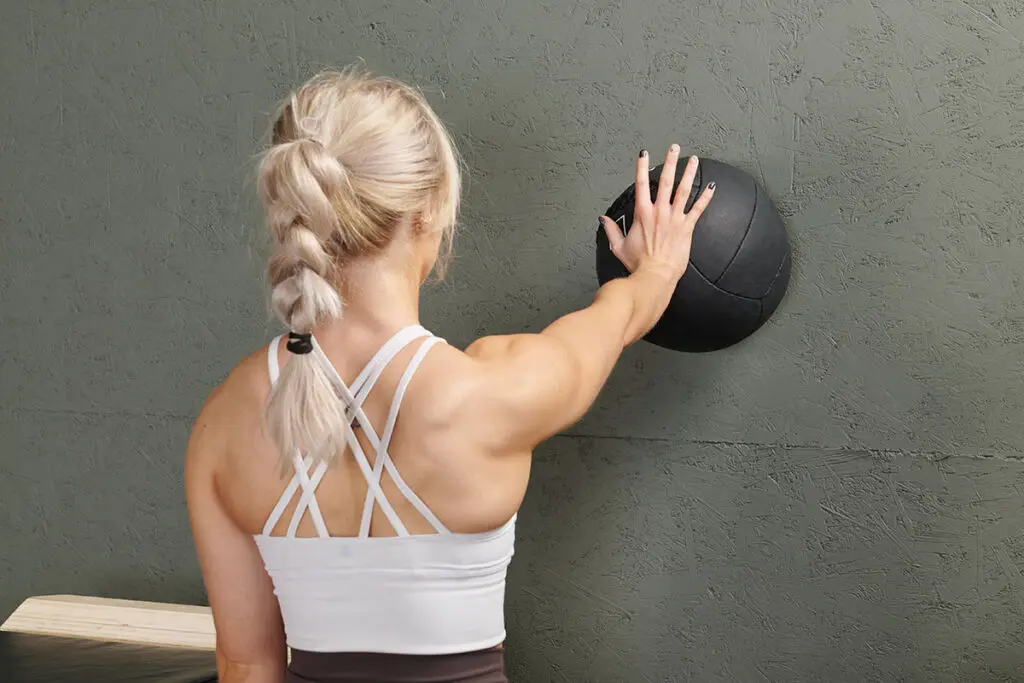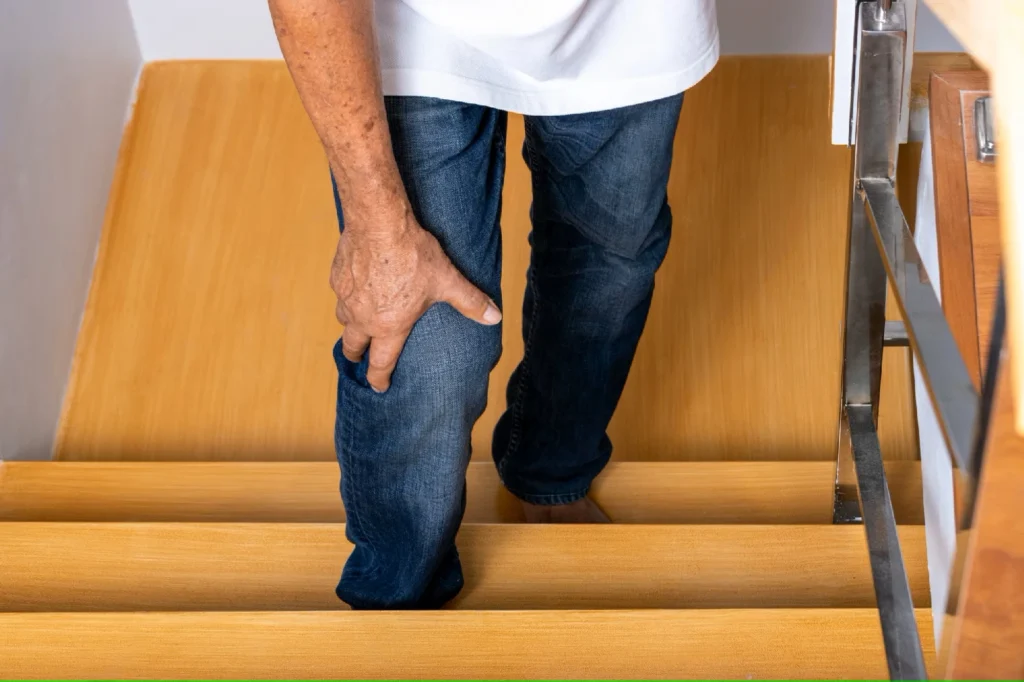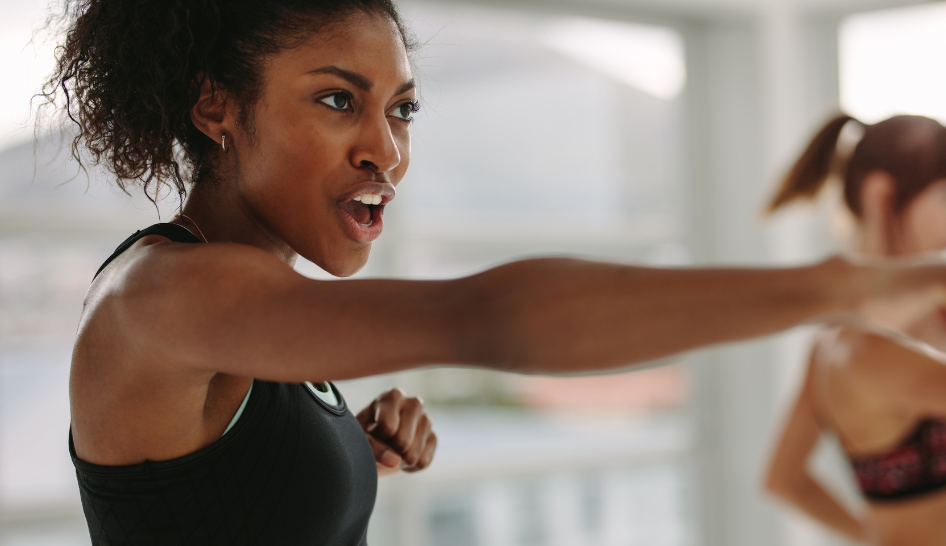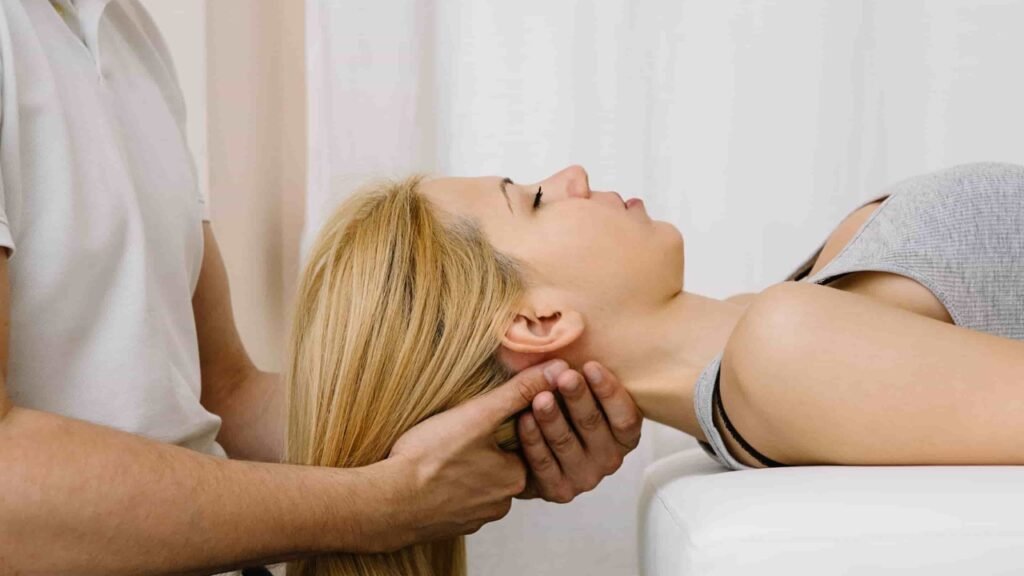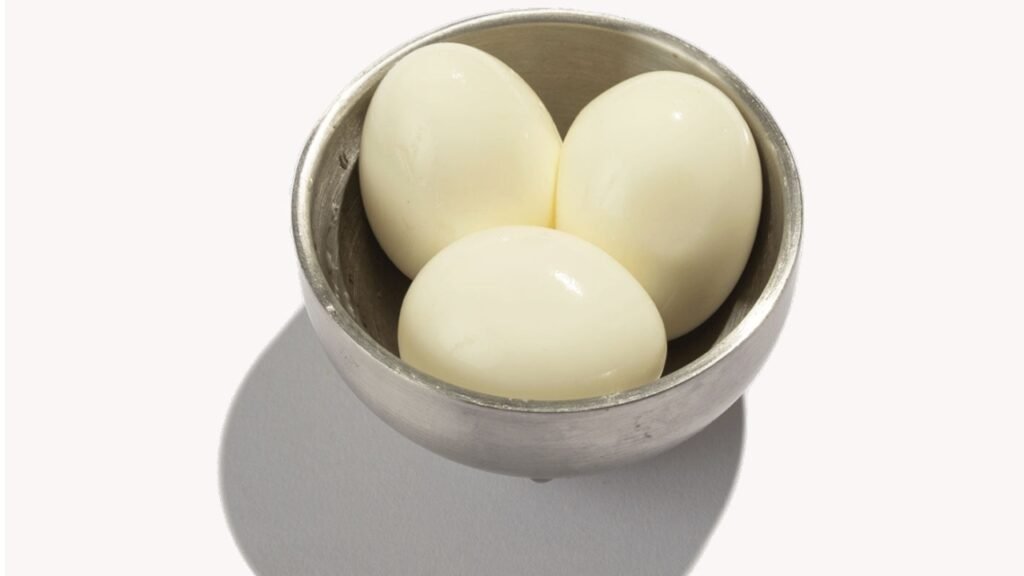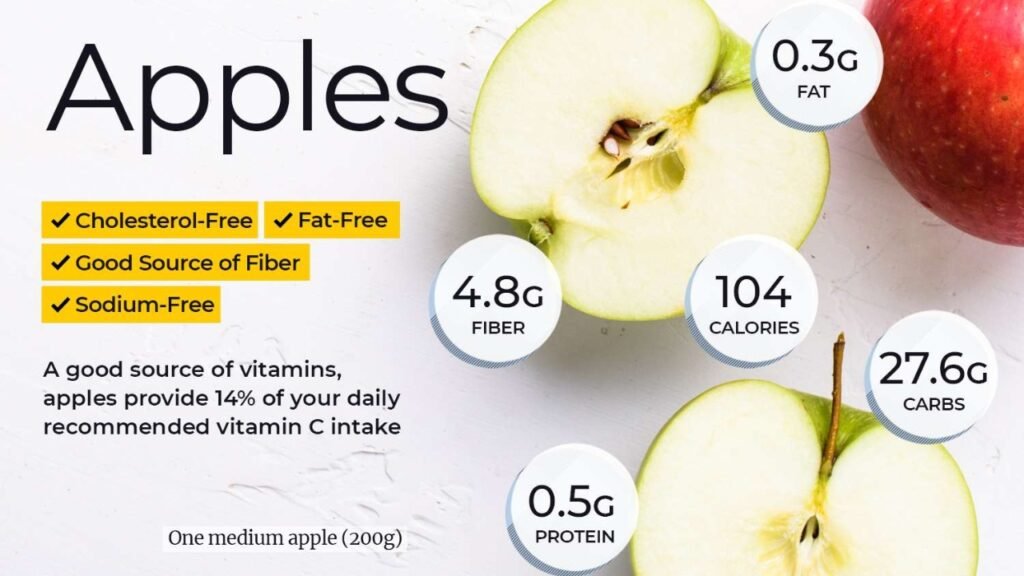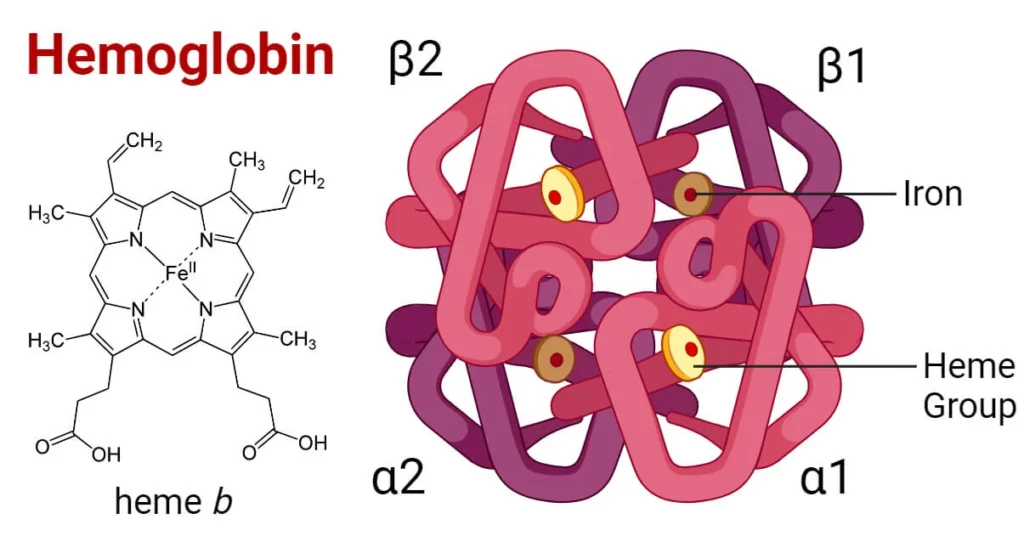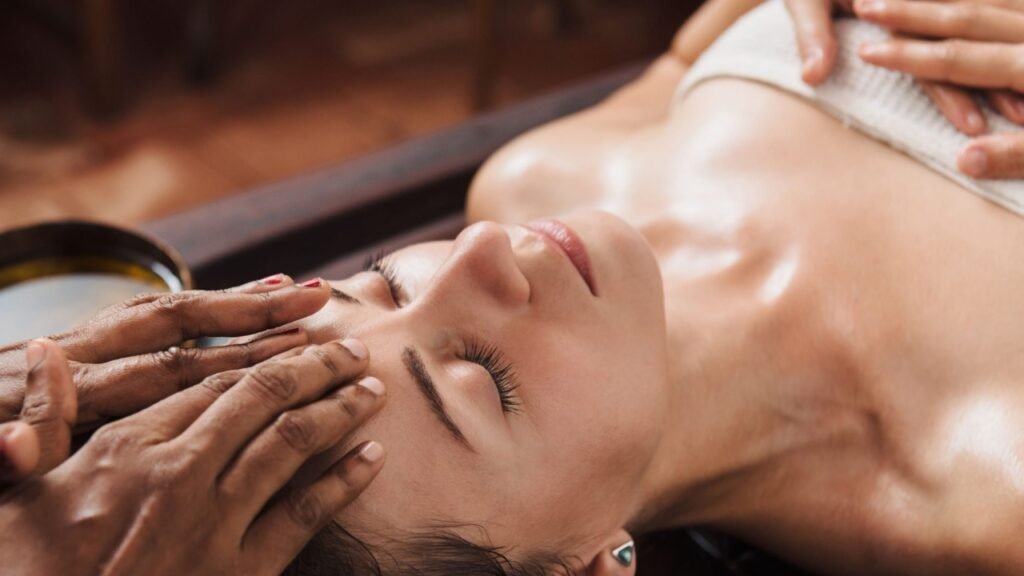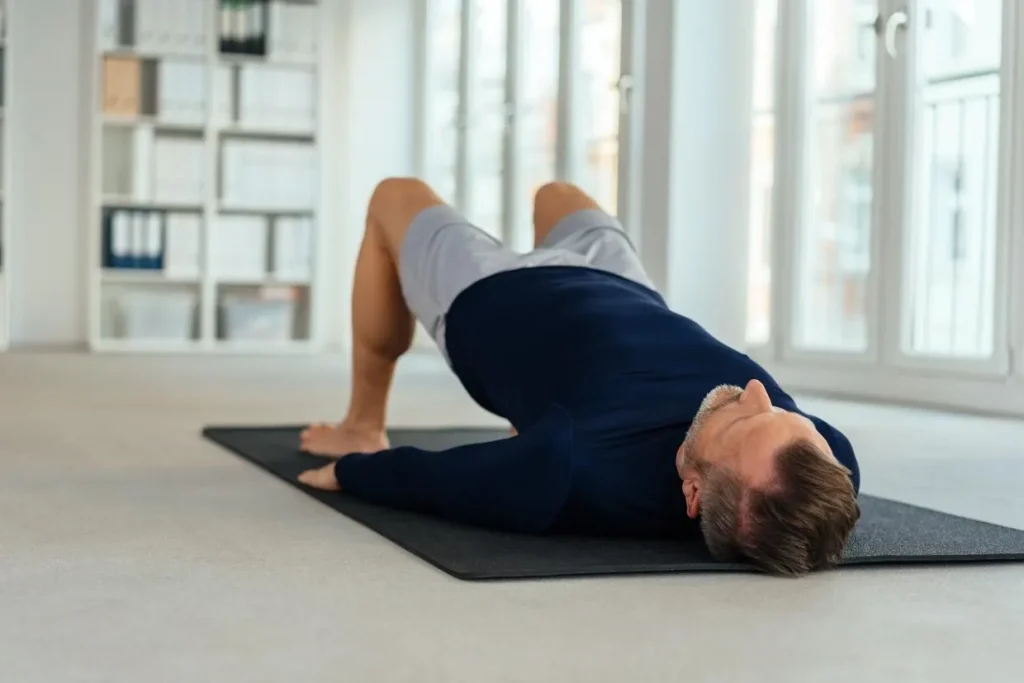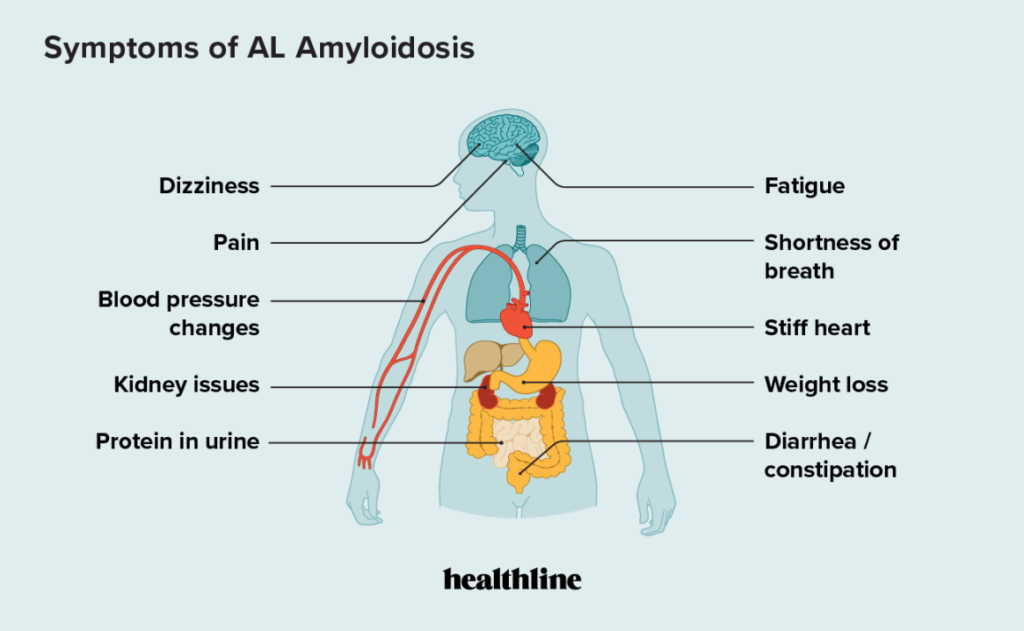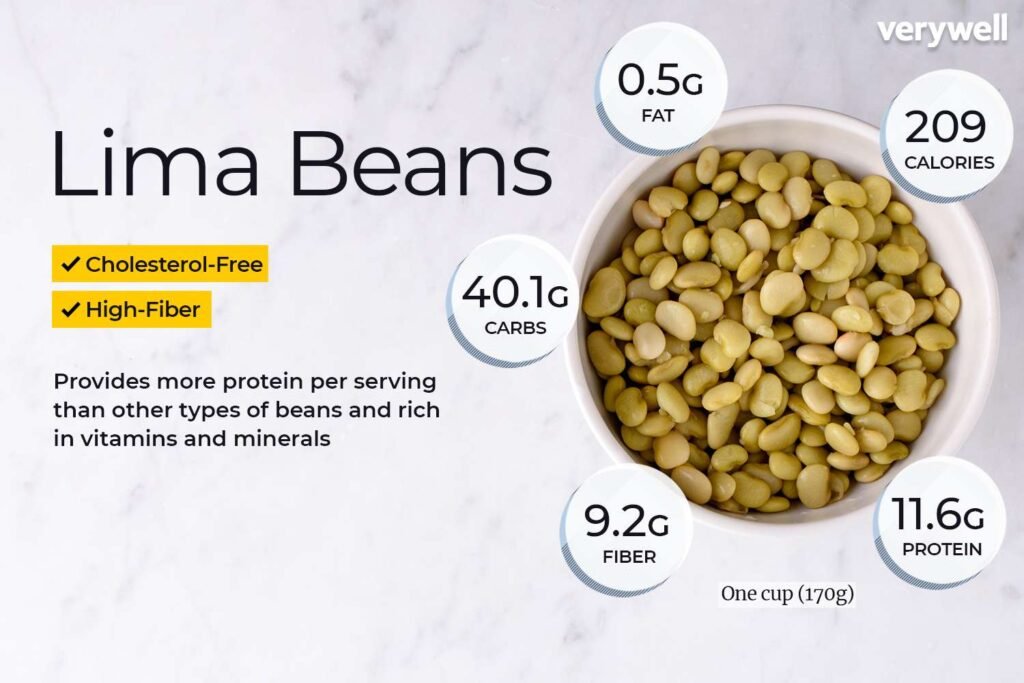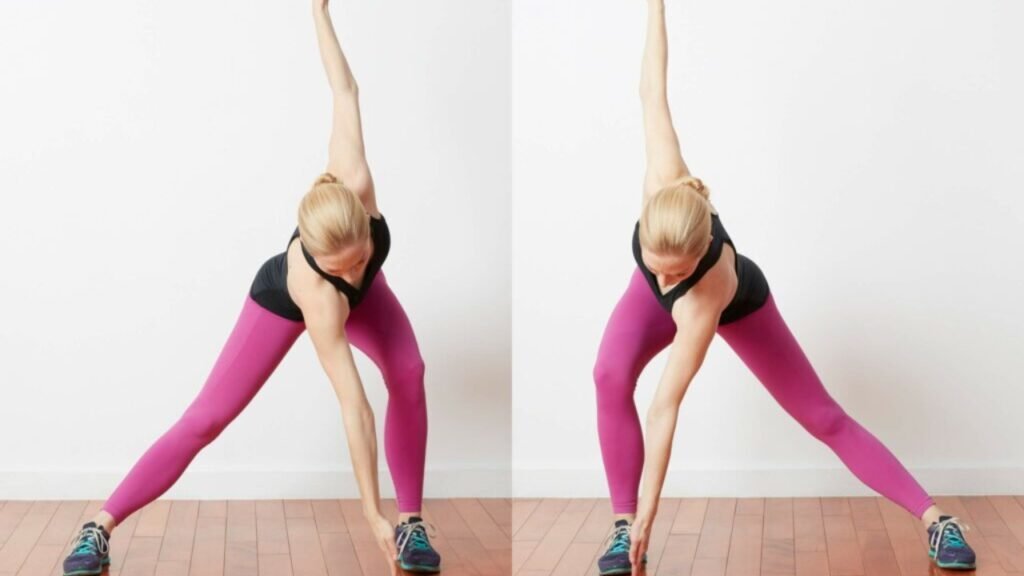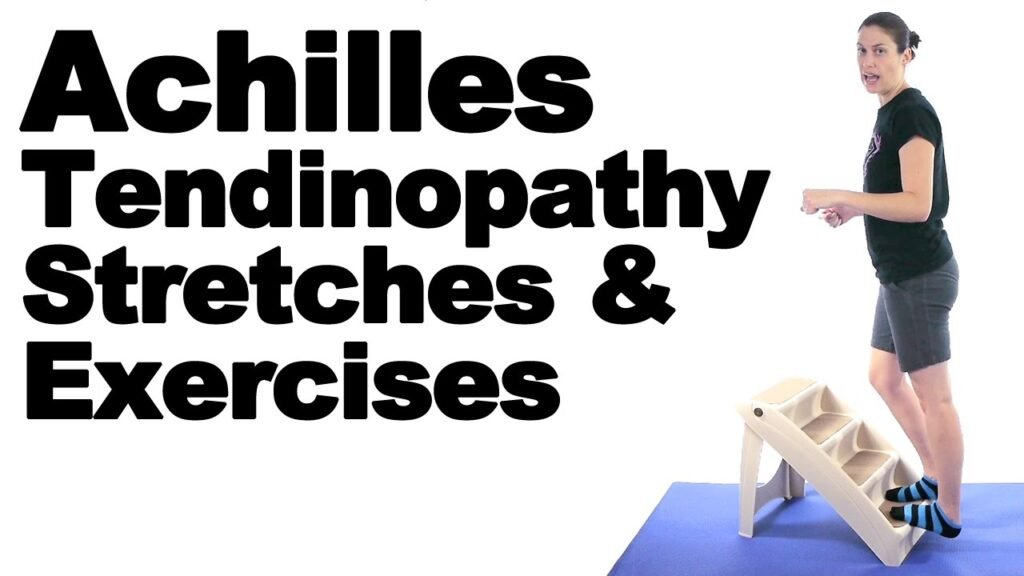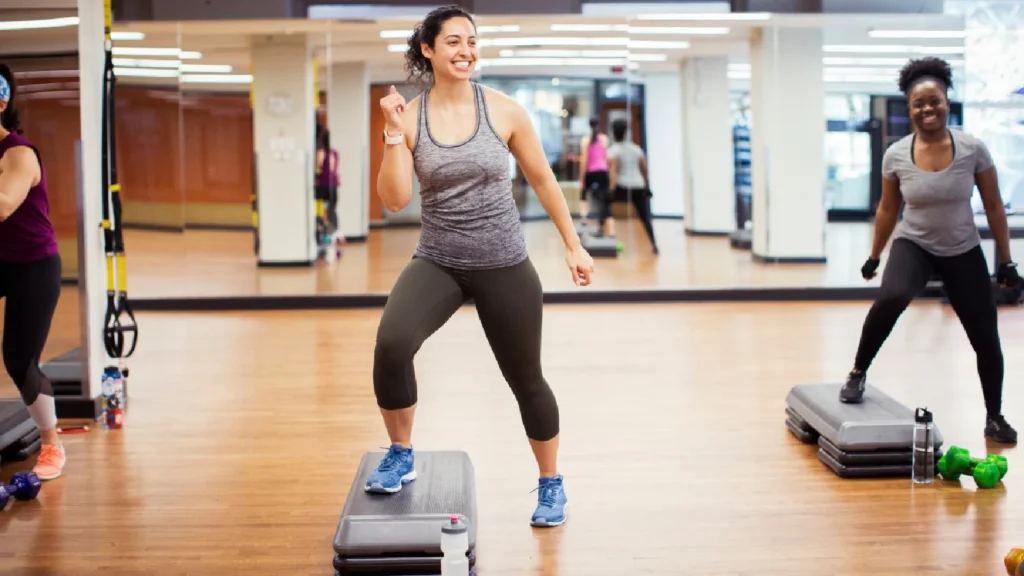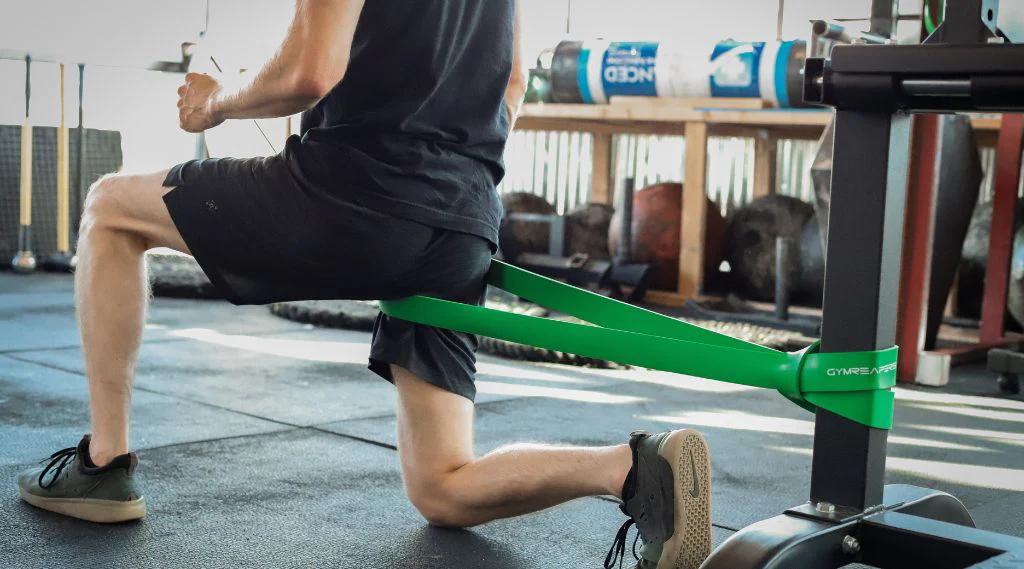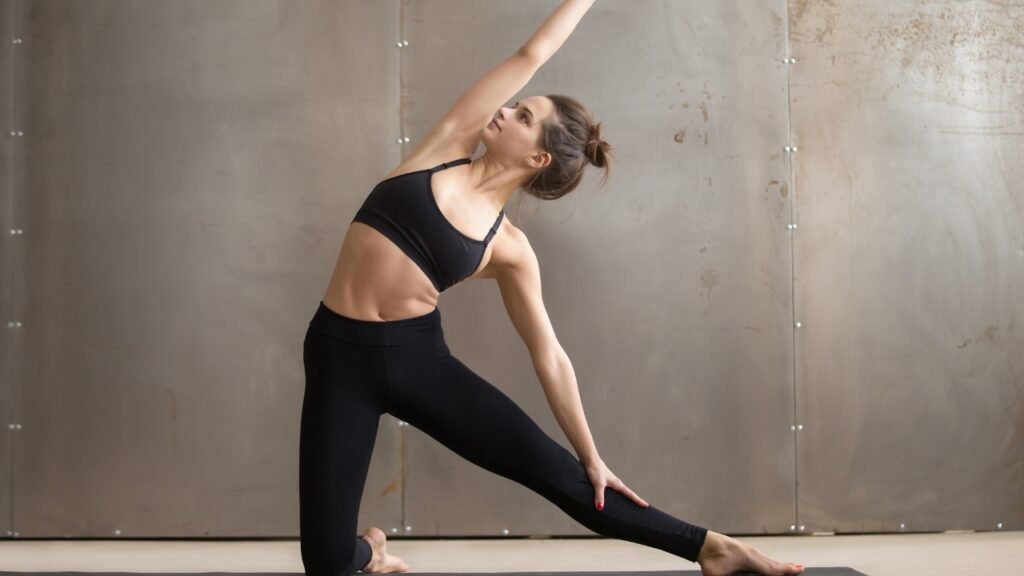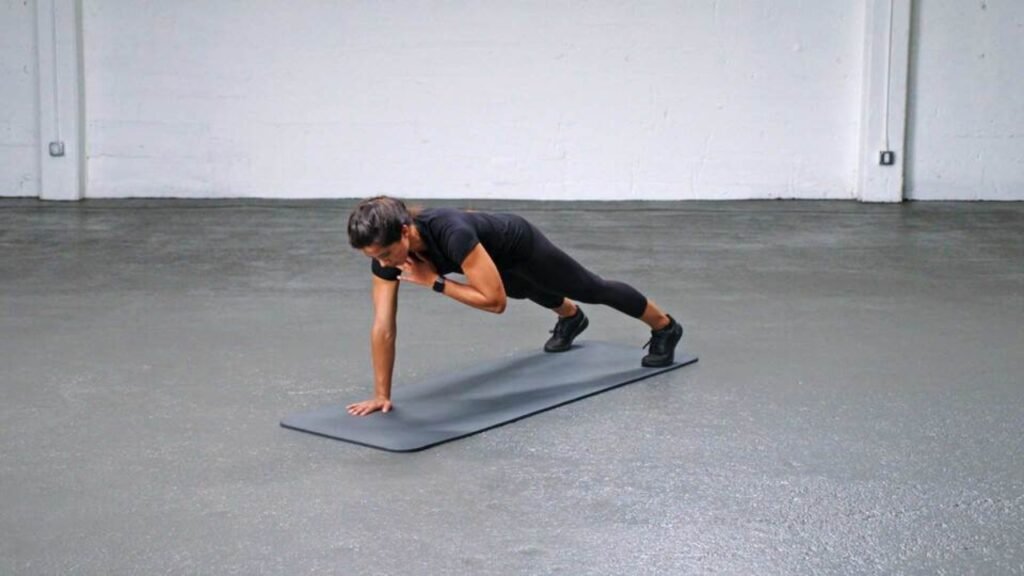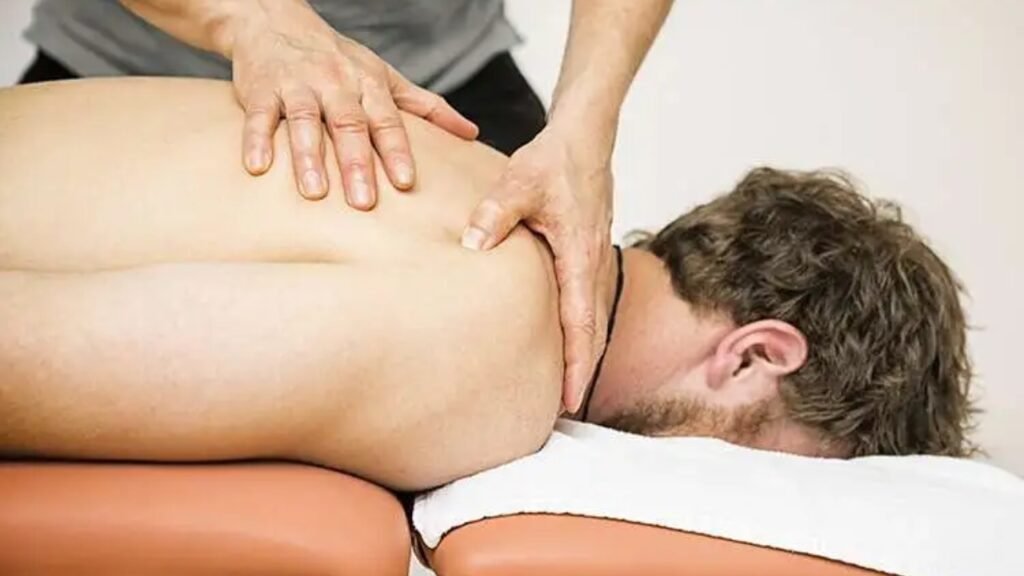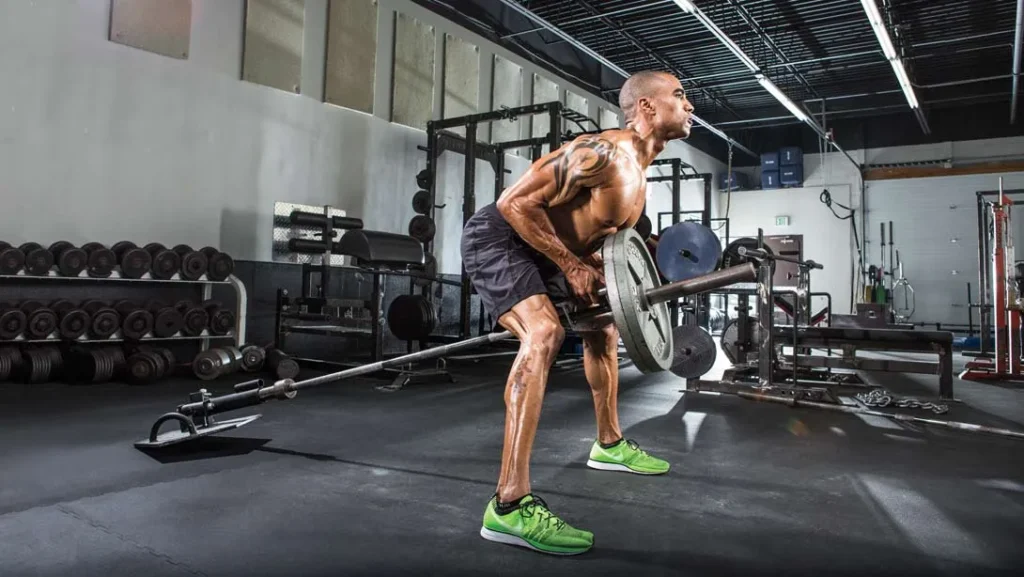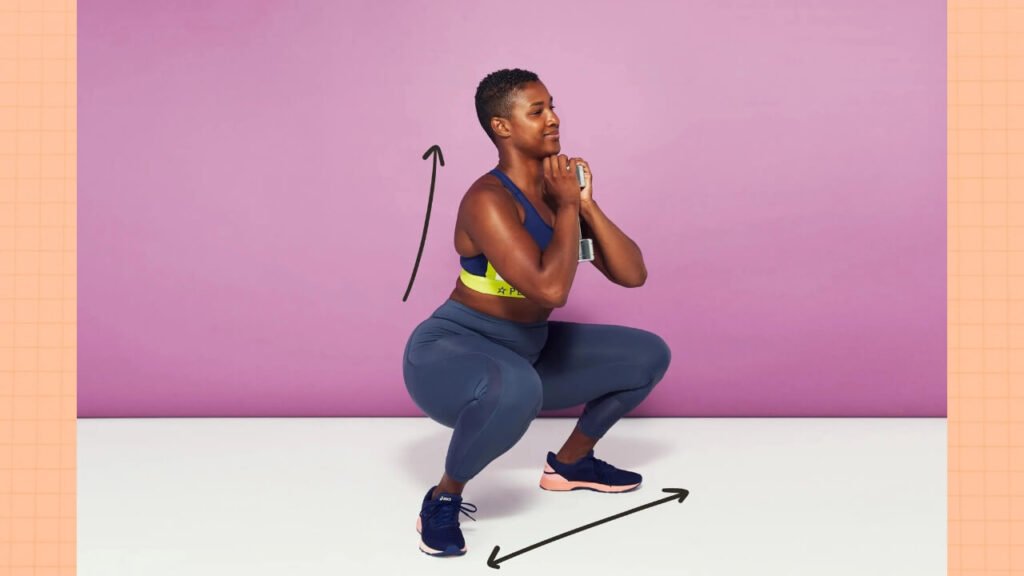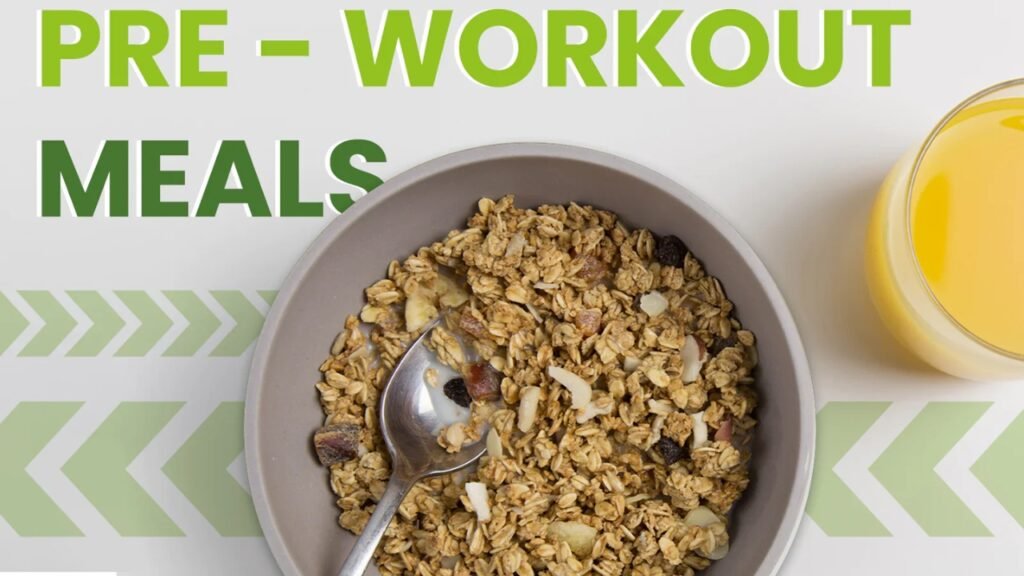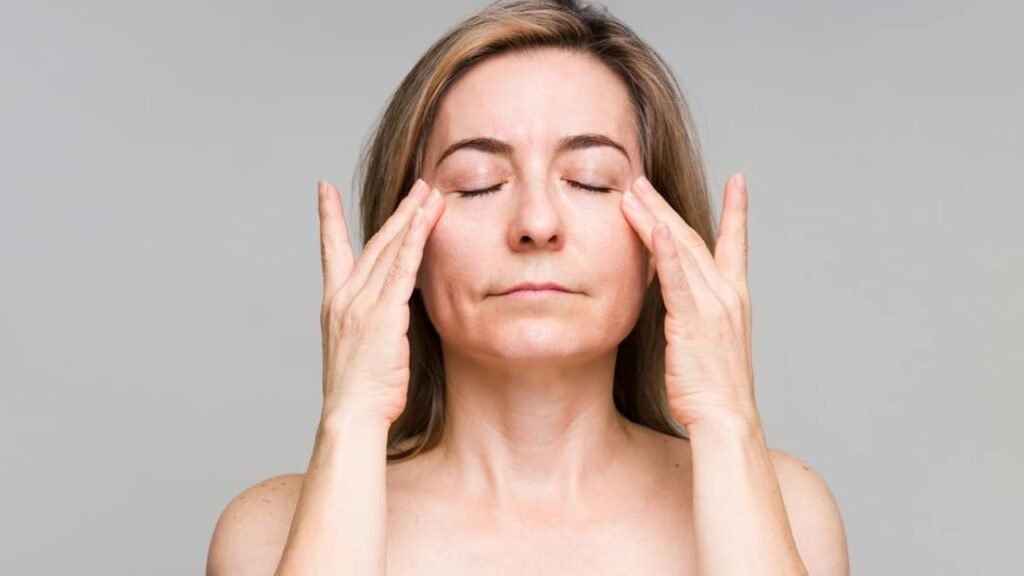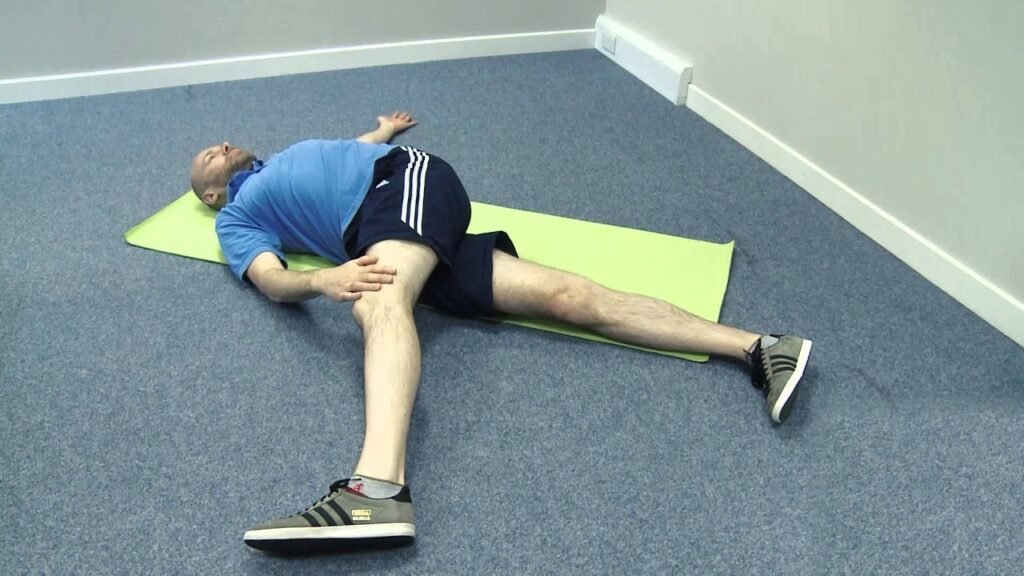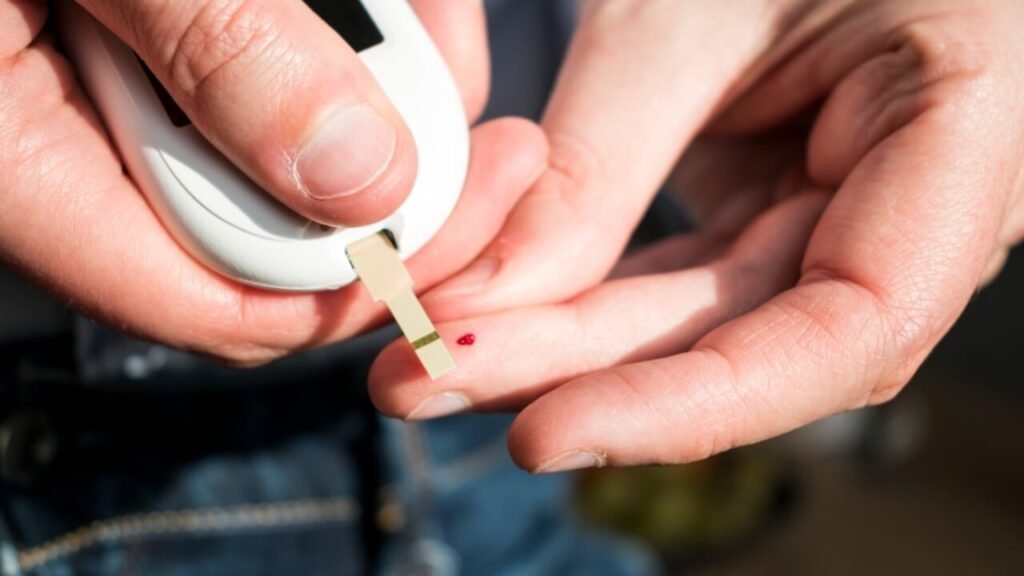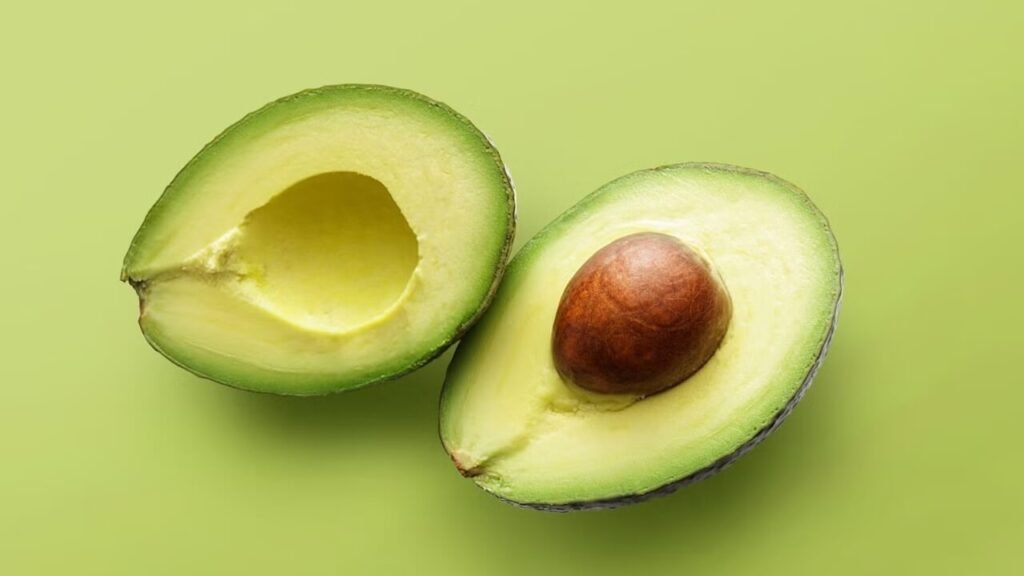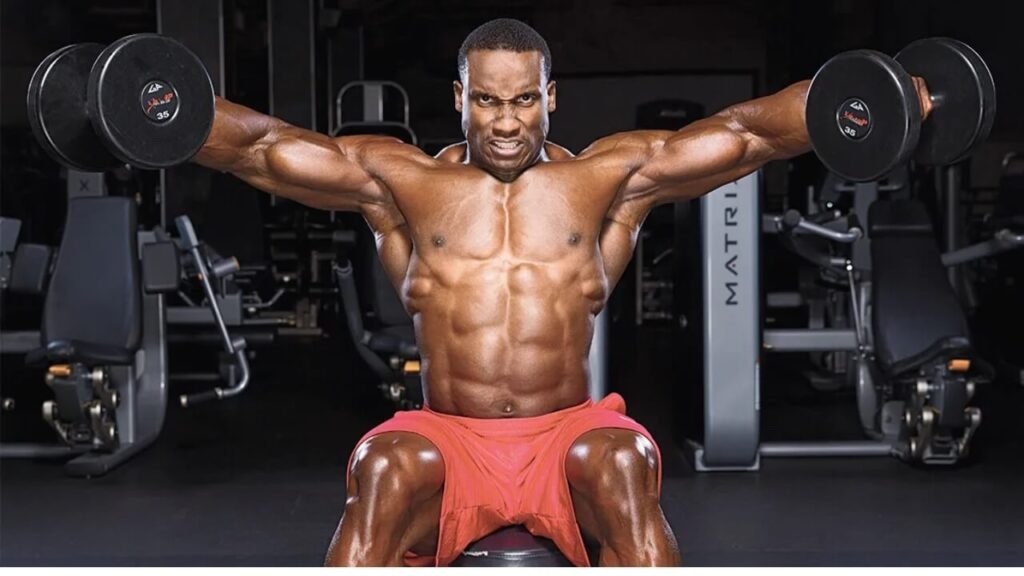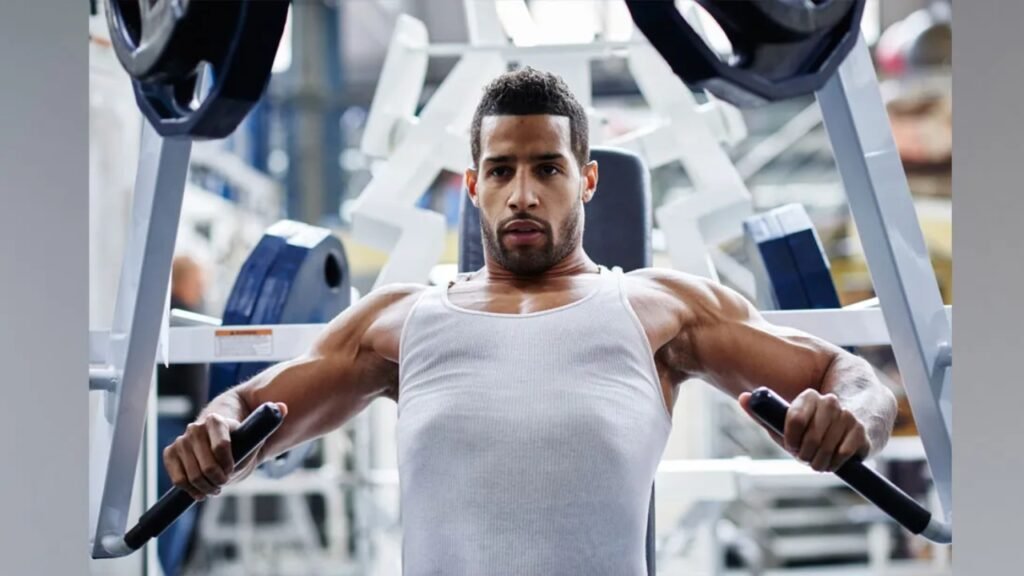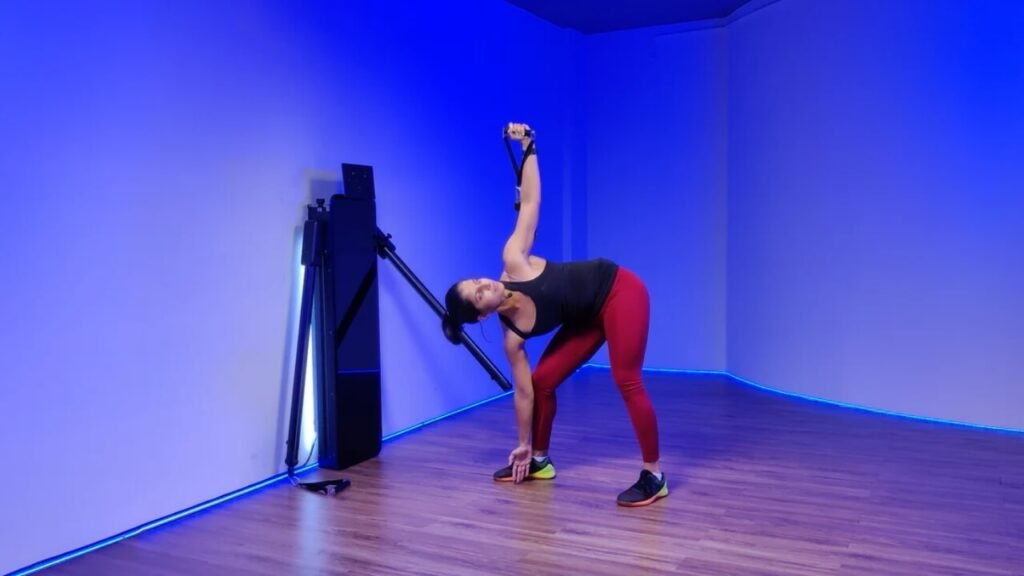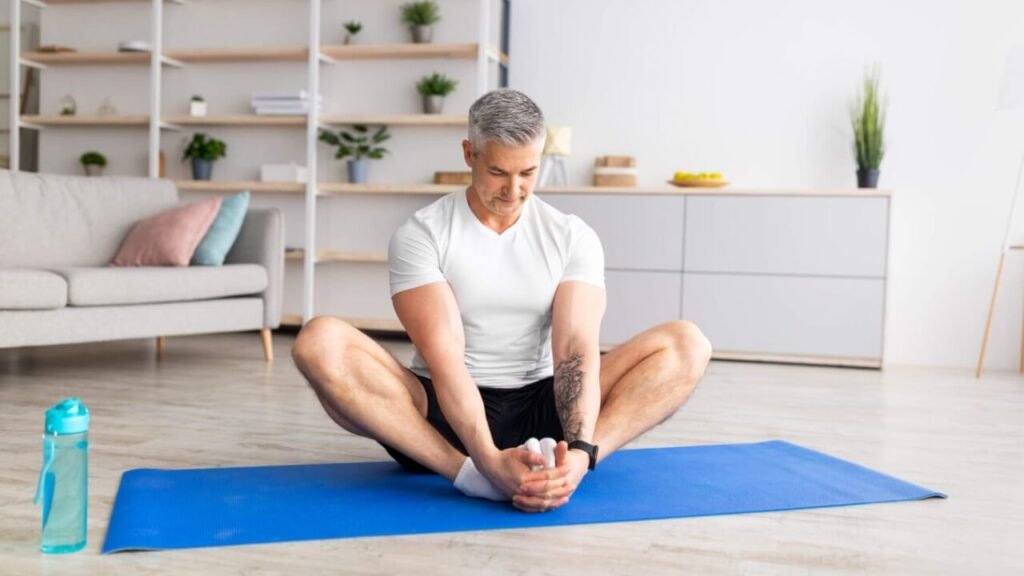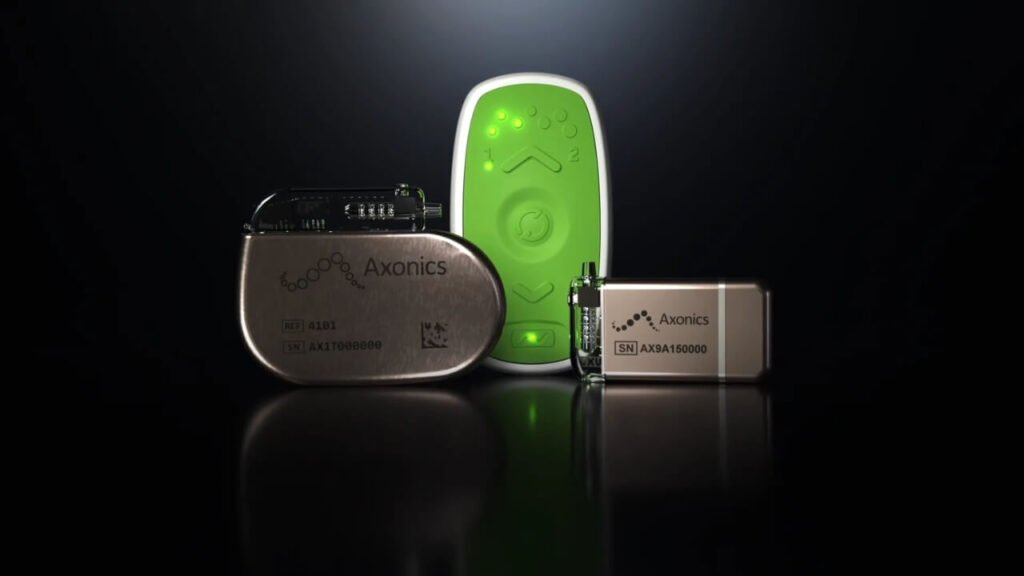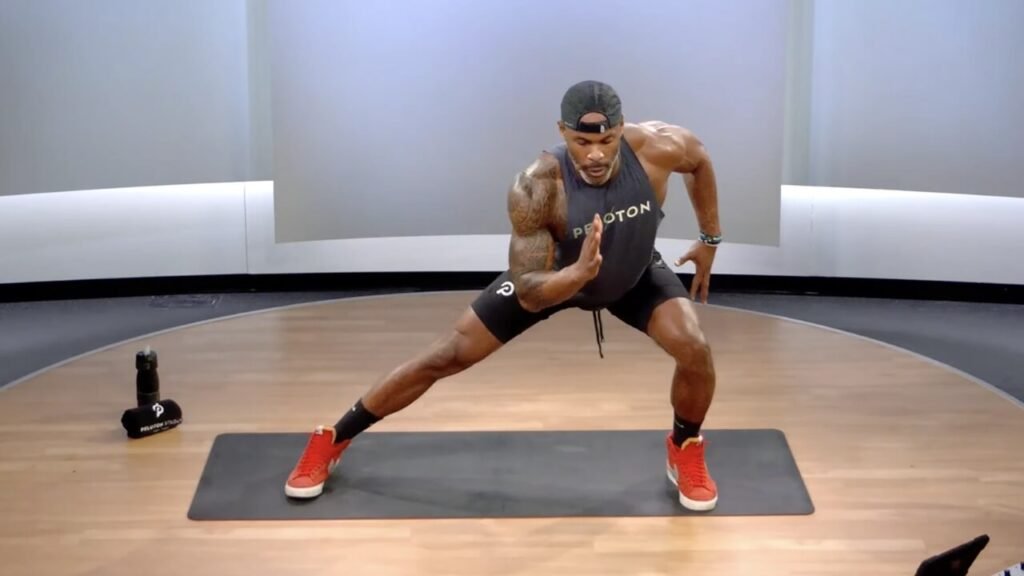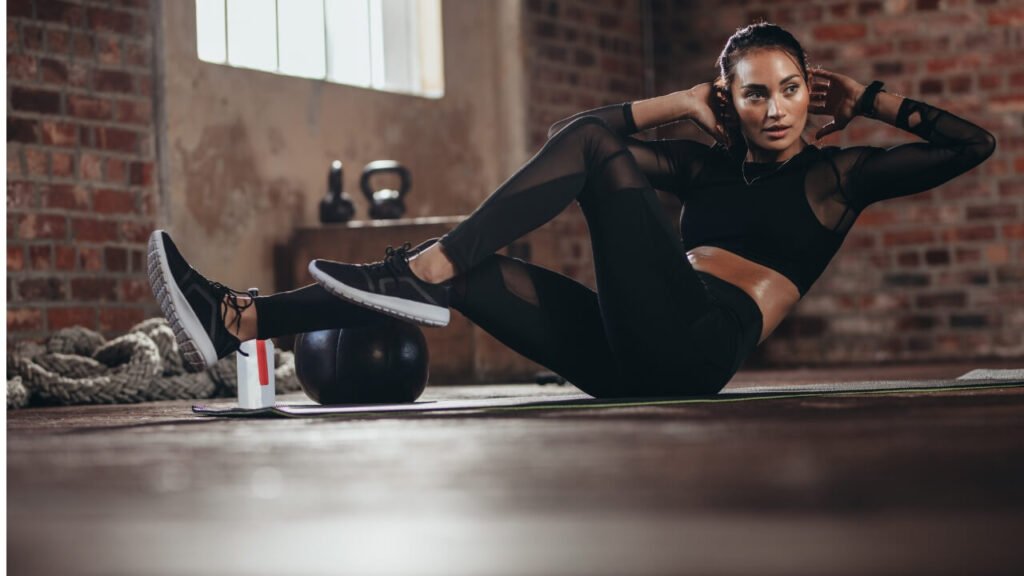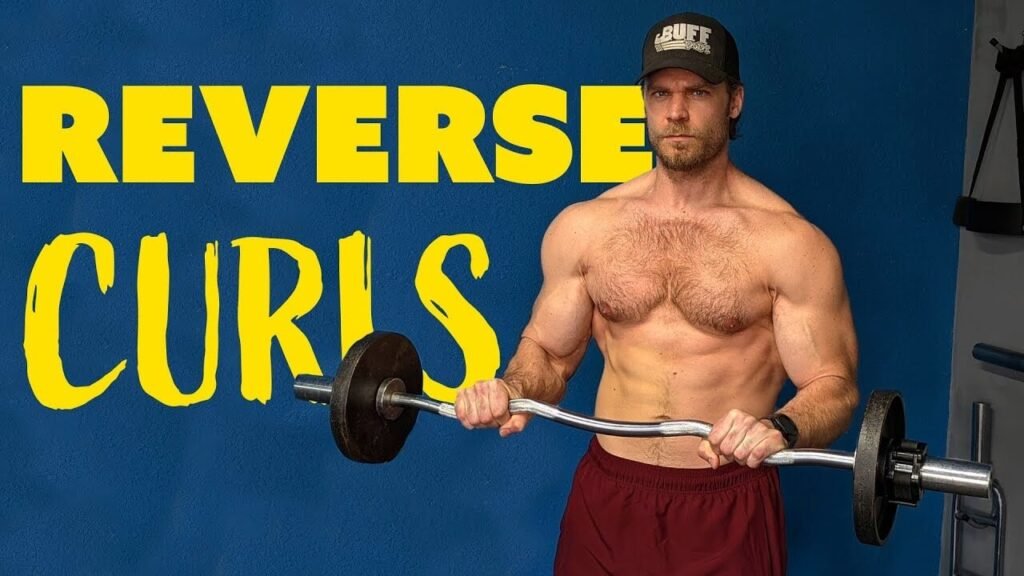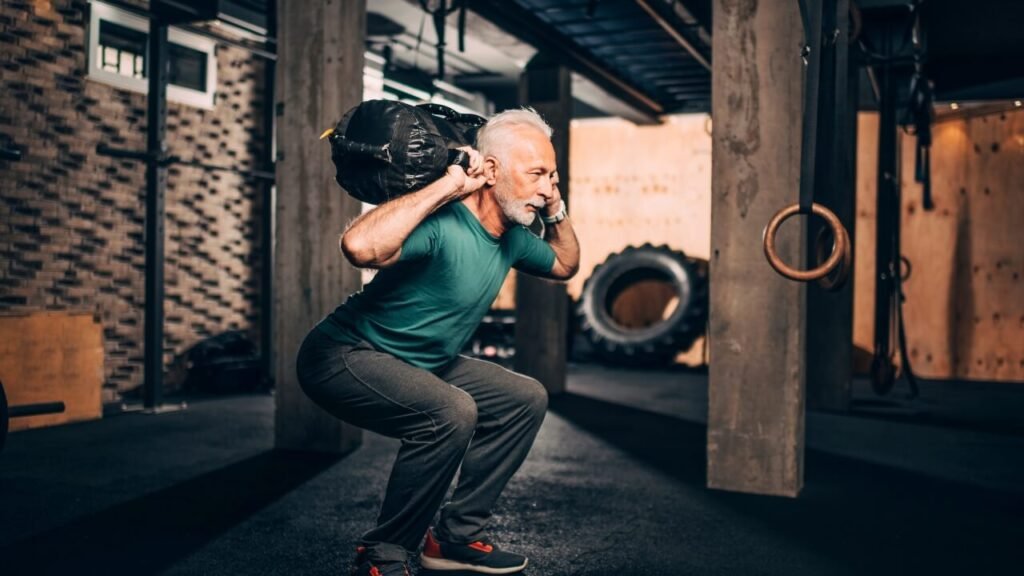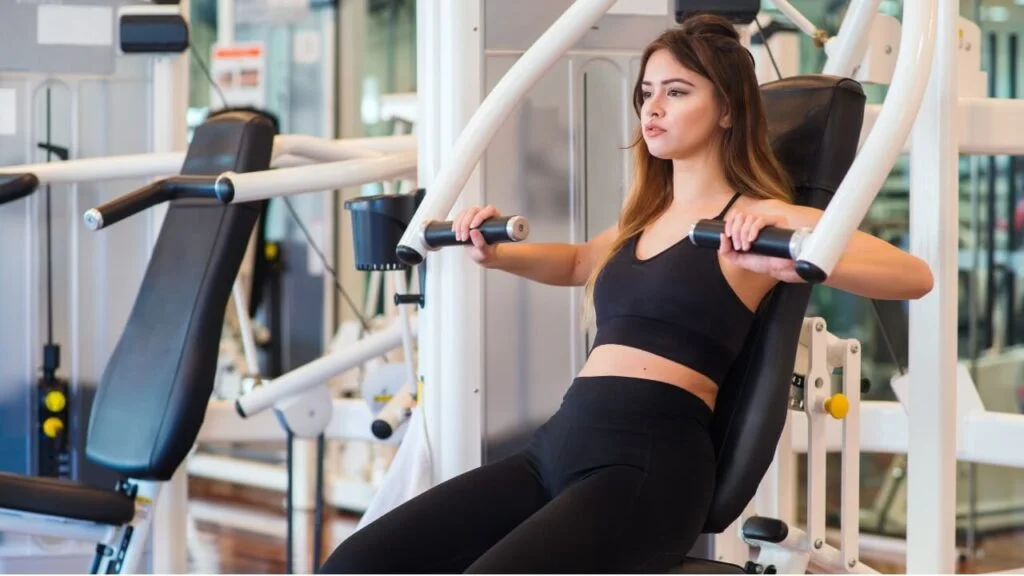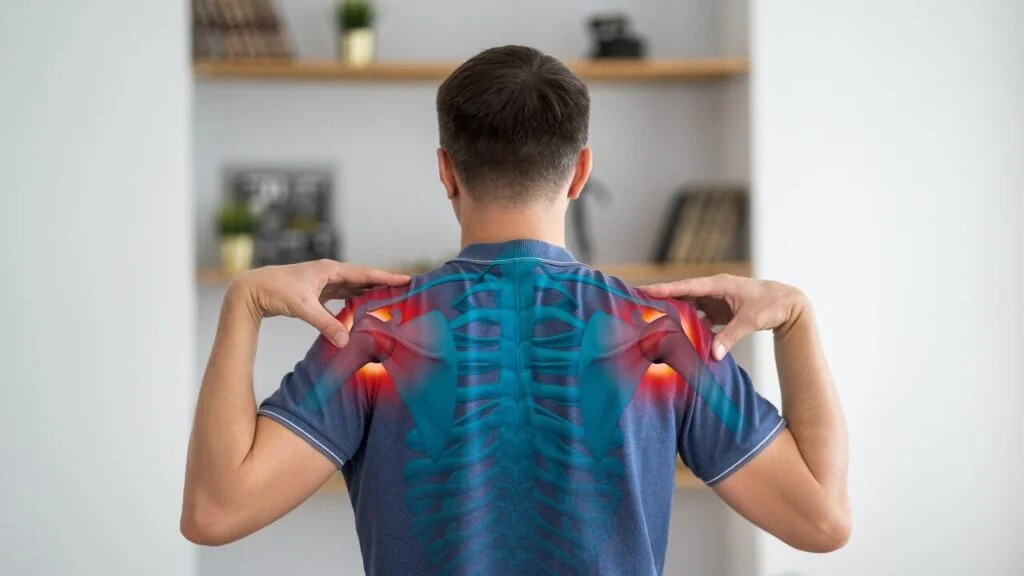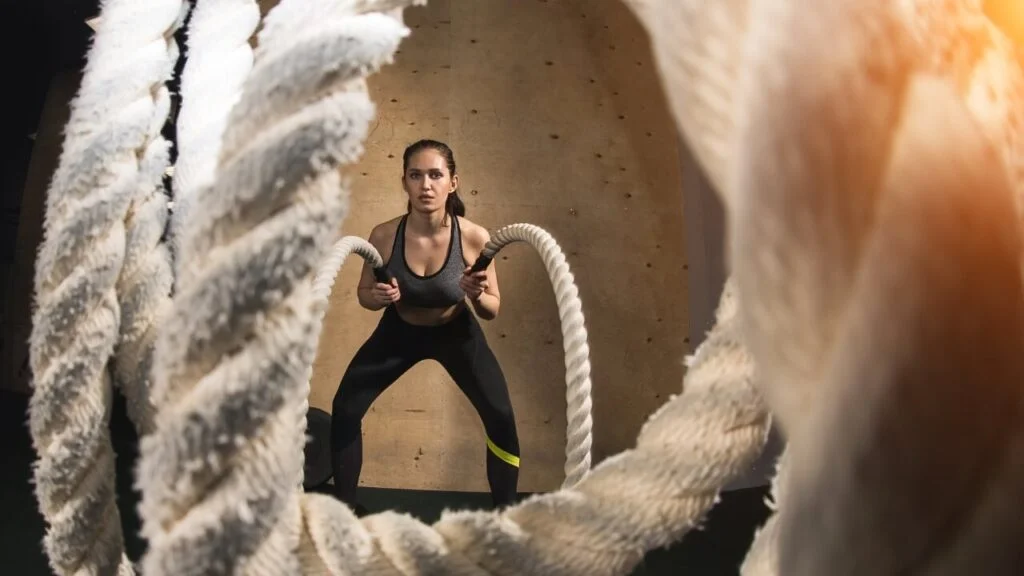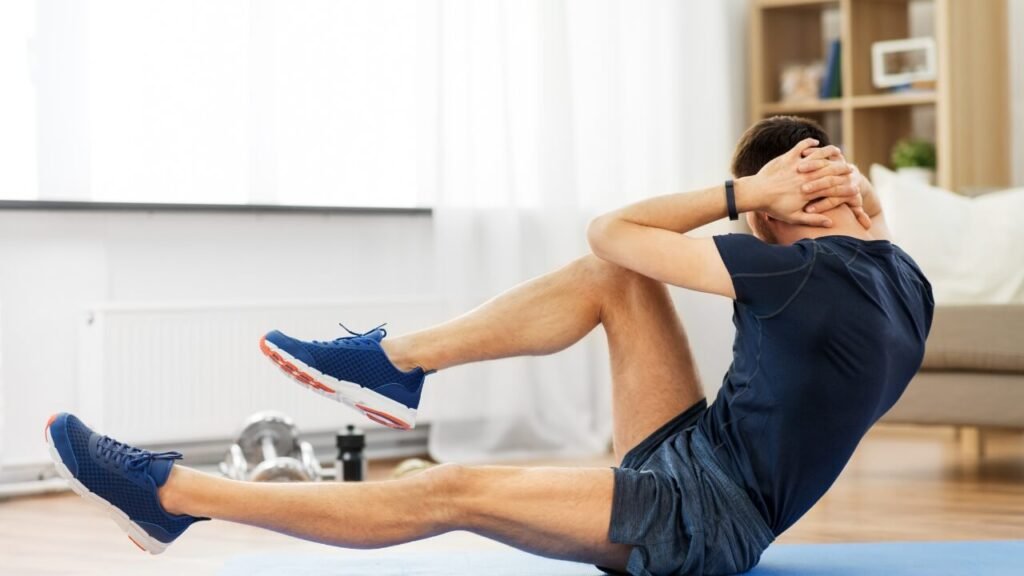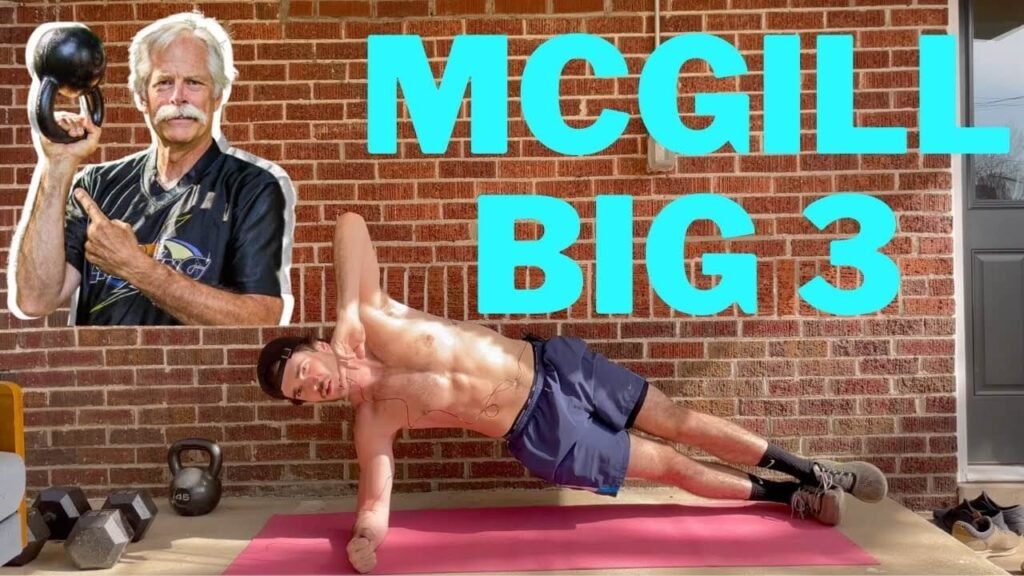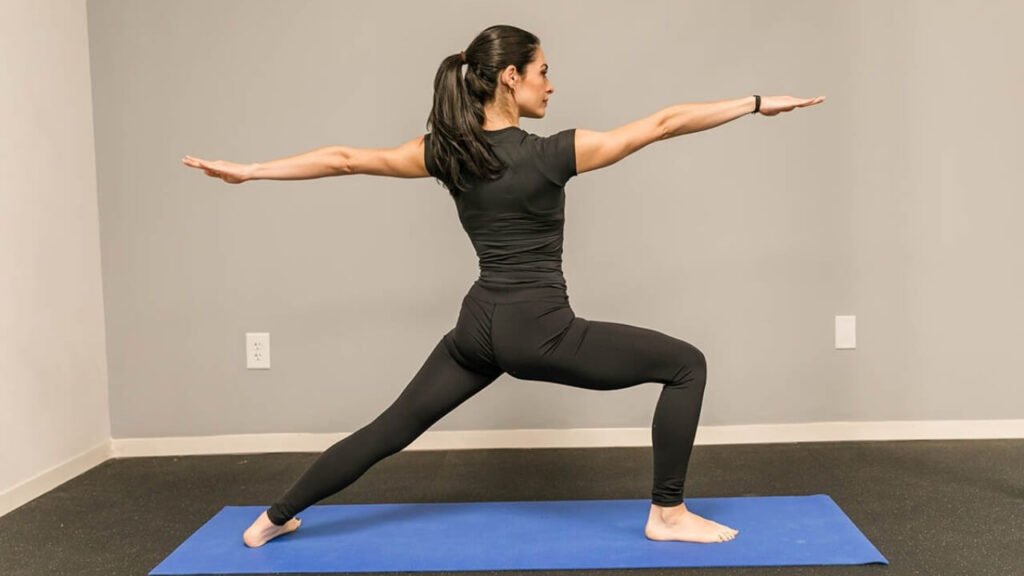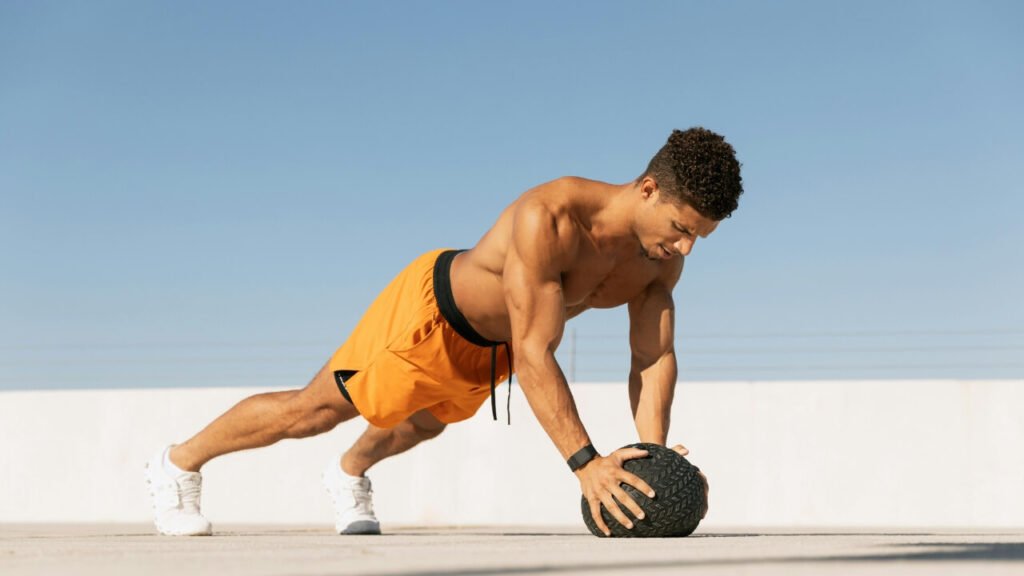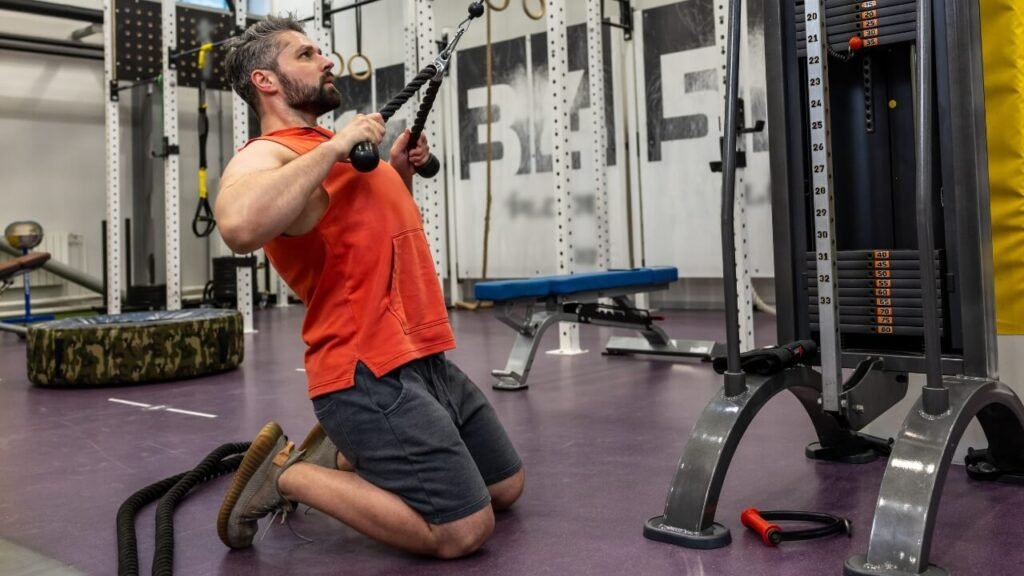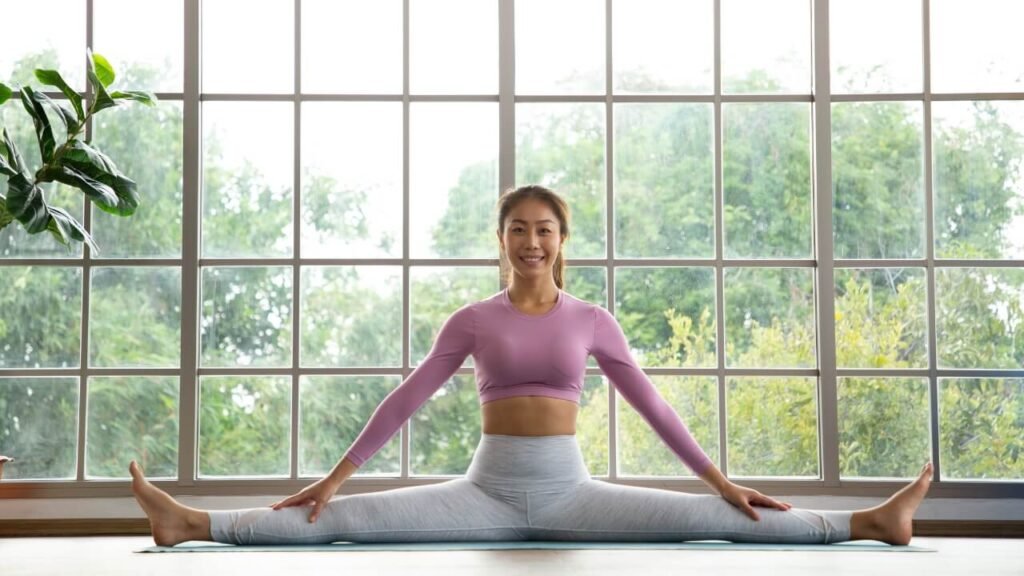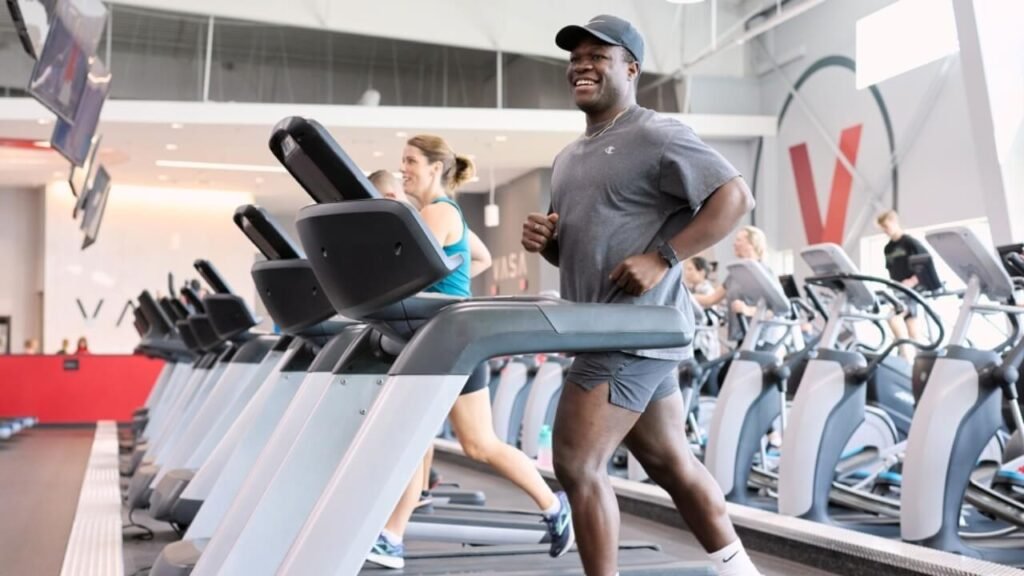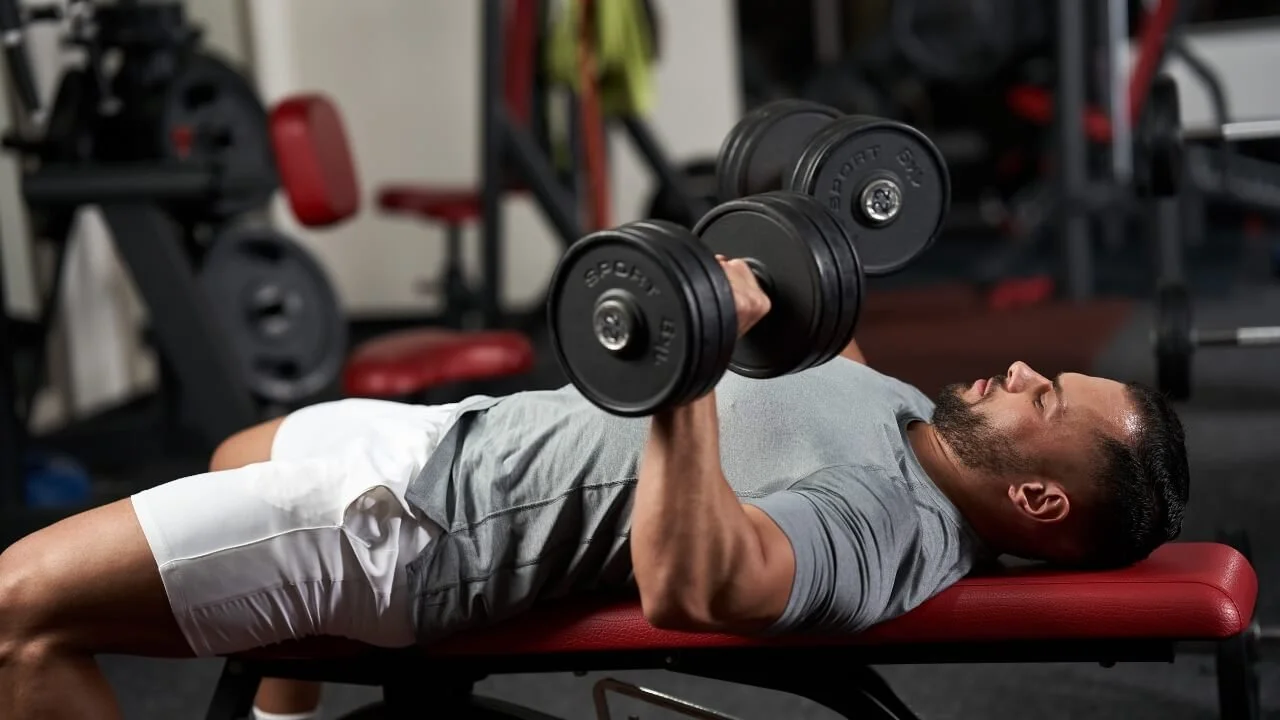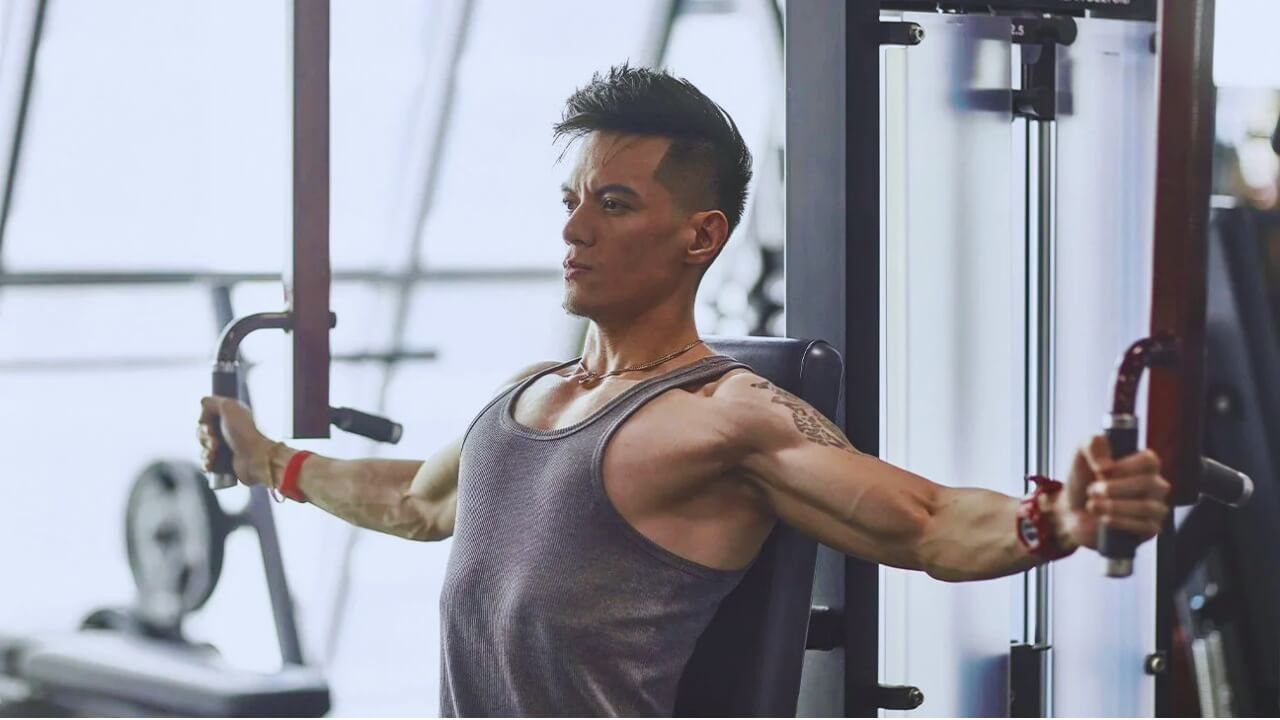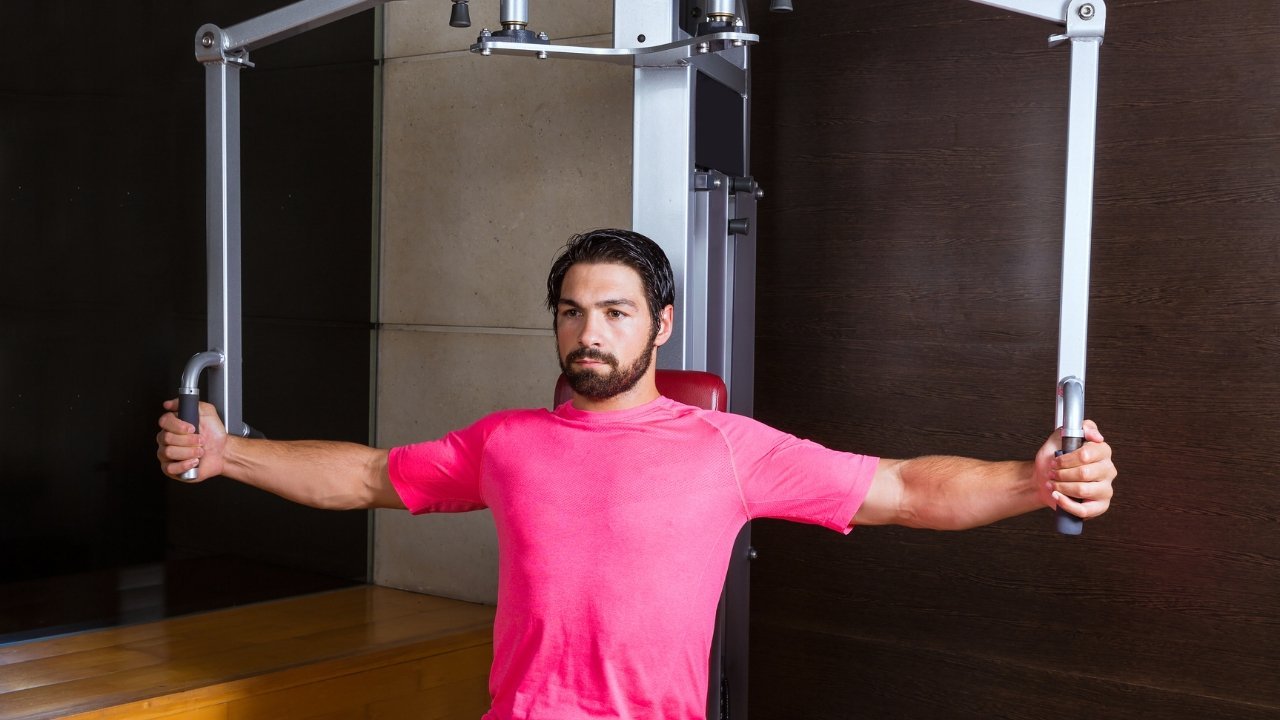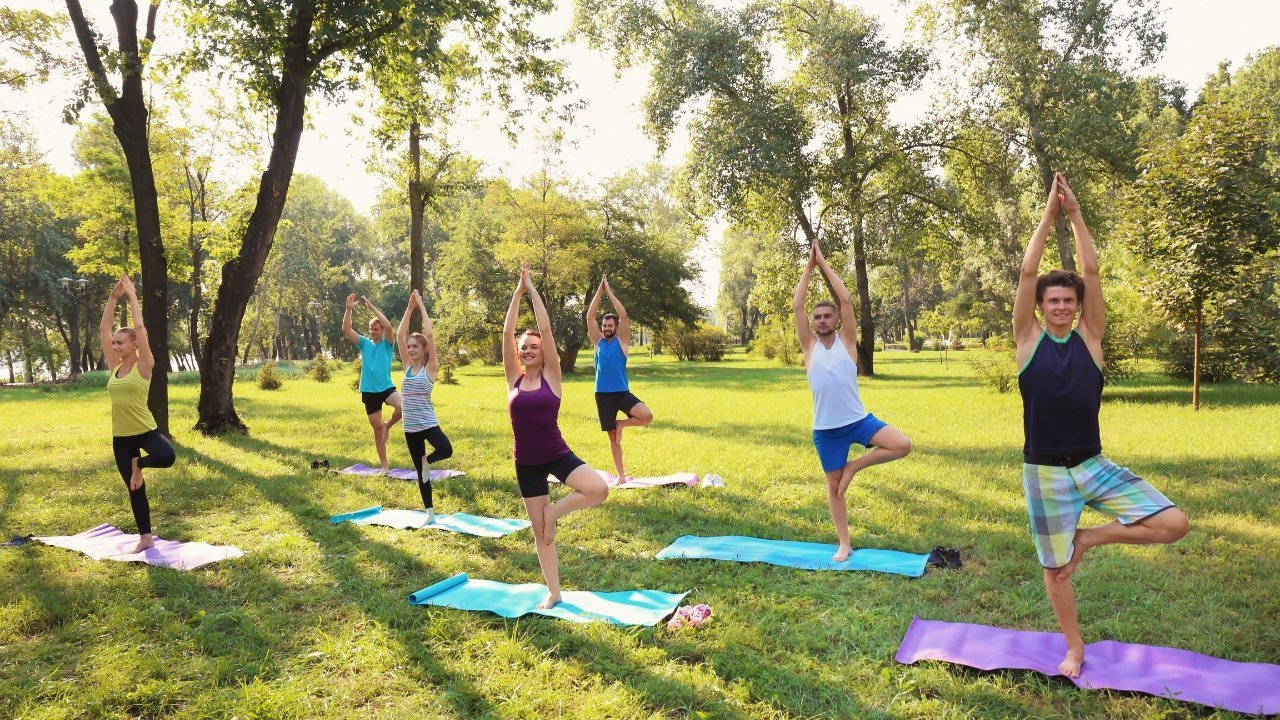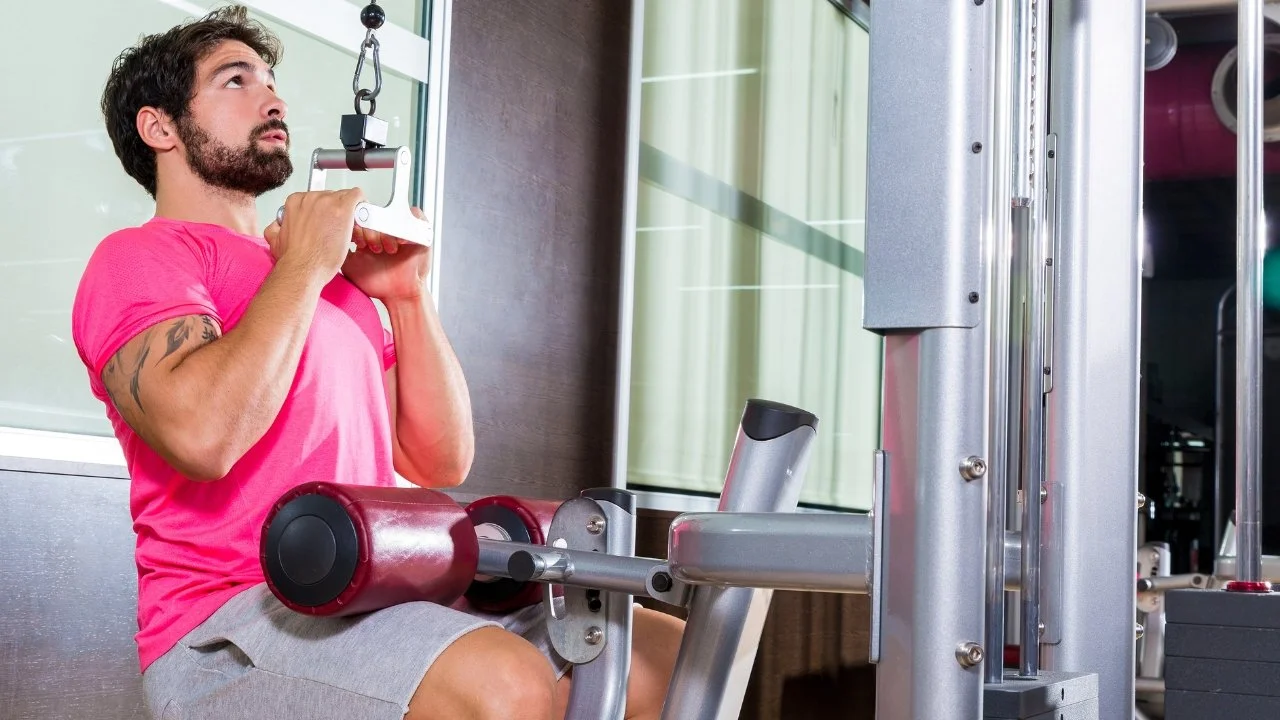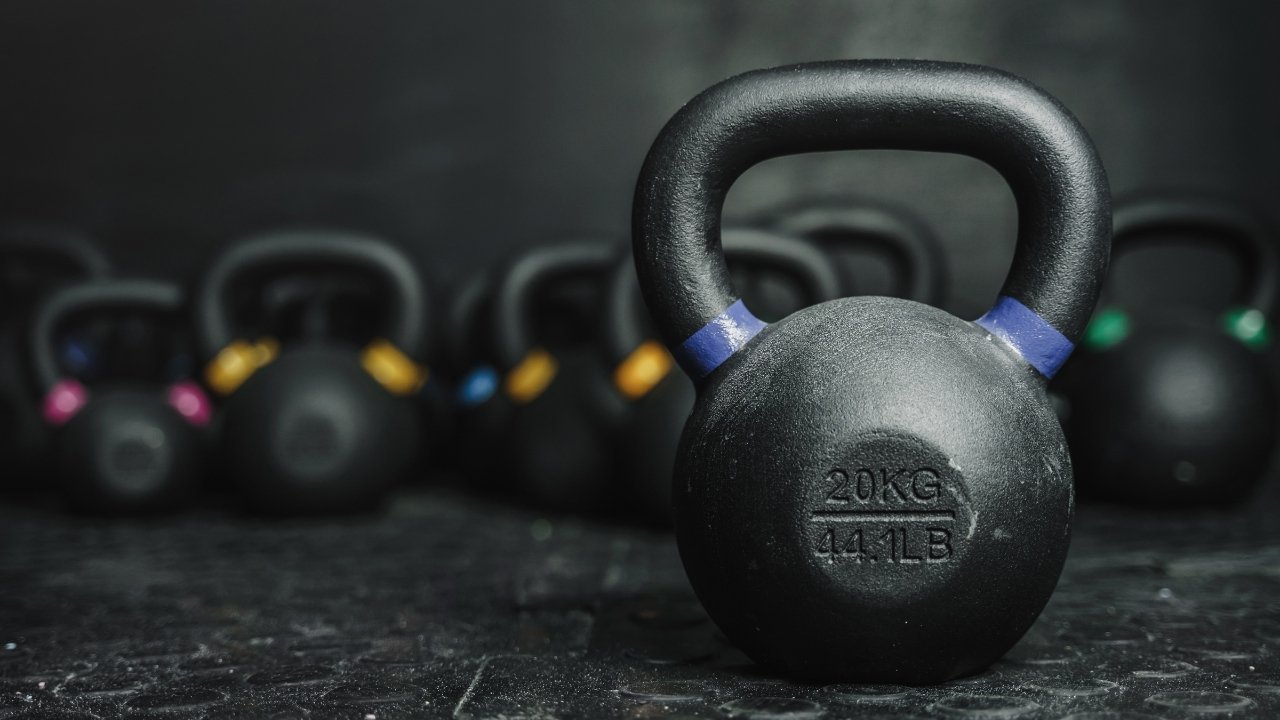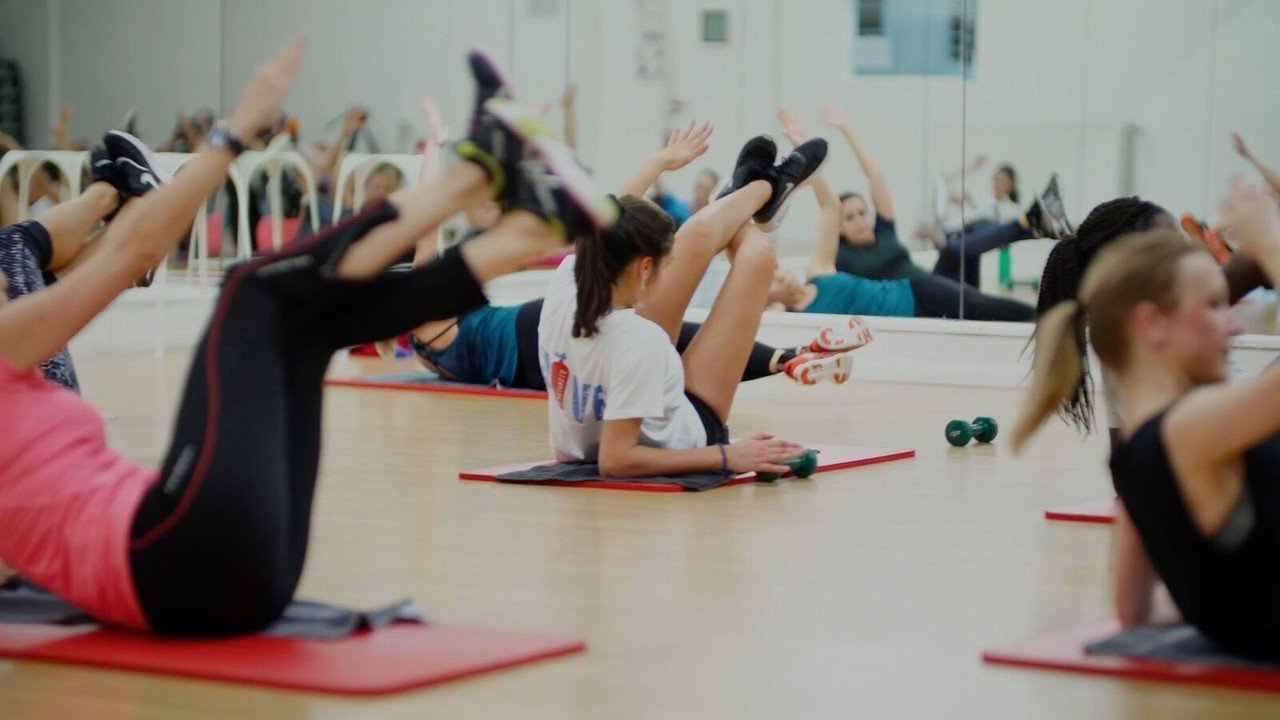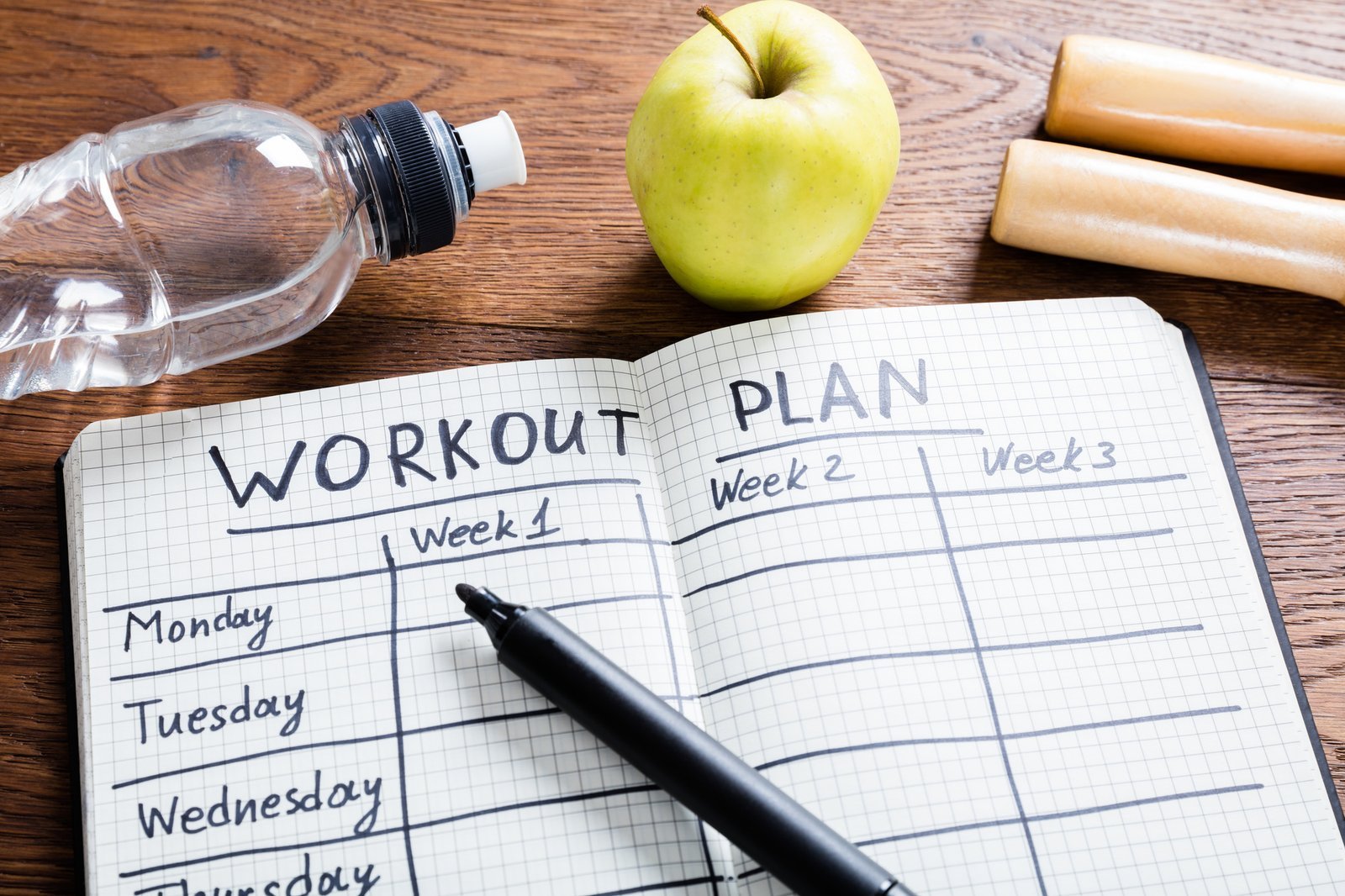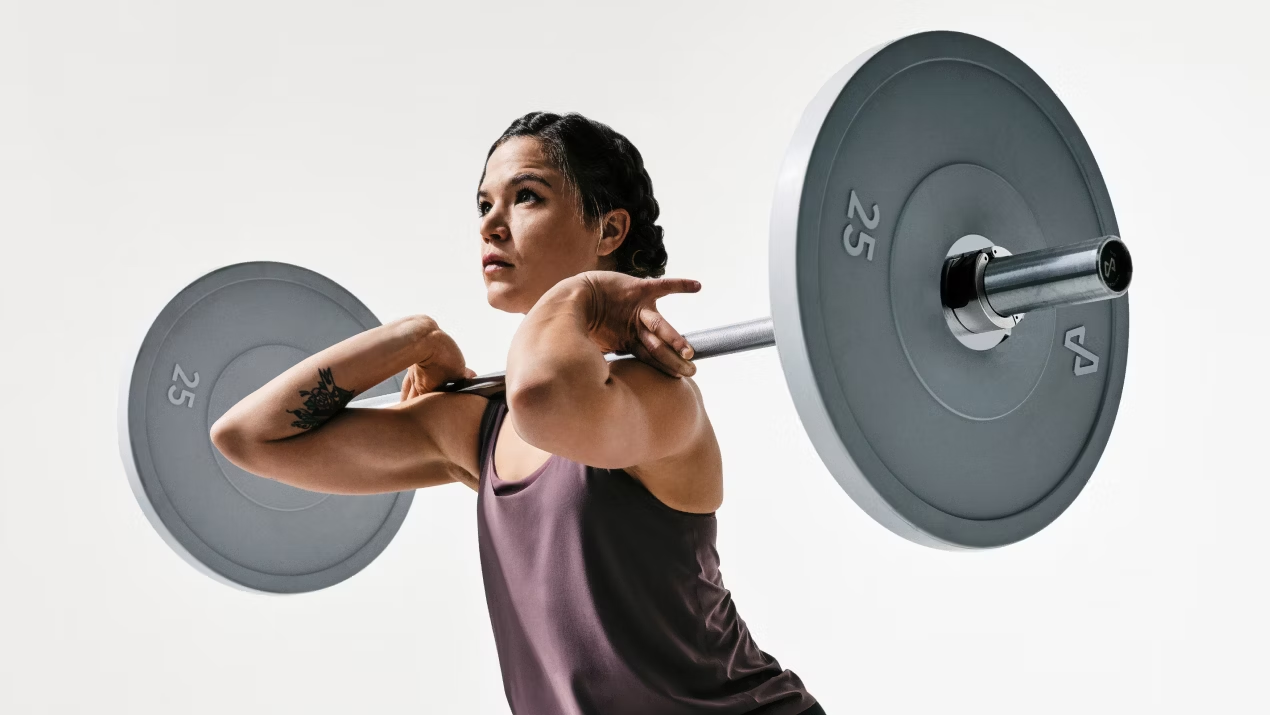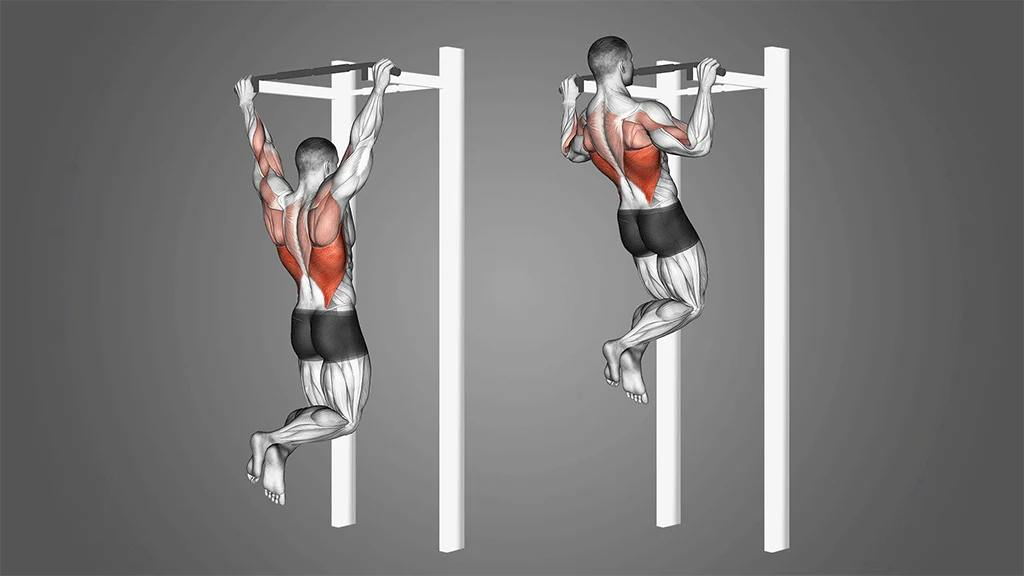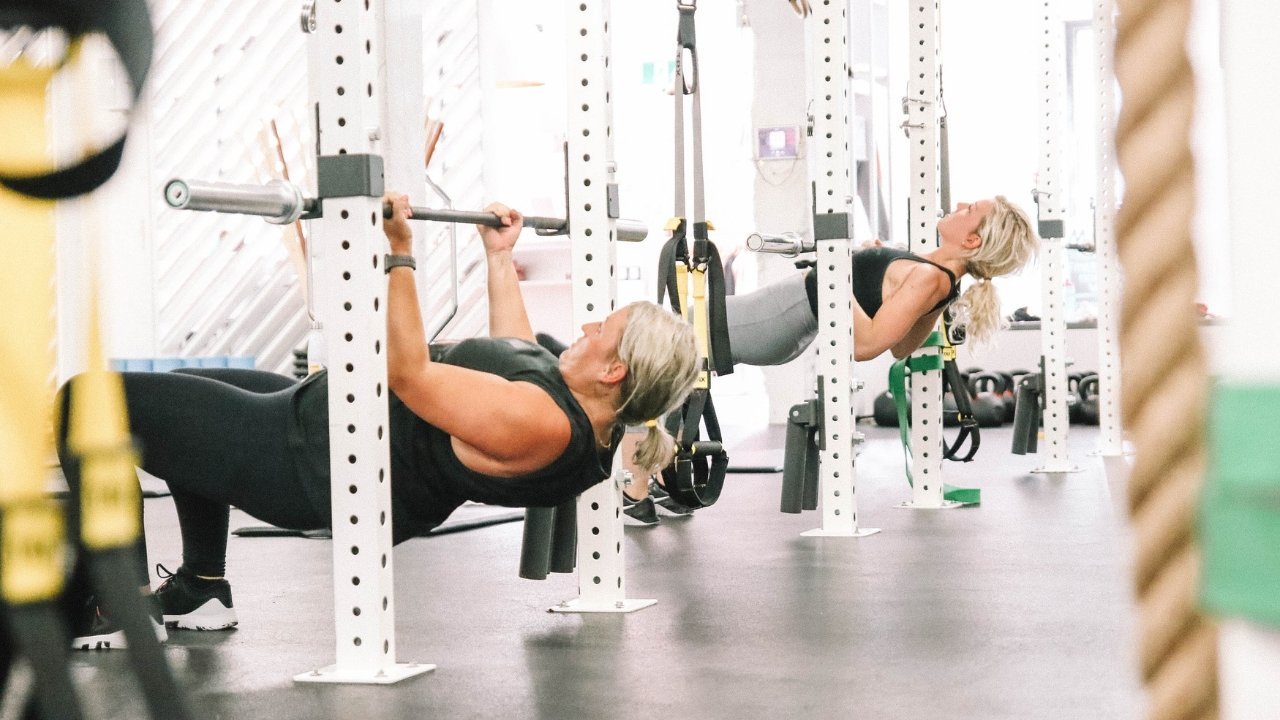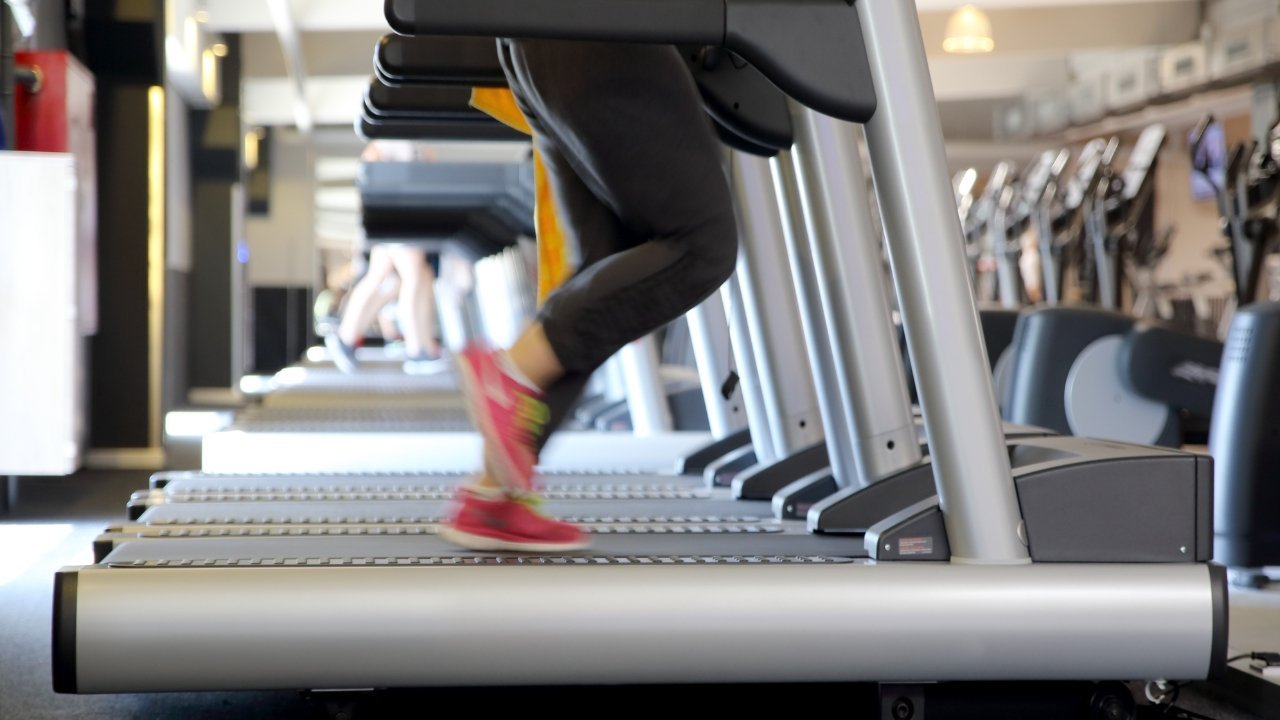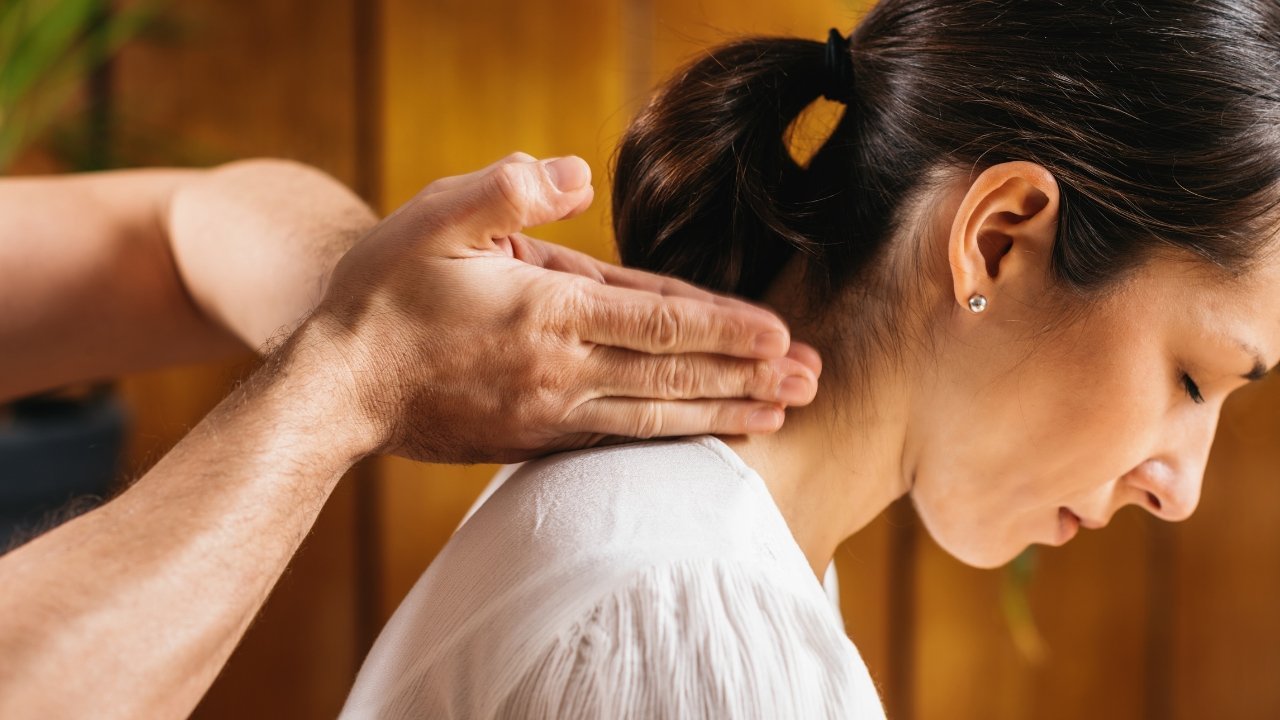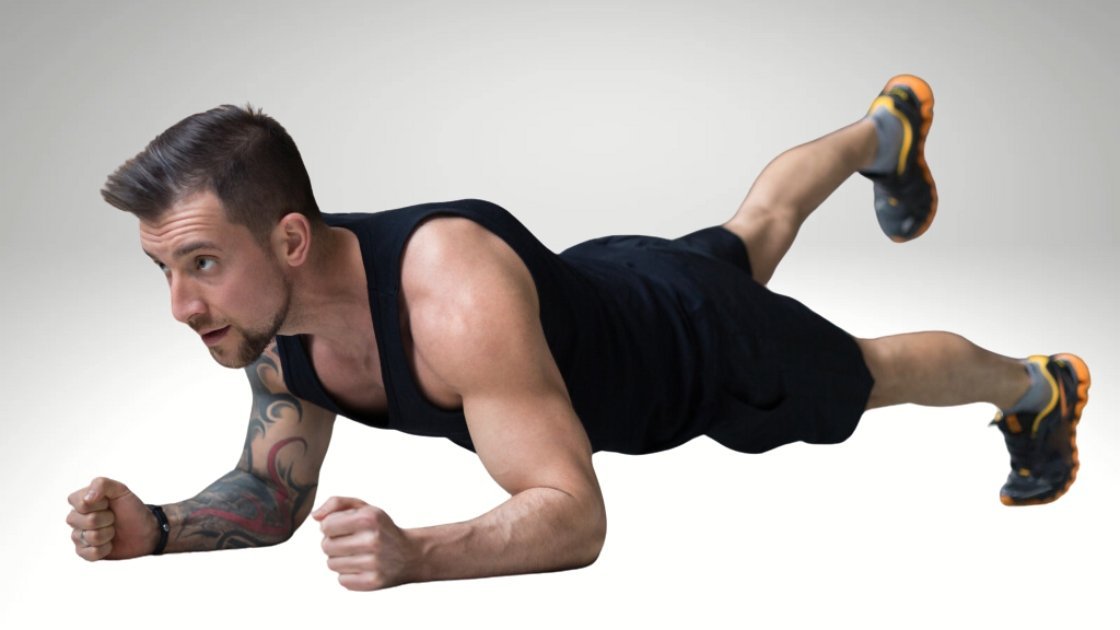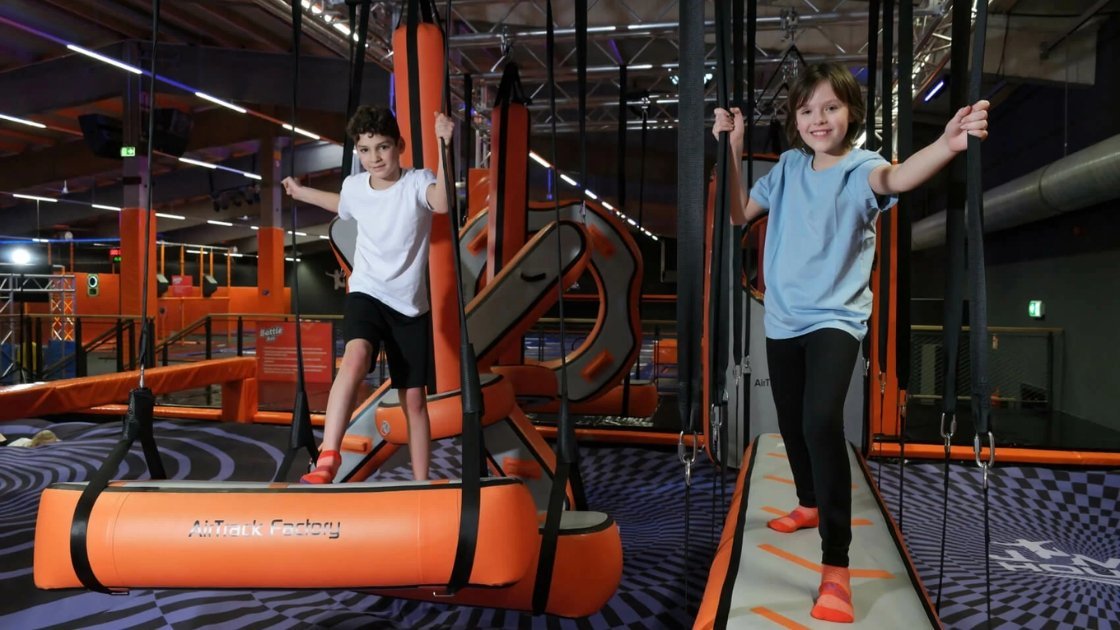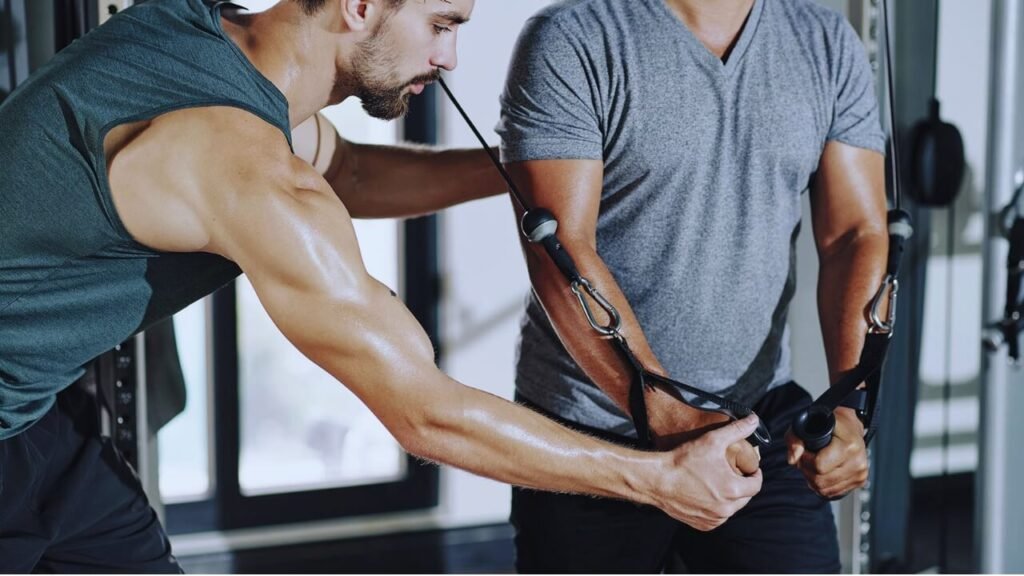Hip Circle: Skyrocket Strength & Mobility Now!

In the bustling world of fitness, where trends come and go, the hip circle has emerged as a game-changer for Americans seeking to enhance their strength, mobility, and overall athletic performance. This simple yet versatile resistance band, often slipped around the legs, has taken gyms, home workouts, and physical therapy sessions by storm, offering a low-impact way to target the glutes, hips, and core. Whether you’re a weekend warrior, a seasoned athlete, or someone recovering from an injury, the hip circle promises to elevate your fitness routine with its ability to activate muscles and improve stability. In this blog, we’ll dive deep into the world of hip circles, exploring their benefits, techniques, and real-world applications, with insights from experts and everyday users across the U.S.
Understanding the Hip Circle
A hip circle, sometimes called a booty band or mini resistance band, is a small, looped band made of elastic material, typically used to add resistance to lower-body exercises. Unlike traditional resistance bands with handles, hip circles are designed to be placed around the thighs, knees, or ankles, making them ideal for targeting the hip and glute muscles. Their compact size and affordability have made them a staple in fitness routines across America, from CrossFit boxes to living room workouts.
Why It’s Popular
The beauty of the hip circle lies in its versatility. It can be used for warm-ups, strength training, or rehabilitation, catering to beginners and advanced athletes alike. According to Dr. Kelly Starrett, a renowned physical therapist and author, “Hip circles are a fantastic tool for waking up the glutes and stabilizing the hips, which are critical for everything from running to sitting comfortably.” This endorsement highlights why hip circles have become a go-to for Americans looking to move better and feel stronger.
On Reddit’s r/Fitness community, users frequently rave about the hip circle’s impact. One poster shared, “I added hip circles to my warm-ups, and my squats feel so much more powerful. My glutes are finally firing!” Such testimonials reflect the growing popularity of hip circles among Americans seeking practical, effective fitness tools.
The Benefits of Hip Circles
The hip circle isn’t just a trendy accessory; it’s backed by science as a tool for improving strength, mobility, and injury prevention. By adding resistance to movements like lateral walks or glute bridges, hip circles activate the gluteus medius and minimus—muscles often neglected in traditional workouts. These muscles play a crucial role in stabilizing the pelvis and knees, reducing the risk of injuries during activities like running or lifting.
Health and Performance
Moreover, hip circles enhance proprioception, or the body’s awareness of its position in space, which is essential for balance and coordination. A 2020 study in the Journal of Strength and Conditioning Research found that resistance band exercises, including those with hip circles, significantly improved lower-body strength and power in athletes. For Americans dealing with sedentary lifestyles or desk jobs, hip circles offer a way to counteract tight hips and weak glutes, common culprits of lower back pain.
Reddit’s r/xxfitness, a community for women’s fitness, often discusses these benefits, with users noting improvements in posture and athletic performance. One user commented, “Hip circles helped me fix my knee pain during runs. I didn’t realize how weak my hips were!” This feedback underscores the hip circle’s role in addressing common physical challenges faced by Americans.
Mastering Hip Circle Techniques
Getting started with a hip circle is straightforward, but proper technique is key to maximizing its benefits. For beginners, a light or medium-resistance band is ideal, allowing you to focus on form without straining. One of the most popular exercises is the lateral band walk, where you place the hip circle above your knees, assume a slight squat, and step side-to-side while keeping tension on the band. This move targets the gluteus medius, improving hip stability.
Key Exercises
Another effective exercise is the glute bridge with a hip circle. Lying on your back with the band around your thighs, you lift your hips while pressing your knees outward against the band’s resistance. This engages the glutes and core simultaneously, building strength and endurance. For a dynamic warm-up, try monster walks or clamshells, which activate the hips and prepare the body for heavier lifts or cardio.
Reddit’s r/bodyweightfitness offers a wealth of tips for incorporating hip circles into routines. One user suggested, “Use the band for 10 minutes before your workout to wake up your glutes. It makes a huge difference in how your body moves.” Additionally, many Americans pair hip circles with bodyweight exercises like squats or lunges, amplifying muscle activation without needing a gym.
Overcoming Challenges with Hip Circles
While hip circles are user-friendly, certain pitfalls can hinder progress. One common mistake is using a band with too much resistance, which can compromise form and lead to discomfort. Instead, start with a lighter band and gradually progress as your strength improves. Another error is improper band placement; placing the hip circle too high or low on the legs can reduce its effectiveness or cause it to slip during exercises.
Tips for Success
Additionally, some users rush through movements, sacrificing control for speed. However, slow, deliberate motions maximize muscle engagement and prevent injury. For Americans new to hip circles, watching online tutorials or consulting a trainer can ensure proper technique. Reddit’s r/homegym community often emphasizes patience, with one user advising, “Don’t crank out reps mindlessly. Focus on feeling the burn in your glutes—that’s when you know it’s working.”
Finally, neglecting to incorporate hip circles into a balanced routine can limit results. While they’re excellent for lower-body activation, combining them with strength training, cardio, and flexibility work creates a well-rounded fitness plan. By avoiding these mistakes, Americans can harness the full potential of hip circles.
Hip Circles in Daily Life
The hip circle shines not only in workouts but also in its ability to enhance daily life for Americans. For those with desk-bound jobs, hip circle exercises can counteract the effects of prolonged sitting, which often leads to tight hip flexors and weak glutes. A quick 10-minute routine during a lunch break can improve posture and alleviate lower back discomfort, making it a practical solution for busy professionals.
Athletic and Lifestyle Benefits
Athletes, from runners to football players, use hip circles to boost performance and prevent injuries. By strengthening the hips and stabilizing the knees, these bands help Americans stay active and competitive. Even older adults benefit, as hip circles support mobility and balance, reducing the risk of falls—a major concern for aging populations.
Reddit’s r/running community frequently highlights these real-world applications. One runner shared, “Hip circles fixed my IT band issues. I do them before every run, and my legs feel unstoppable.” Such stories illustrate how hip circles seamlessly integrate into diverse lifestyles, from urban fitness enthusiasts to suburban retirees.
Using Hip Circles for Rehabilitation
Beyond fitness, hip circles are a staple in physical therapy and rehabilitation across the U.S. Physical therapists often prescribe hip circle exercises to patients recovering from hip, knee, or lower back injuries. The controlled resistance helps rebuild strength without overloading joints, making it ideal for post-surgery recovery or managing chronic conditions like arthritis.
Supporting Active Lifestyles
For Americans prone to knee pain or patellofemoral syndrome, hip circles strengthen the gluteus medius, which supports proper knee alignment. This preventive approach is particularly valuable for runners and cyclists, who face repetitive stress on their joints. As Dr. Starrett notes, “The hip circle is a low-cost, high-impact tool for keeping your body resilient, no matter your age or activity level.”
On Reddit’s r/physicaltherapy, users often discuss hip circles as part of rehab protocols. One poster shared, “My PT had me do hip circle exercises after knee surgery, and I’m back to hiking pain-free.” These insights highlight the band’s role in helping Americans regain mobility and confidence.
Concluding Thoughts
In a nation where fitness goals range from running marathons to simply moving without pain, the hip circle stands out as a versatile, accessible tool for Americans of all walks of life. Its ability to strengthen the hips, enhance mobility, and prevent injuries makes it a must-have for anyone looking to improve their physical well-being. From the science-backed benefits to the practical tips shared on platforms like Reddit, the hip circle proves its worth as a catalyst for healthier, stronger bodies.
As you embark on your fitness journey or seek to maintain an active lifestyle, consider adding a hip circle to your routine. Start small, focus on form, and let this unassuming band guide you toward greater strength and stability. In a world of complex workout gadgets, the hip circle reminds us that sometimes, the simplest tools can make the biggest difference.
Arm Circles: Skyrocketing Your Shoulder Strength and Mobility


